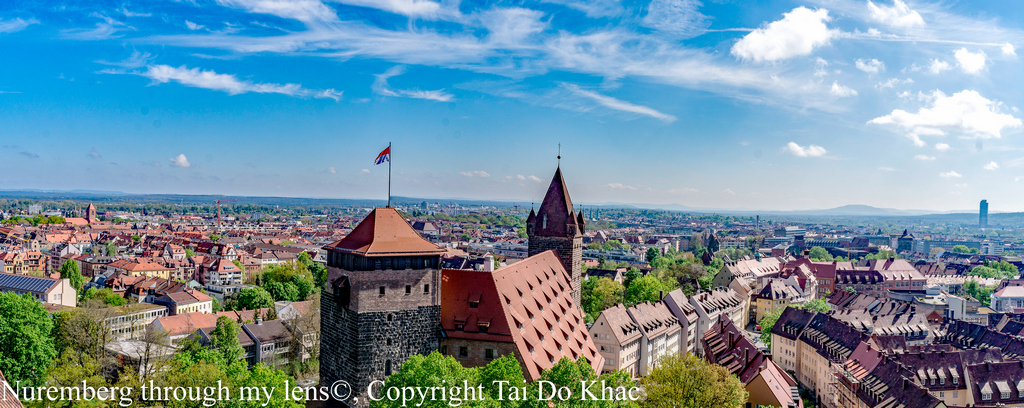Đây là lần thứ năm tôi trở lại Nürnberg. Lần đầu tiên tôi tới là năm 1976 , không như mọi lần trước lần nầy tôi đặt phòng ở Imperial Castle of Nuremberg . Toà nhà nầy ngày xưa là kho lương thực , bây giờ được sửa sang thành khách sạn , youth Hostelling International , nằm rất trung tâm , từ đó đi xuống chợ và những địa điểm tham quan rất tiện .
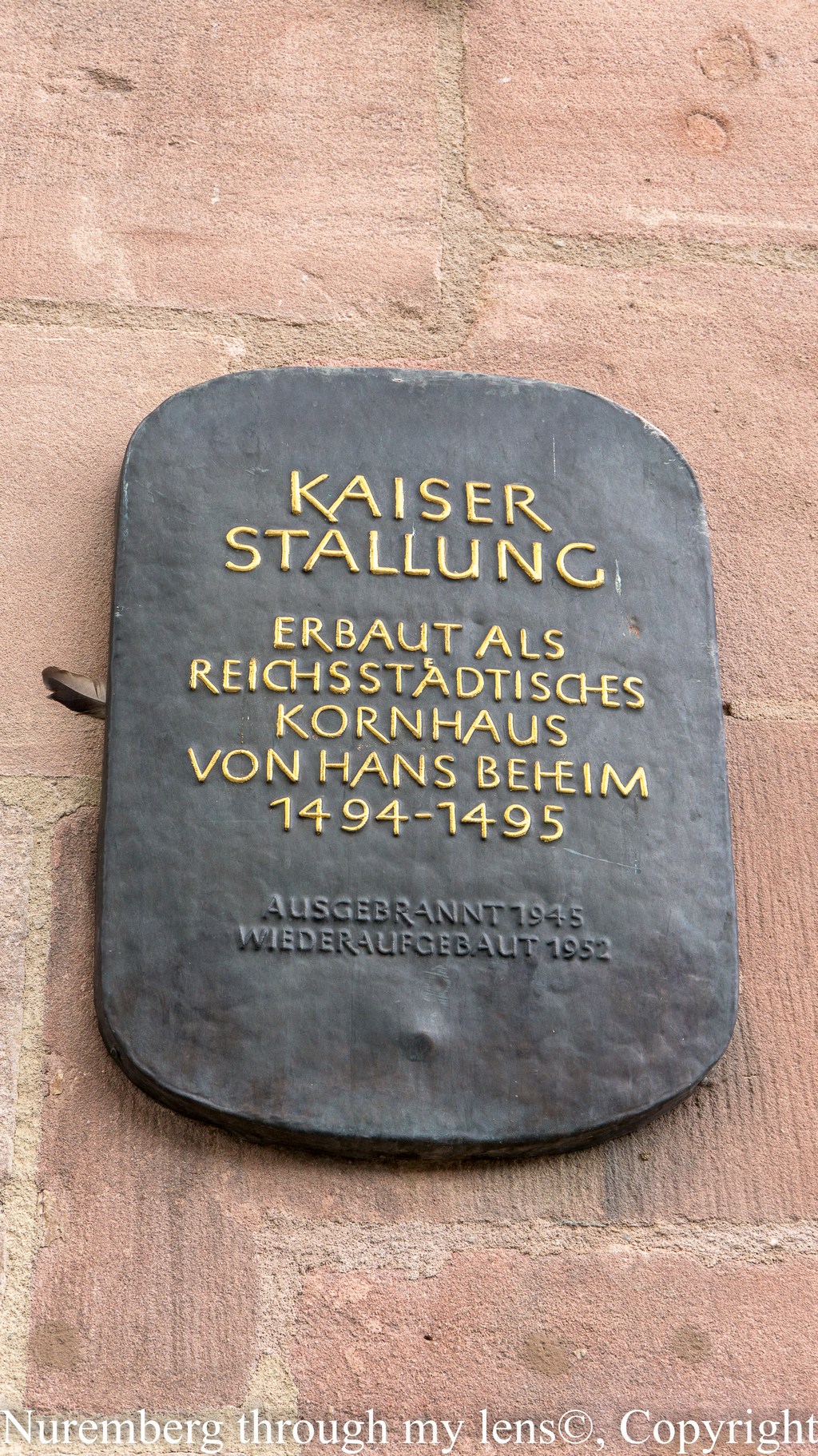
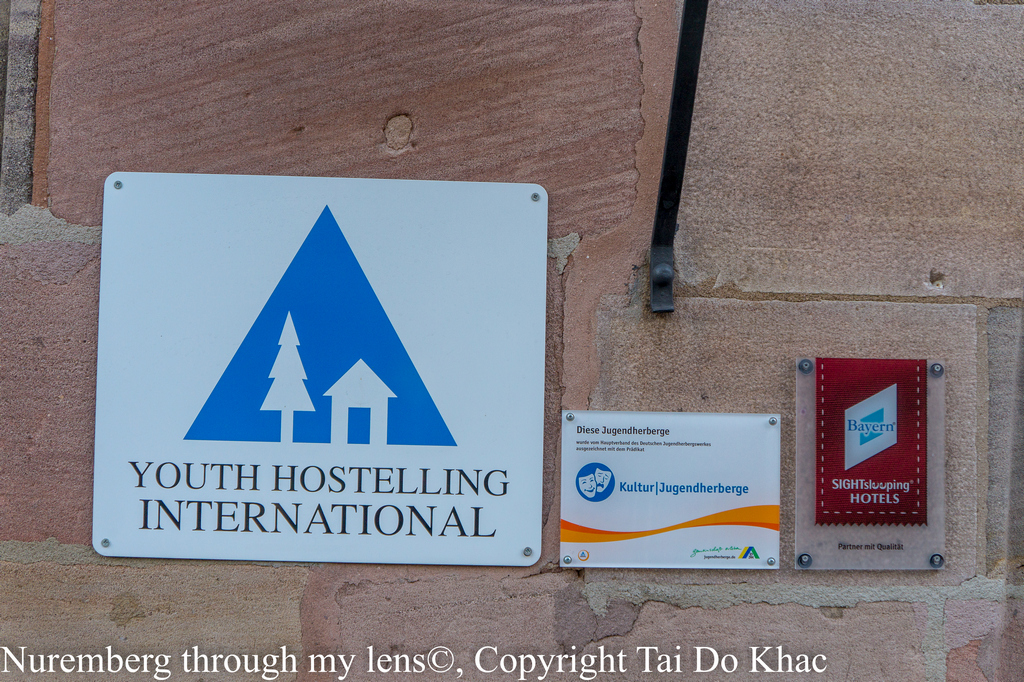
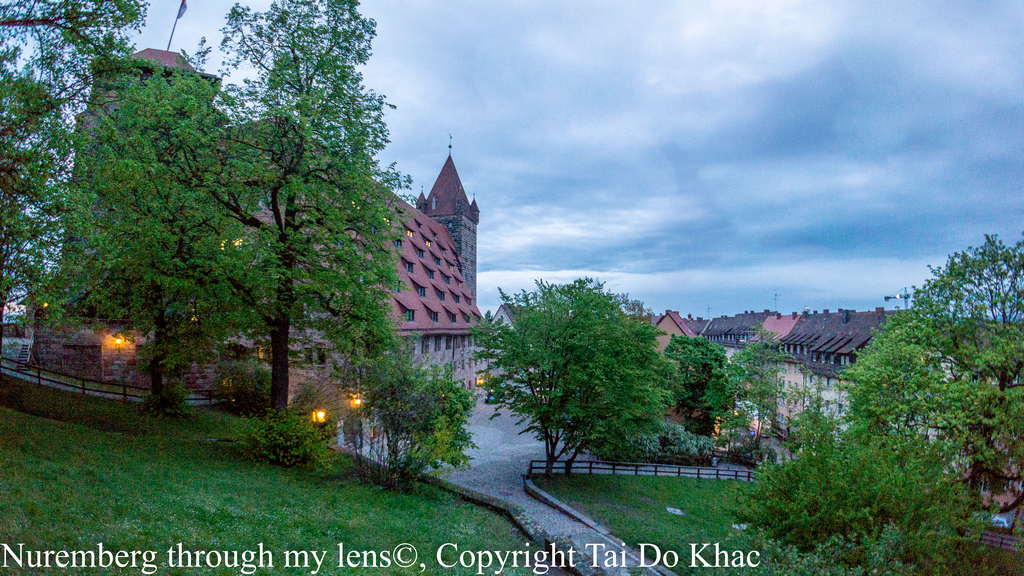
This is my fifth time returning to Nuremberg. The first time I visited was in 1976, unlike every time before this time I booked a room at the Imperial Castle of Nuremberg. This old building was a food warehouse, now converted into a hotel, youth hostelling International, located very central, from which to go down the market and the attractions are very convenient.
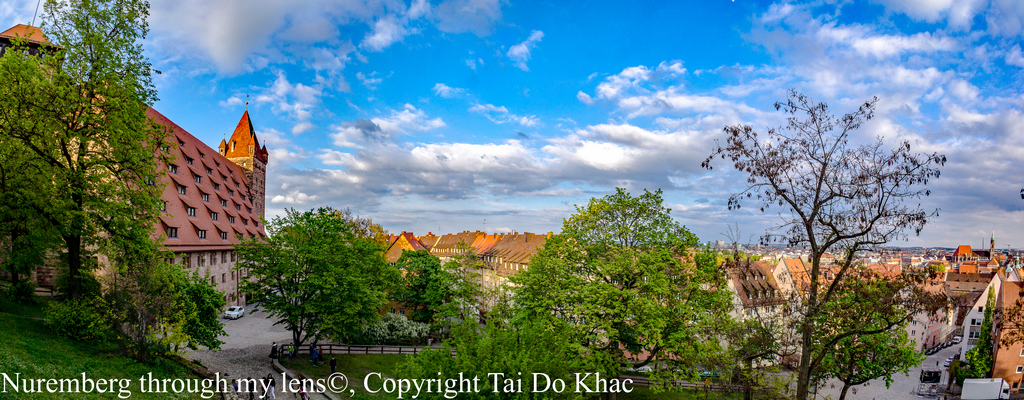
Phòng ăn , Dining room
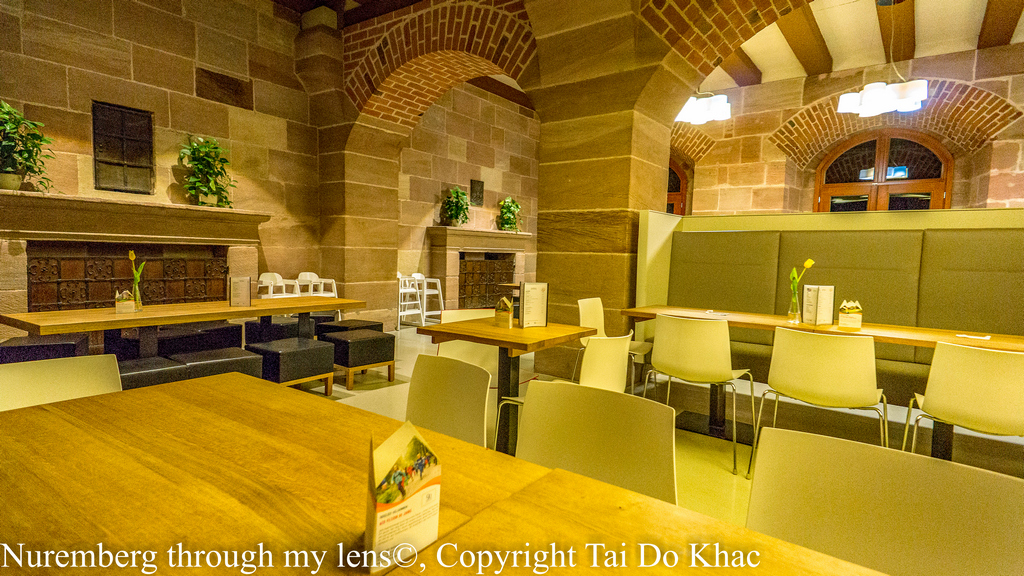
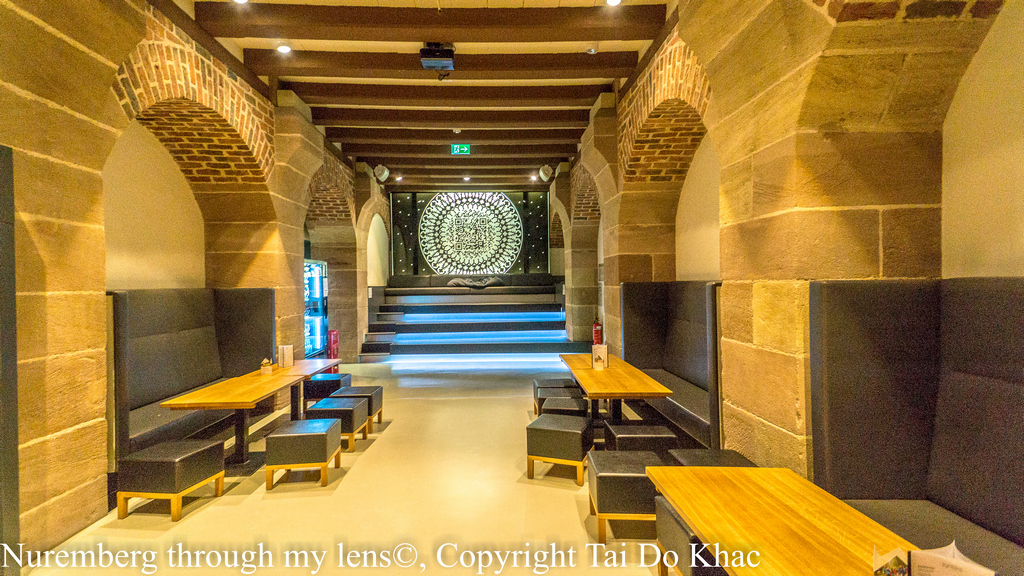
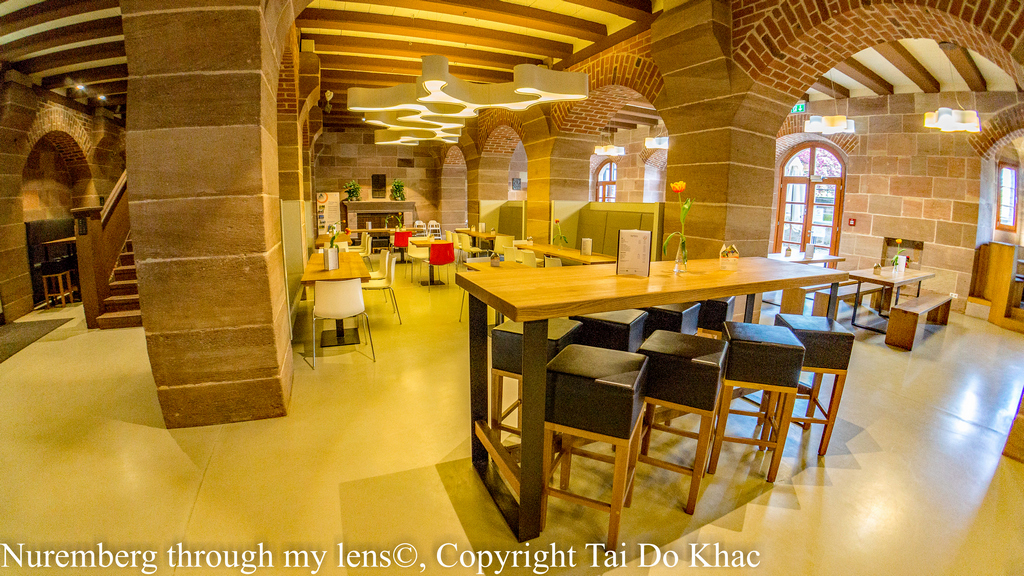
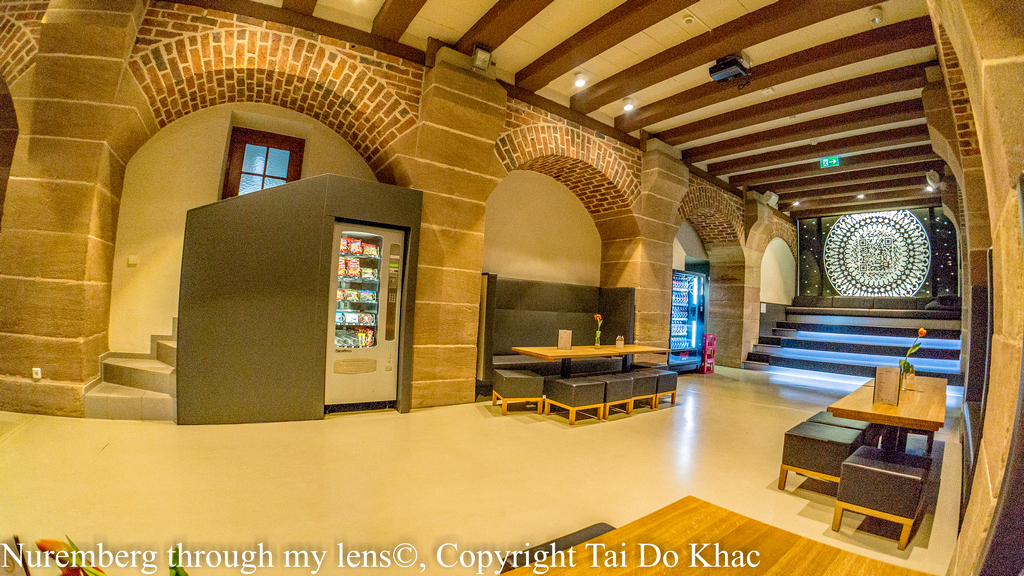
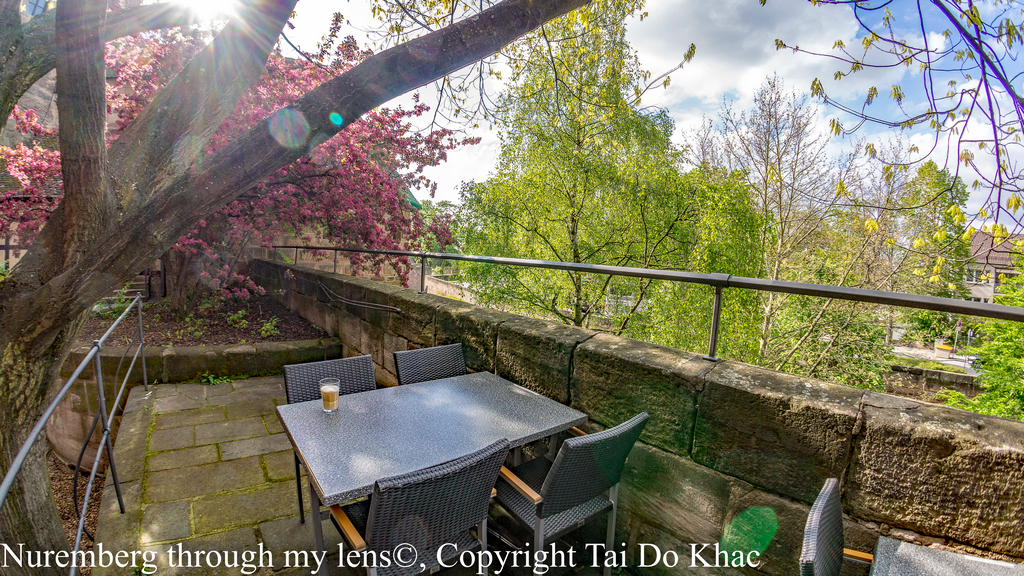
Phòng ngủ , Bedroom
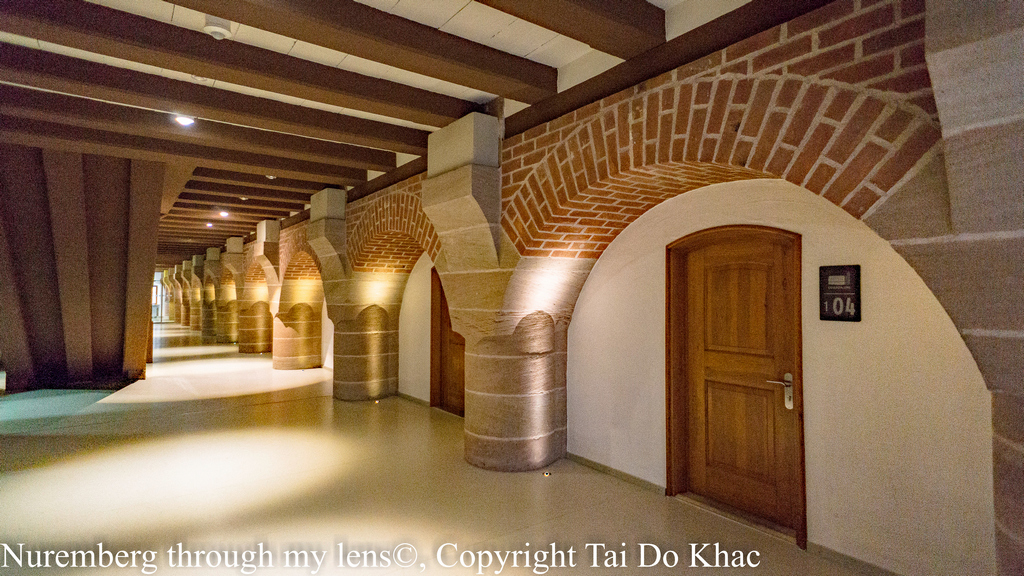
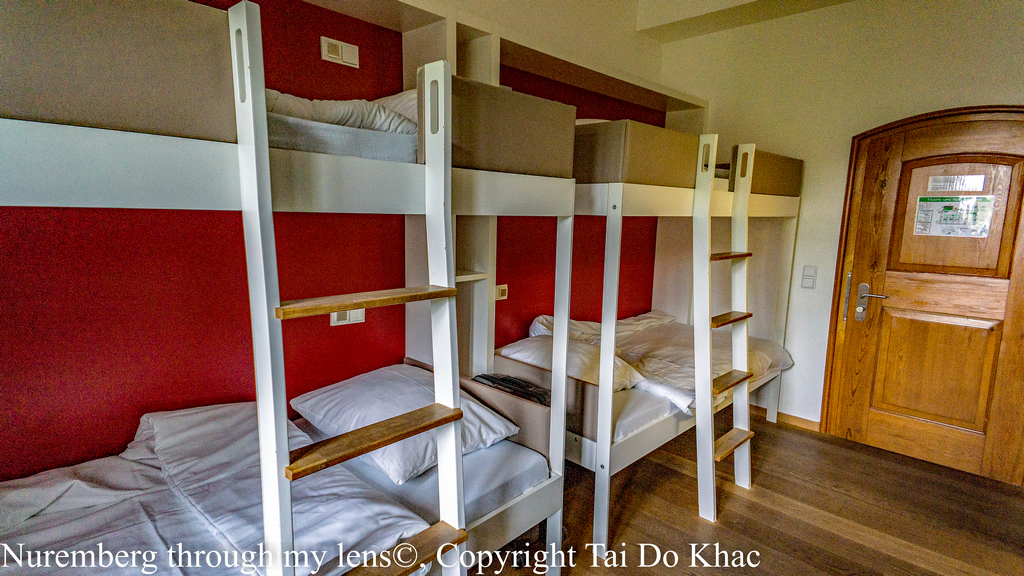
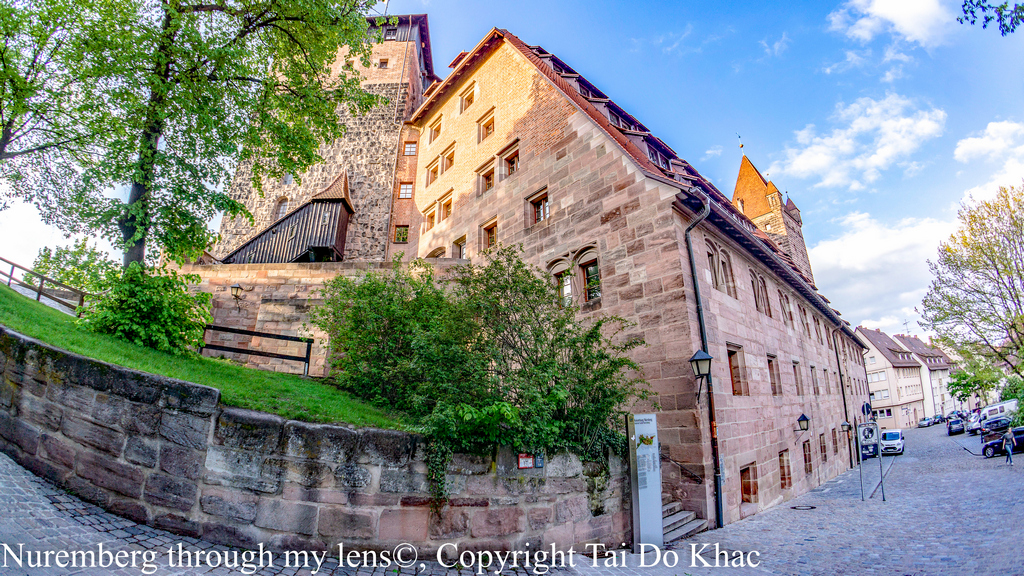
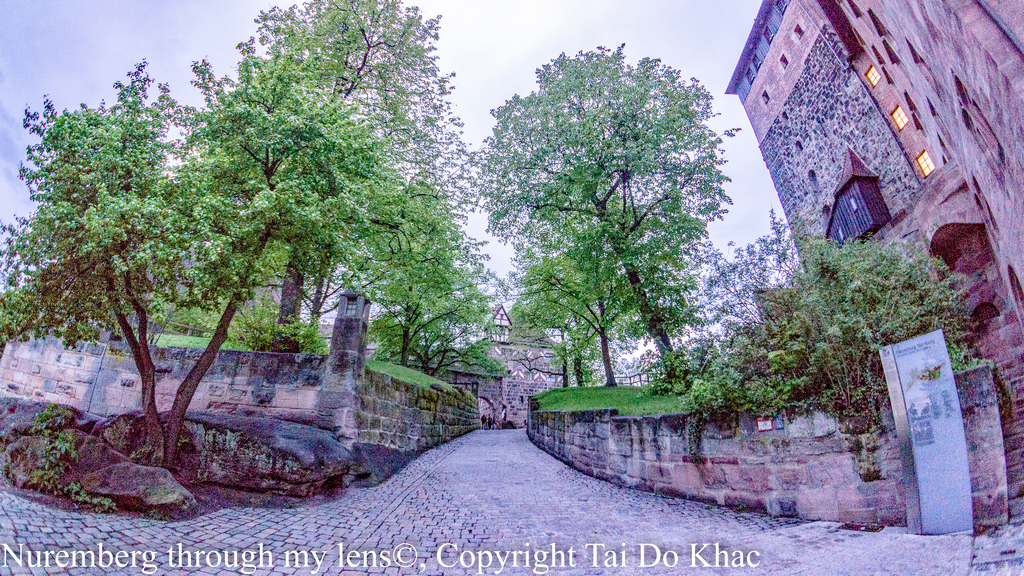
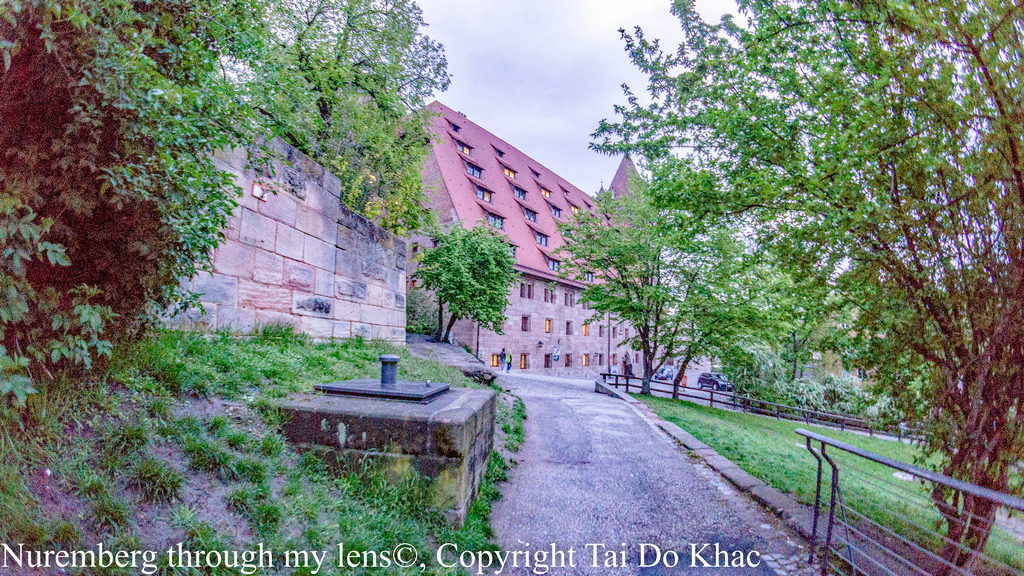
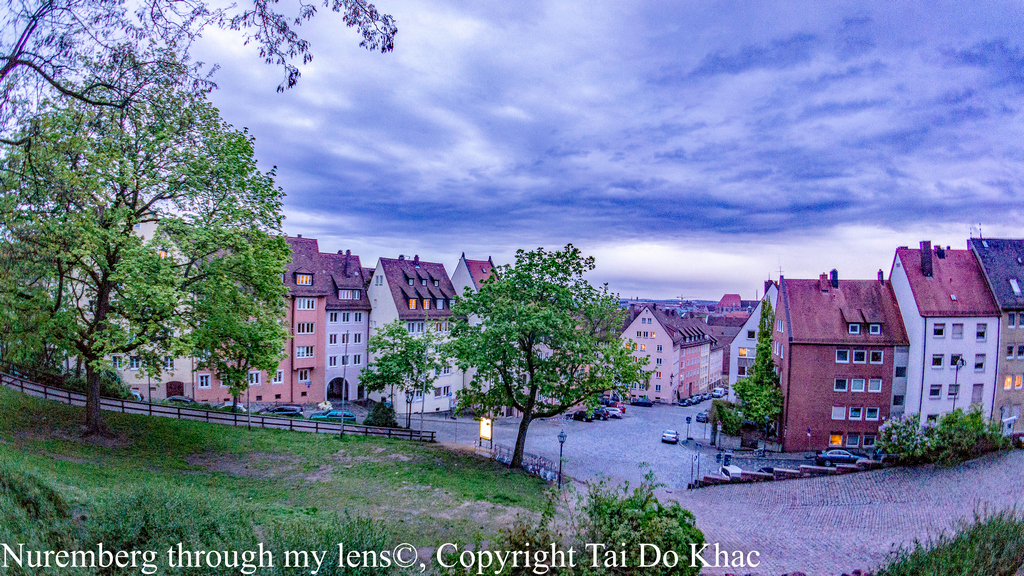
nắng chiều , sunny afternoon
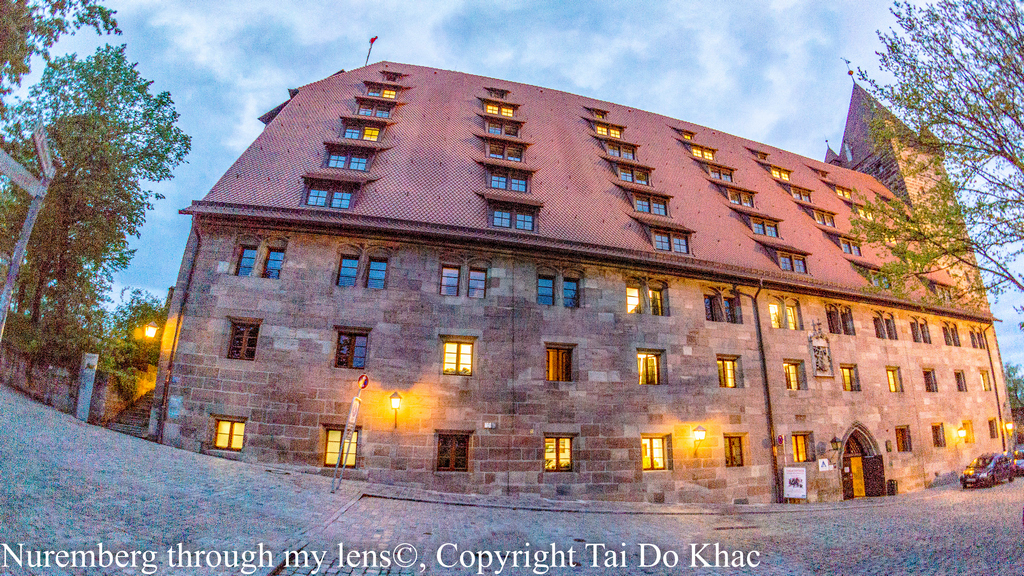
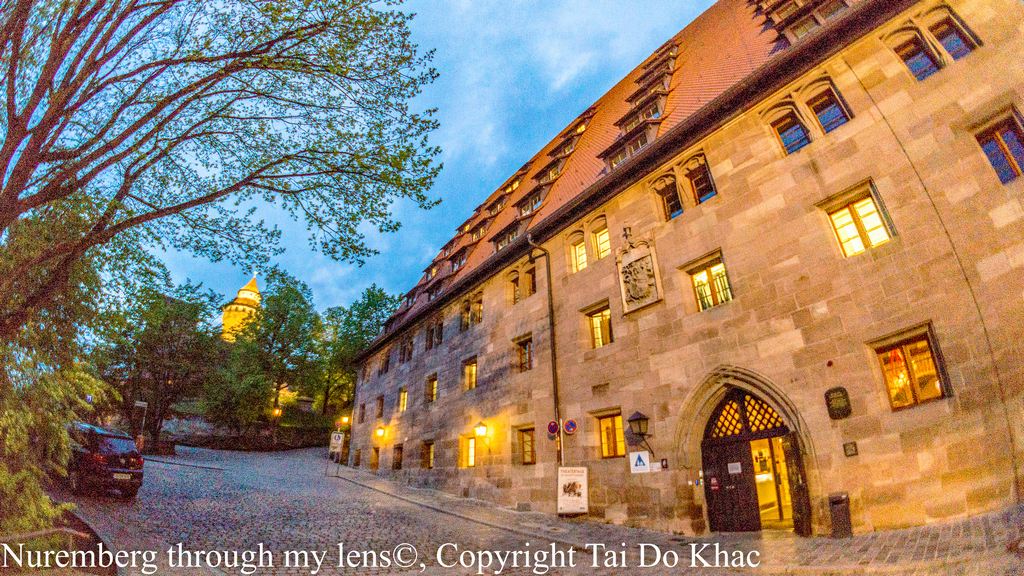
St. Lorenz (St. Lawrence) is a medieval church of the former free imperial city of Nuremberg in southern Germany. It is dedicated to Saint Lawrence. The church was badly damaged during the Second World War and later restored. It is one of the most prominent churches of the Evangelical Lutheran Church in Bavaria.
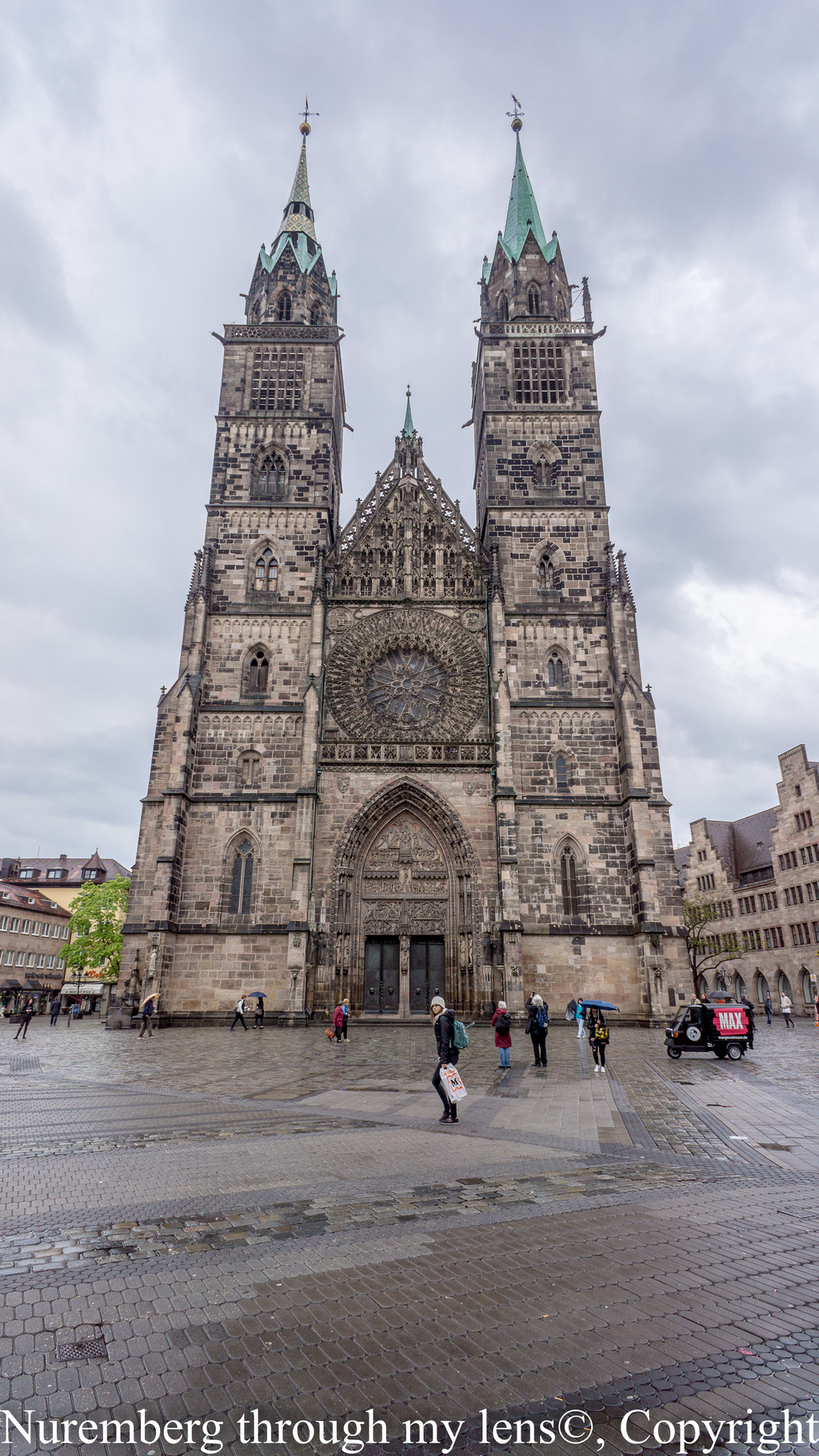
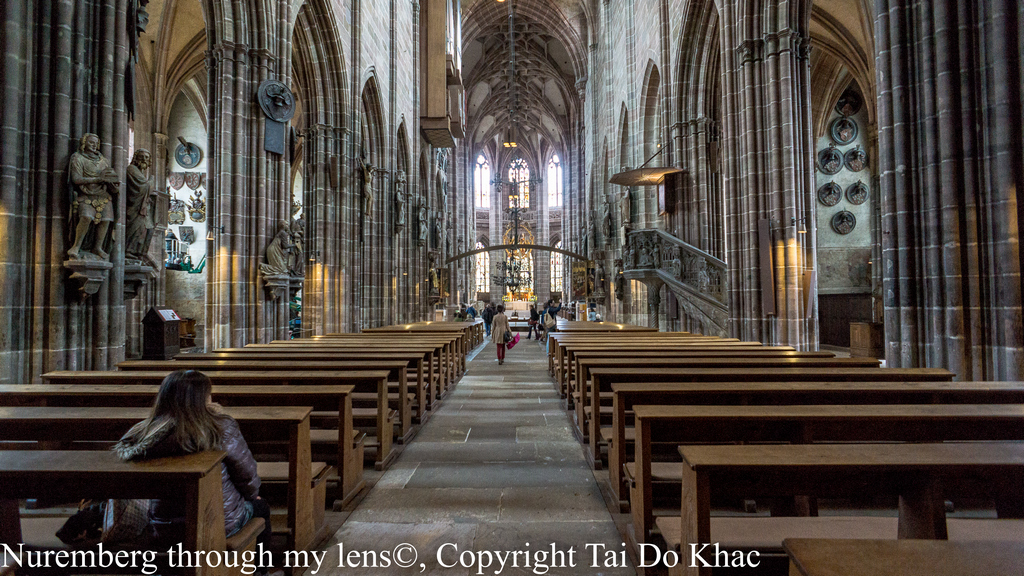
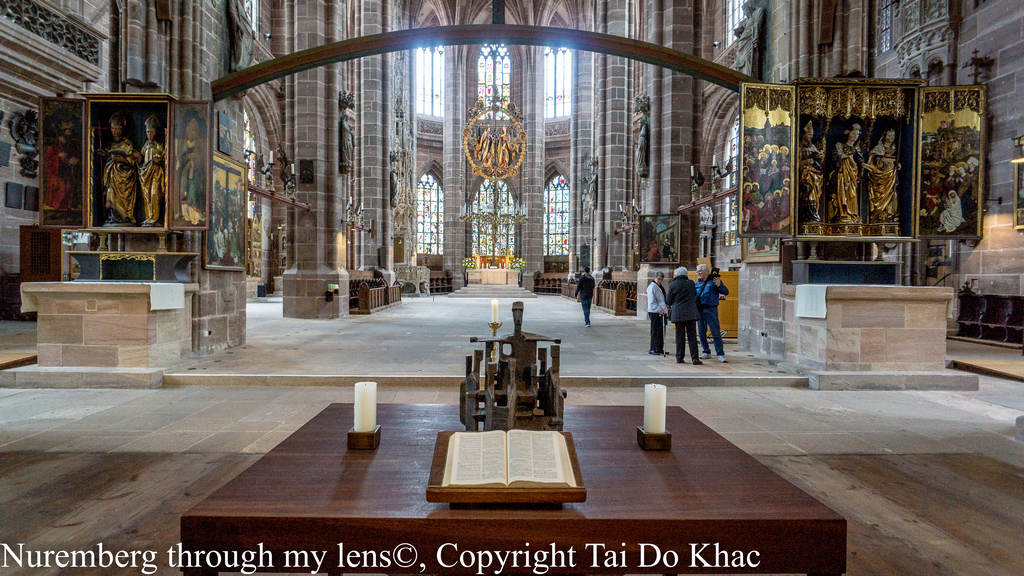
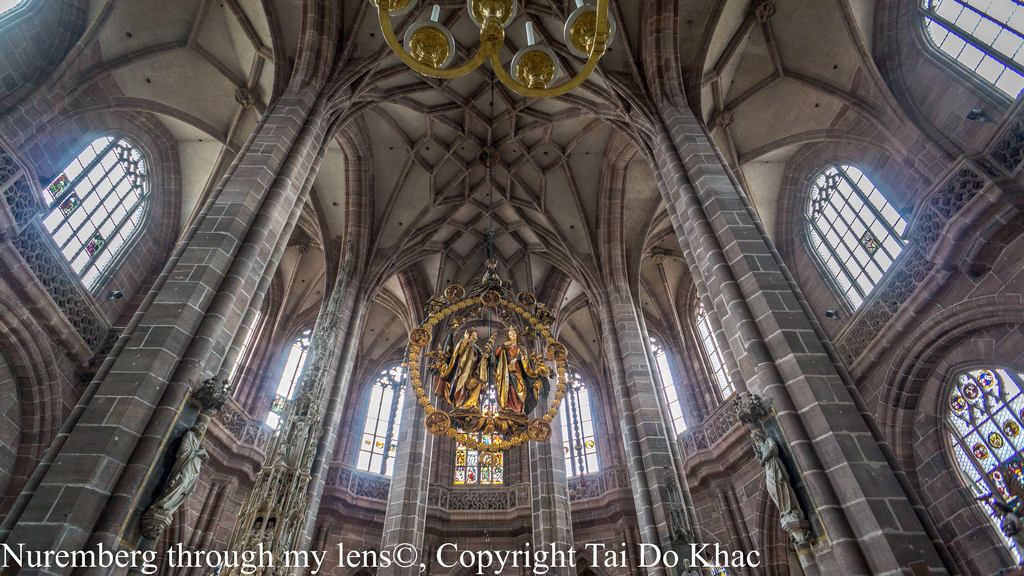
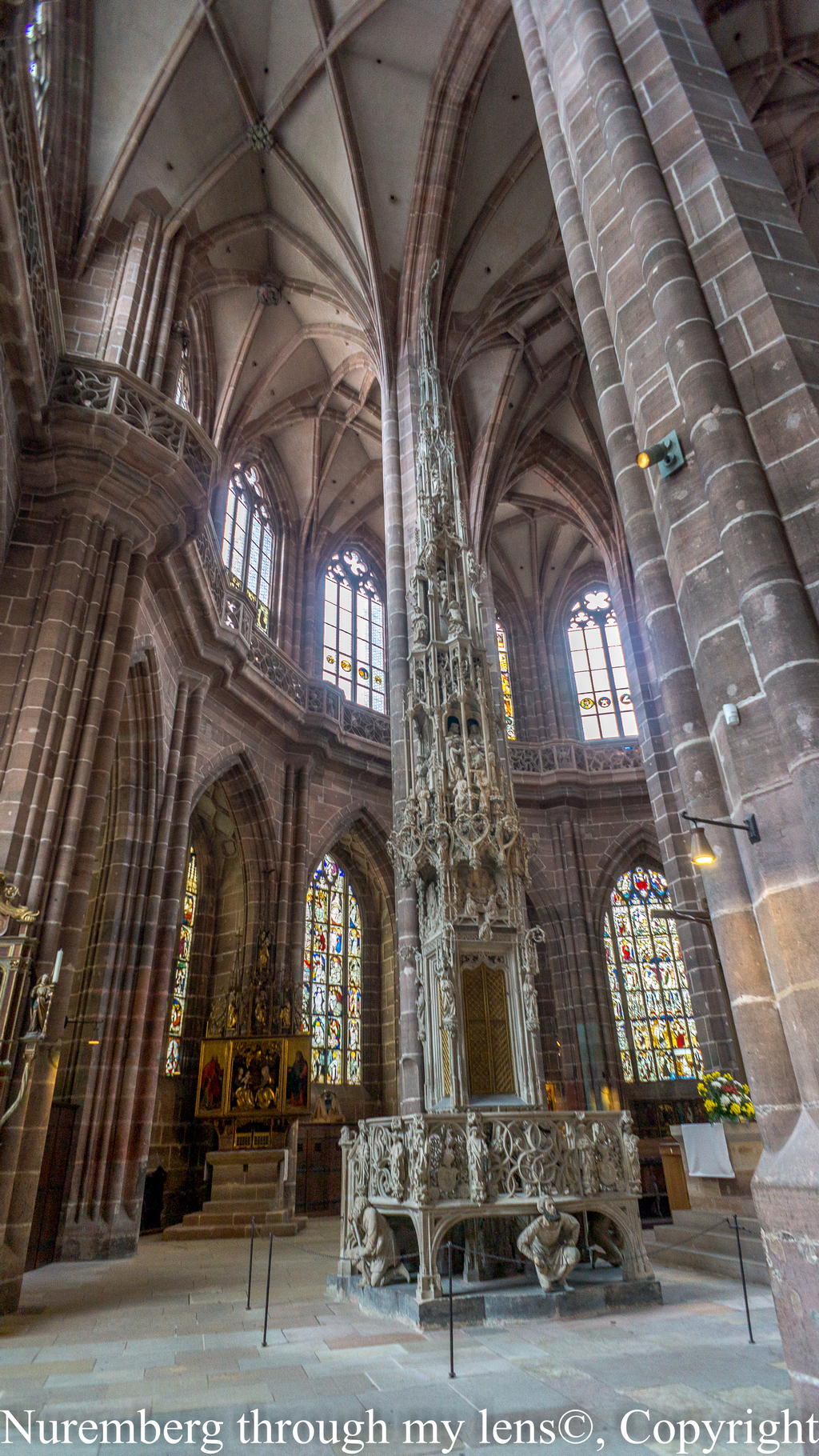
The nave of the church was completed by around 1400. In 1439, work began on the choir in the form of a hall church in the late German Sondergotik style of Gothic architecture. The choir was largely completed by 1477 by Konrad Roriczer,[1] although Jakob Grimm completed the intricate vaults.
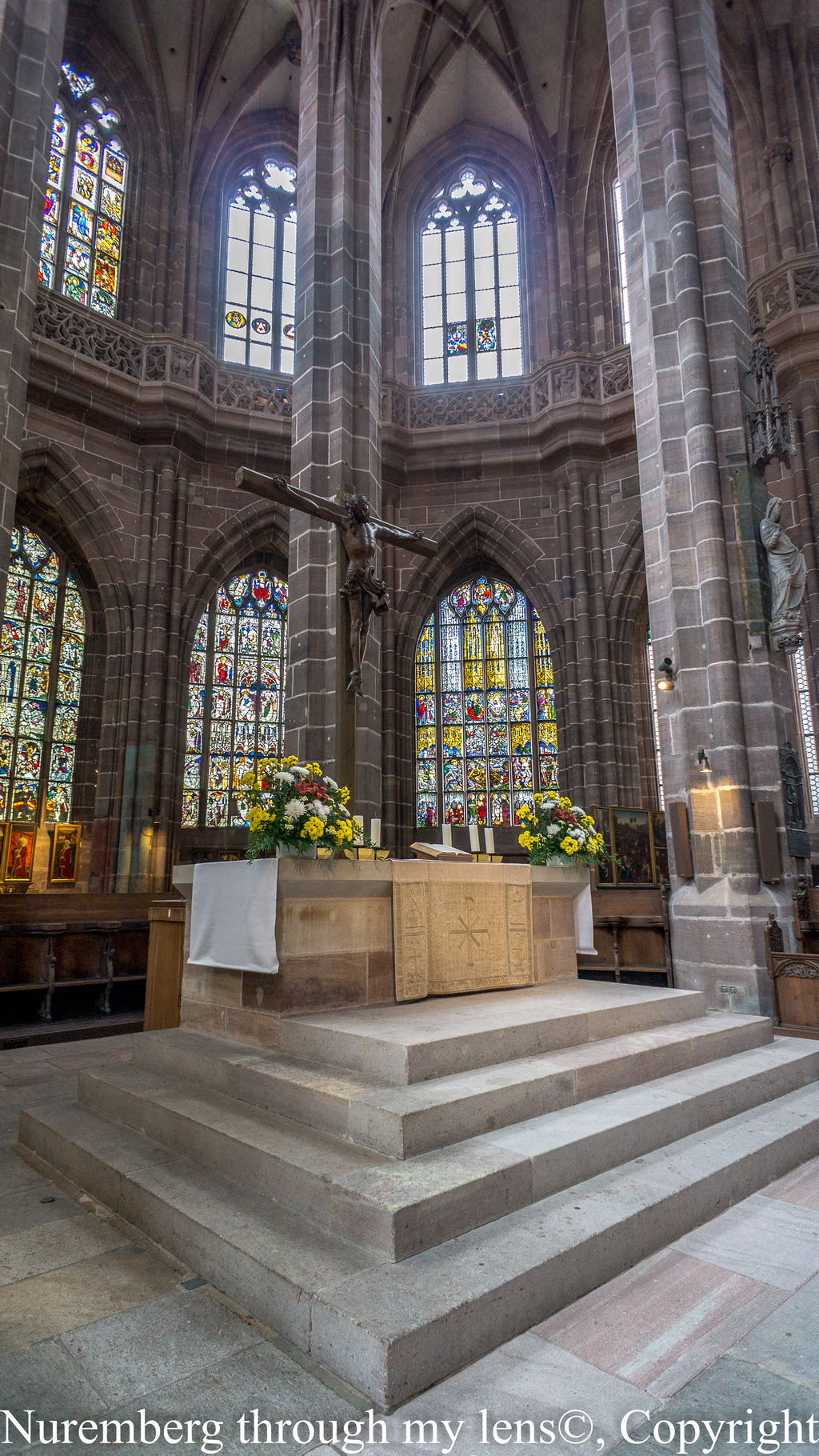
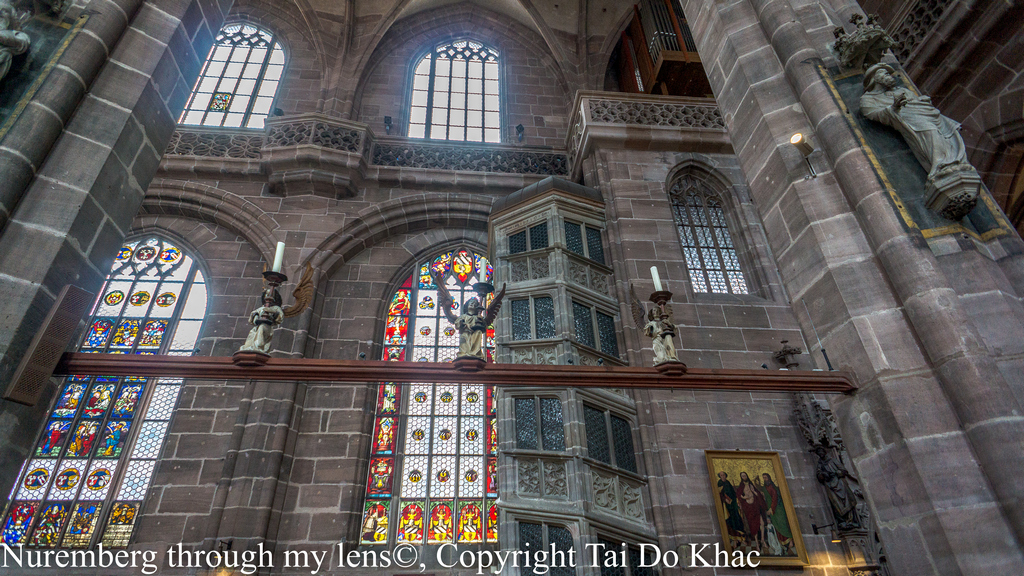
In the choir one can find the carving of the Angelic Salutation by Veit Stoss, and the monumental tabernacle by Adam Kraft. The latter includes a prominent figure of the sculptor himself.
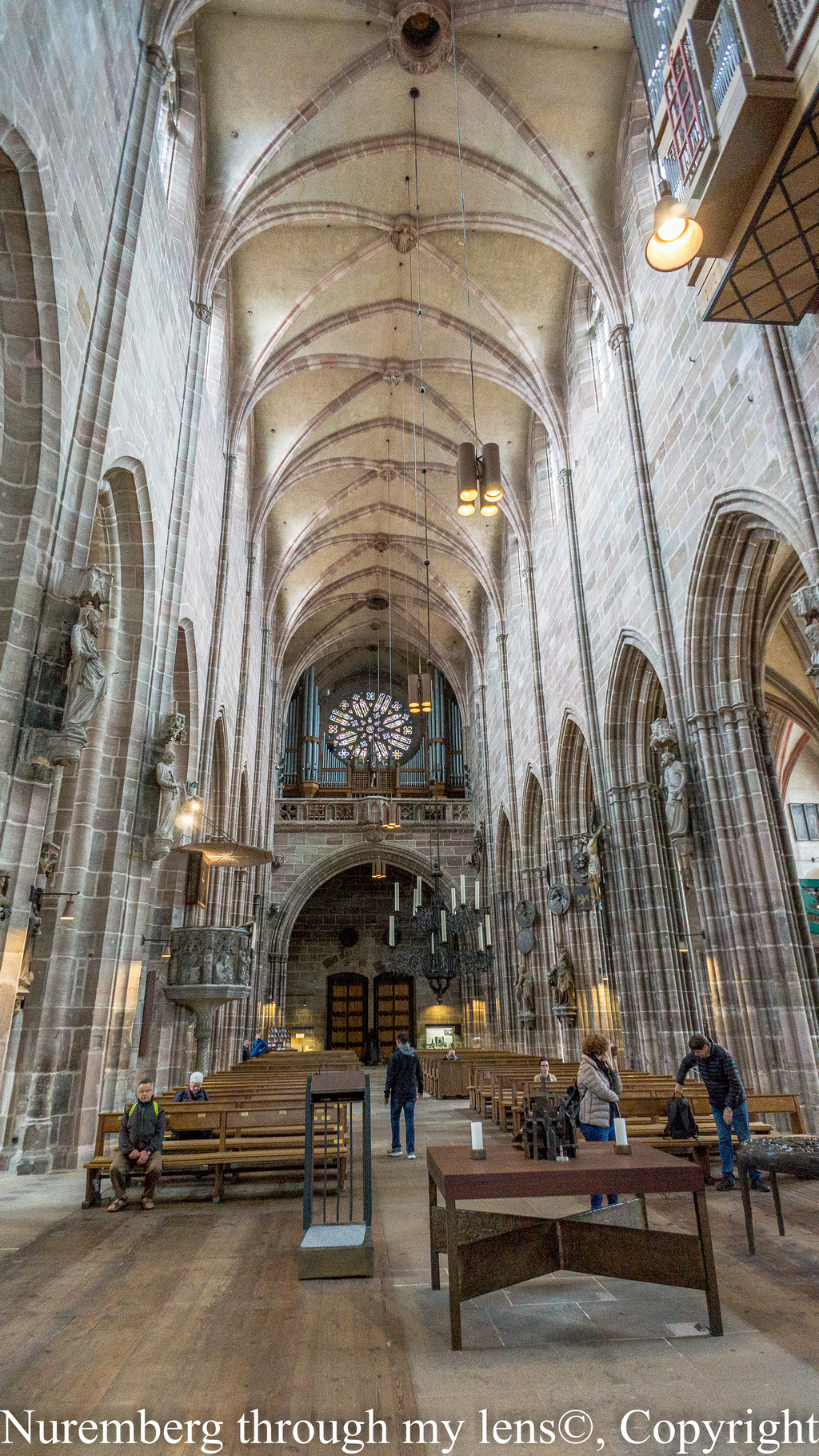
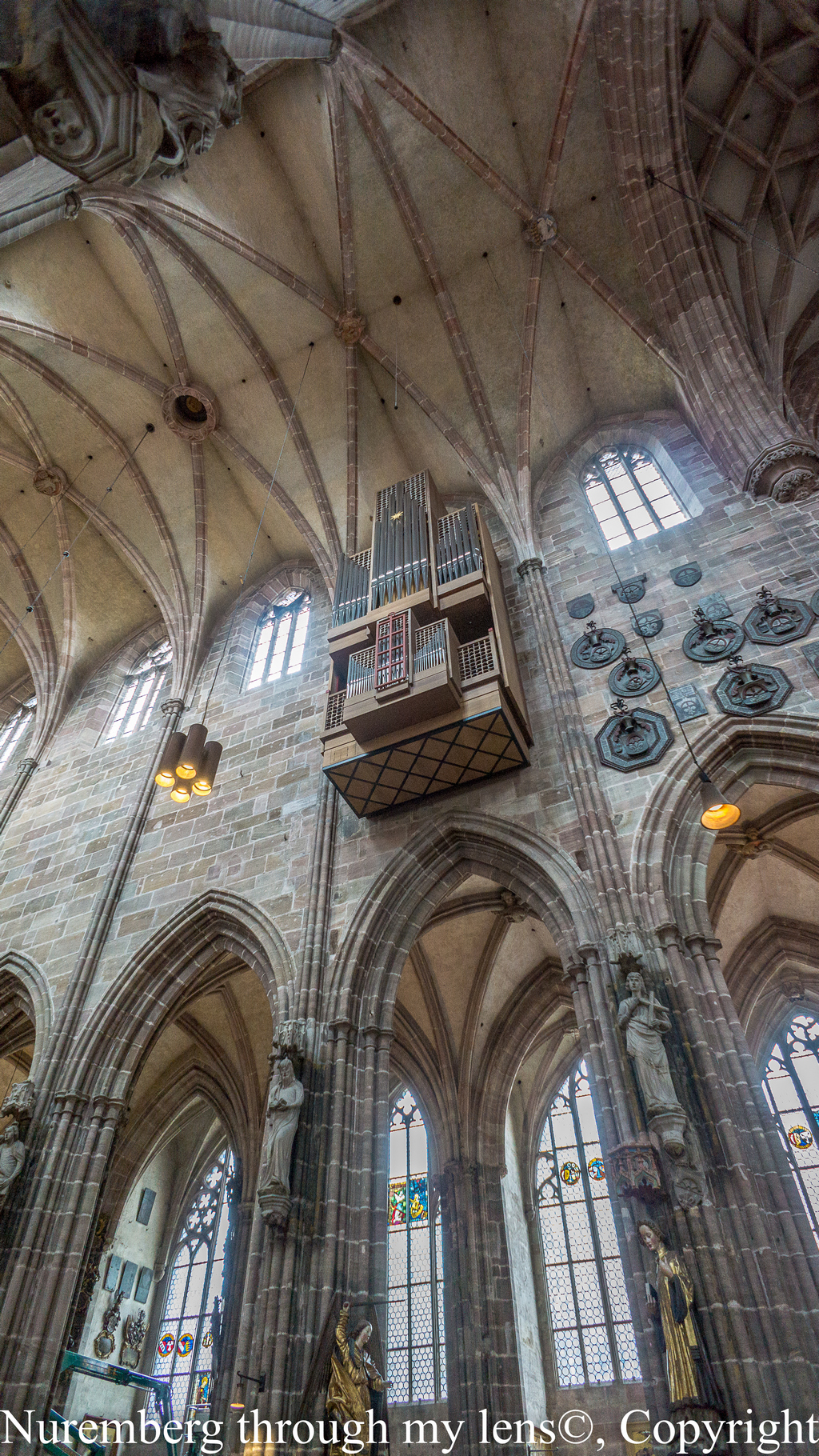
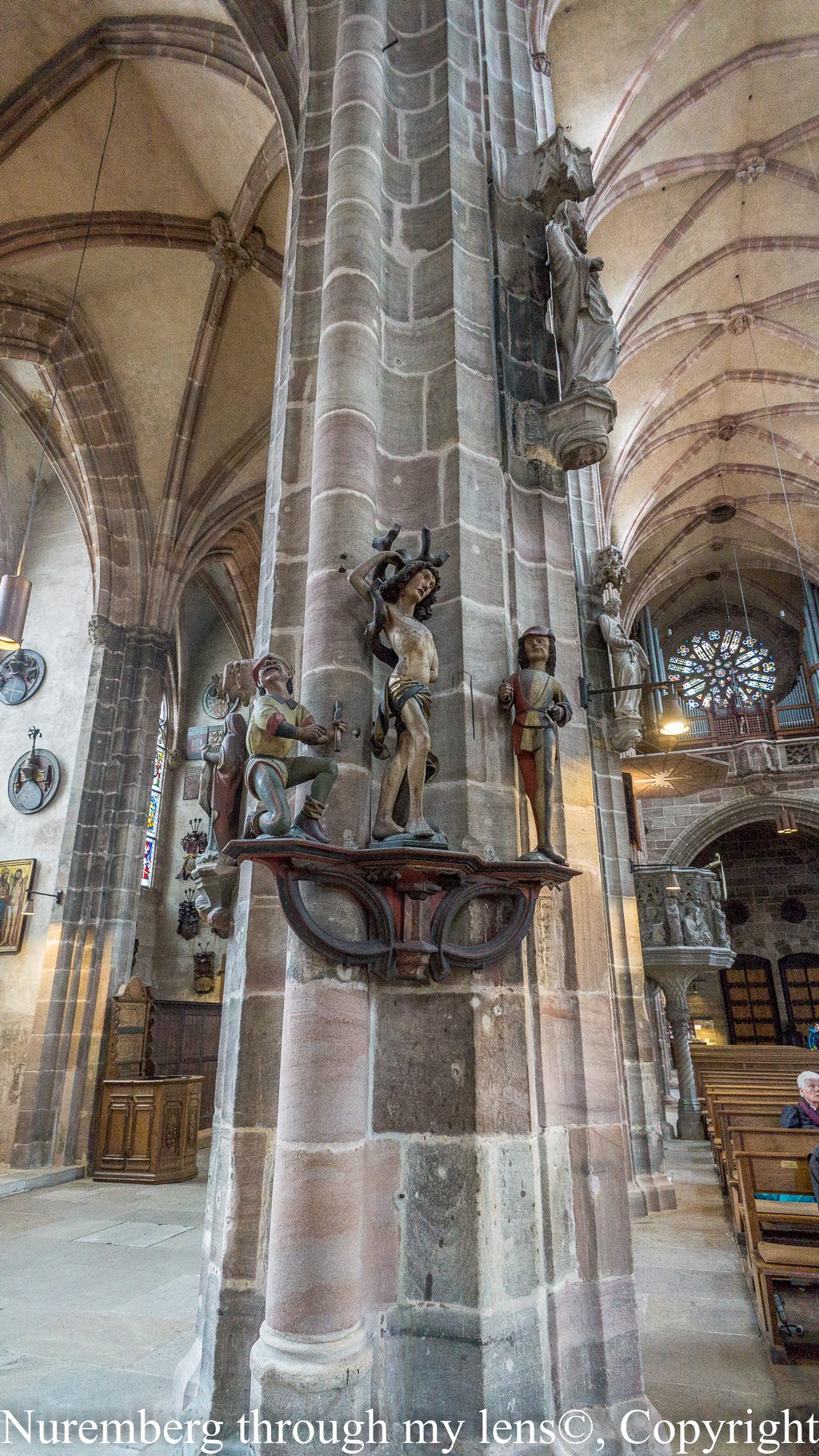

Die Nürnberger Bratwurst ist eine Spezialität der fränkischen Metropole. Behringer’s Bratwursthäusle, das urige Restaurant am Fuß des Burgbergs, ist für Einheimische wie für Besucher längst schon zu einer Institution in Sachen fränkischer Küche geworden.

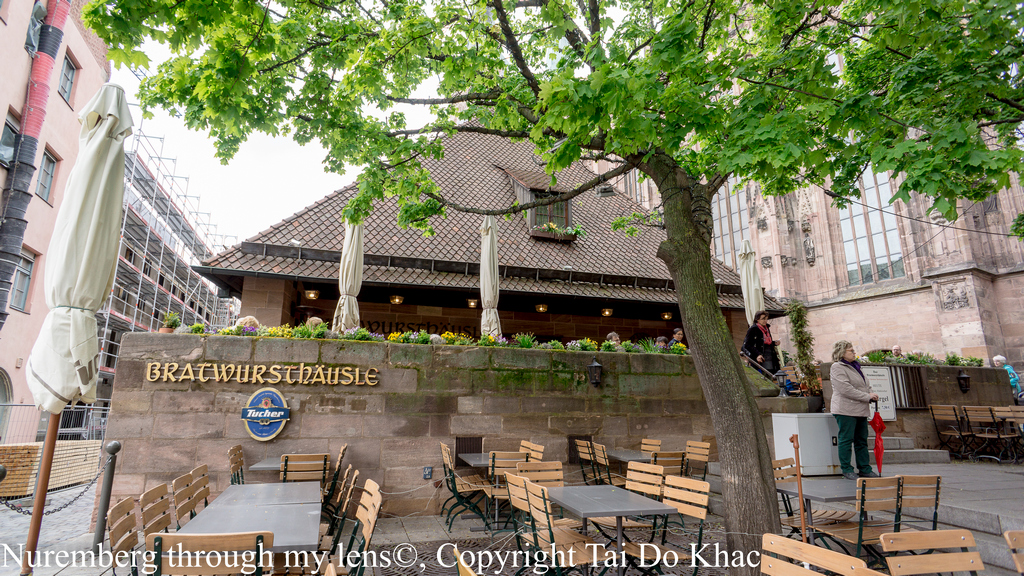
The Nuremberg Bratwurst is a specialty of the Franconian metropolis. Behringer’s Bratwursthäusle, the rustic restaurant at the foot of the Burgberg, has already become an institution in Franconian cuisine for both locals and visitors alike.
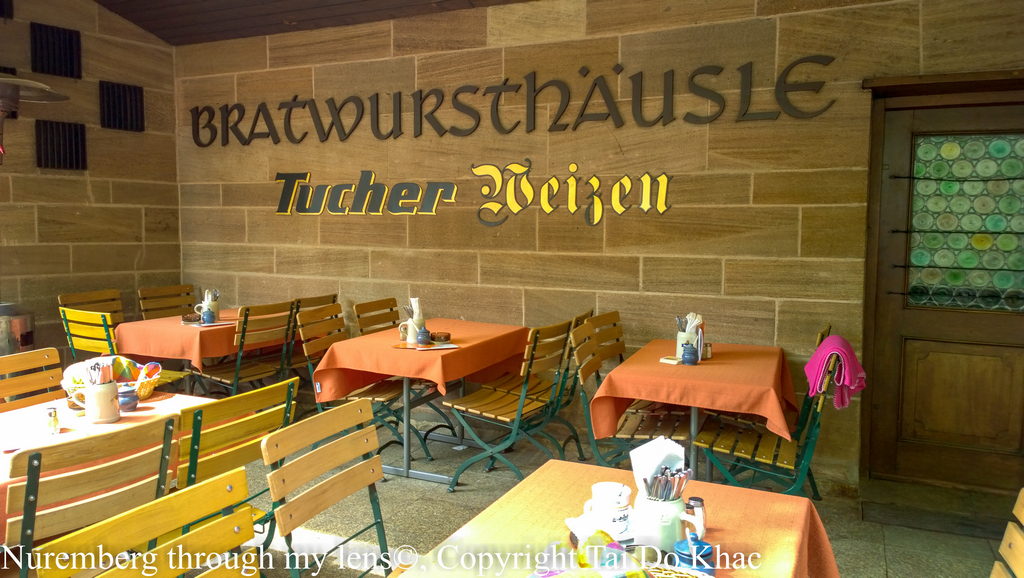
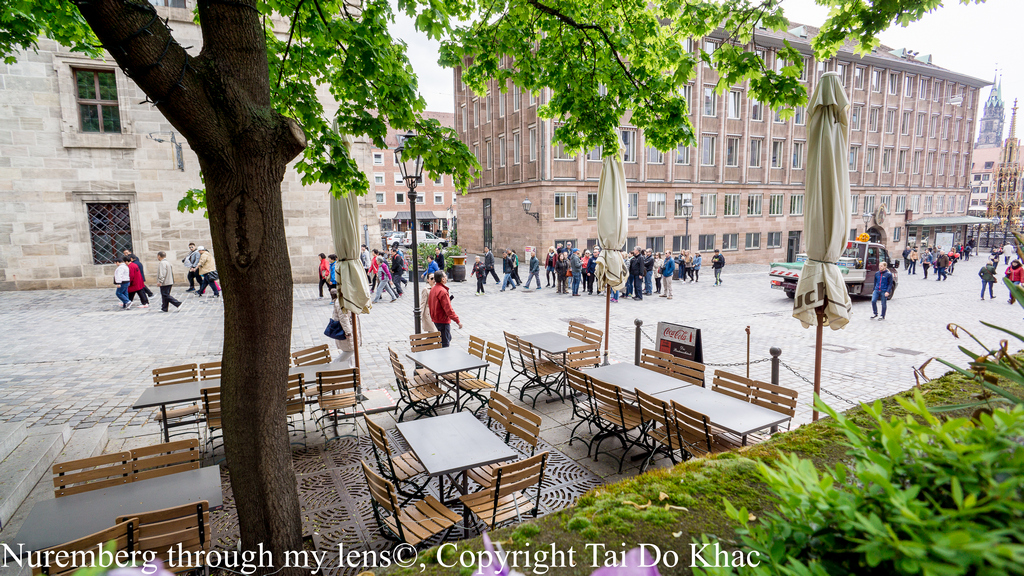
Ein kleines Häuschen, das linker Hand zwischen Hauptmarkt und Kaiserburg liegt. Im Schatten der Sebalduskirche werden hier seit 1313 die echten Nürnberger Rostbratwürste gegrillt. In der Mitte des Raumes, der auf gemütlich-rustikaler Art eingerichtet ist, wird die Spezialität auf offenem Buchenholzfeuer zubereitet.
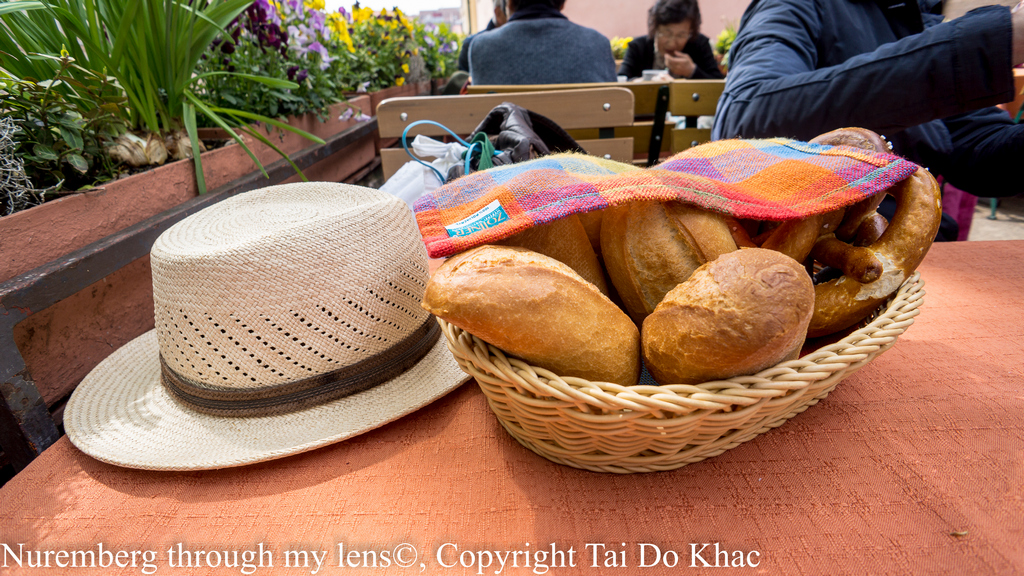
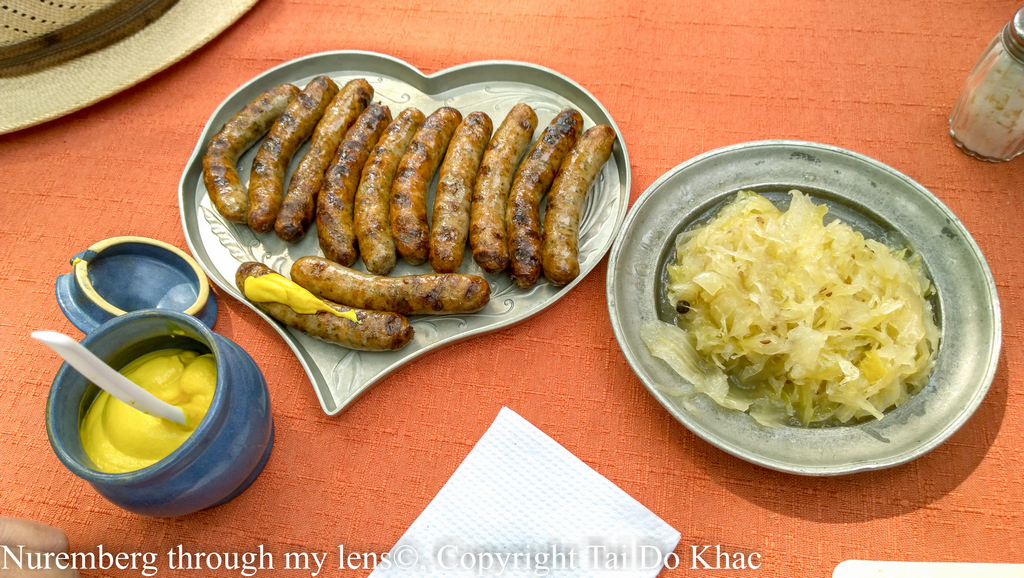
A small house, which is on the left hand between Hauptmarkt and Kaiserburg. In the shadow of the Sebalduskirche the genuine Nuremberg grilled sausages are grilled here since 1313. In the middle of the room, decorated in a cozy rustic style, the specialty is prepared on open beef fire.
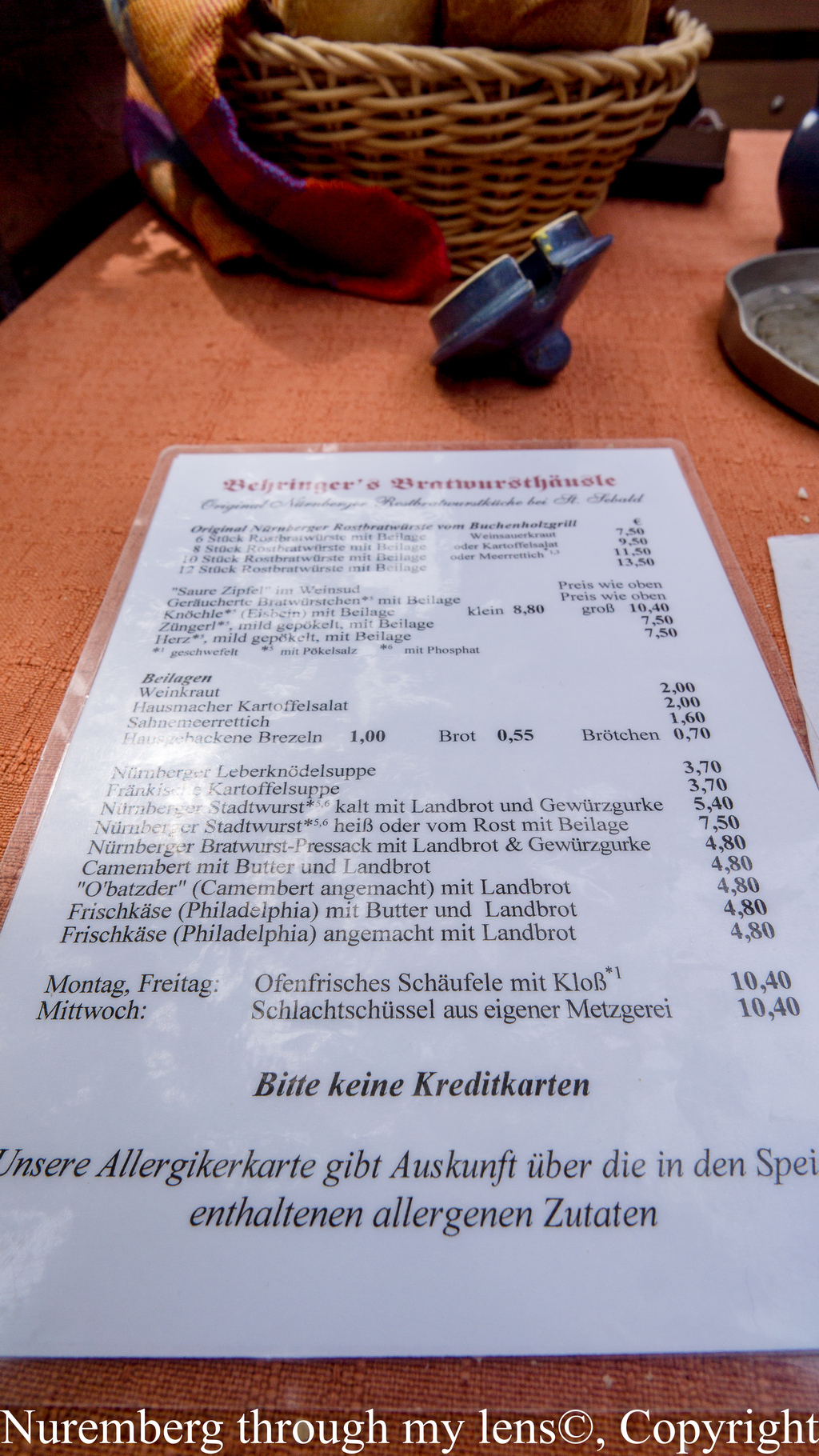
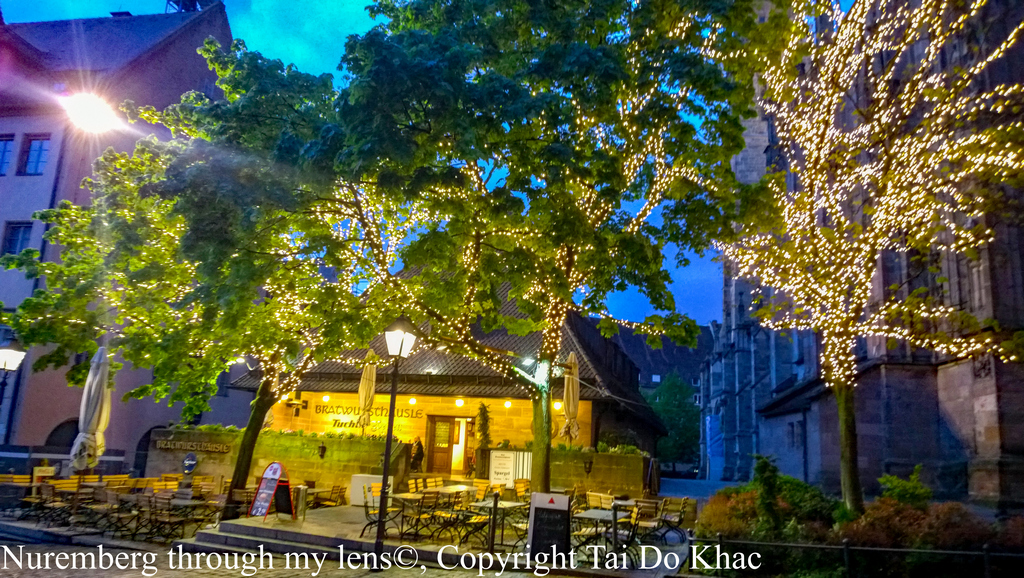
Nürnberger Wochenmärkte – Nuremberg weekly markets
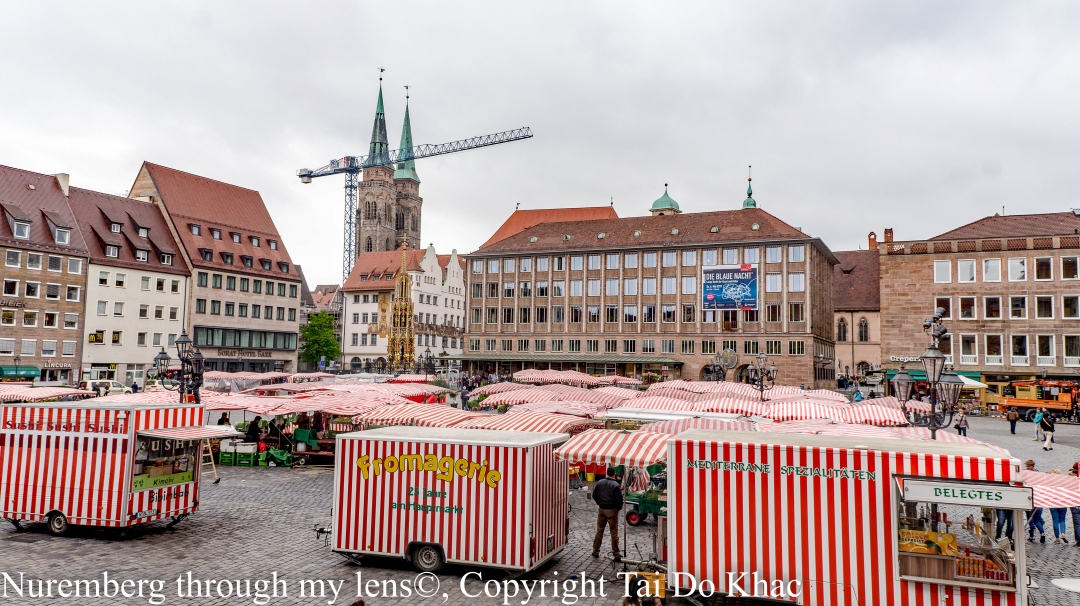
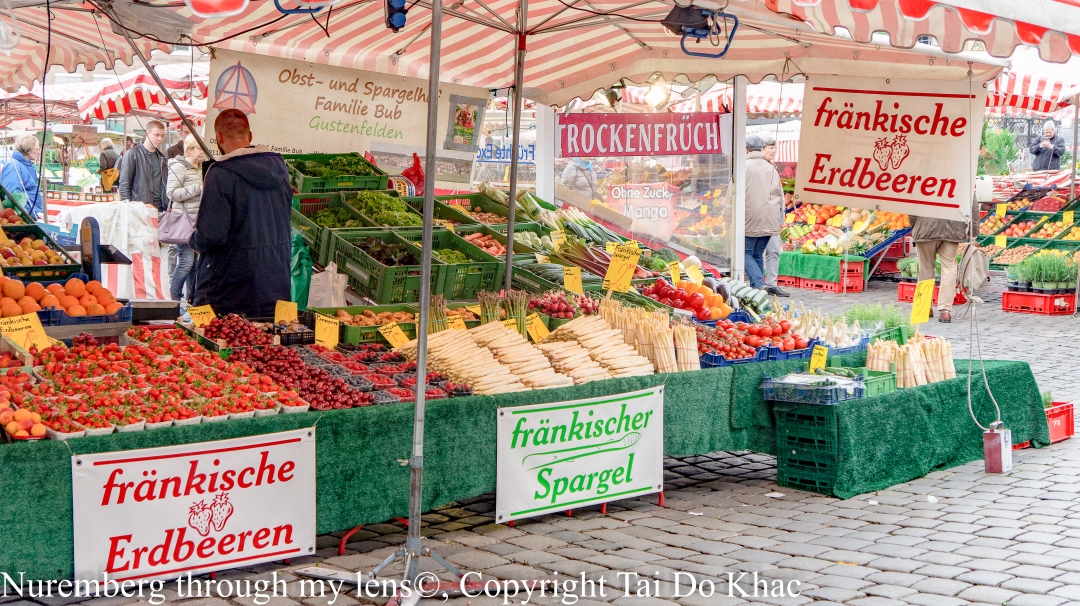
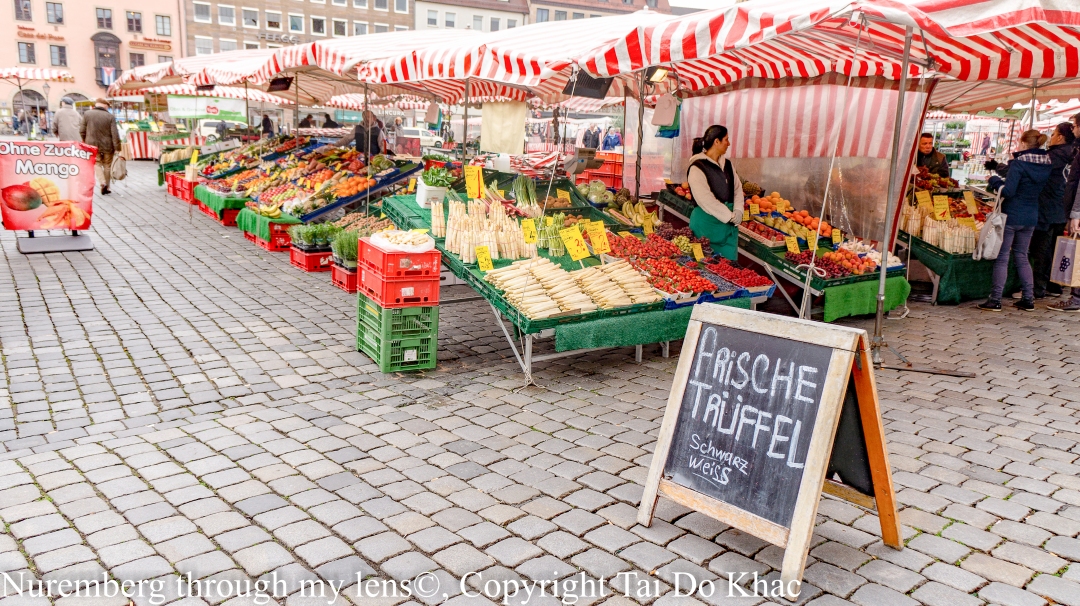
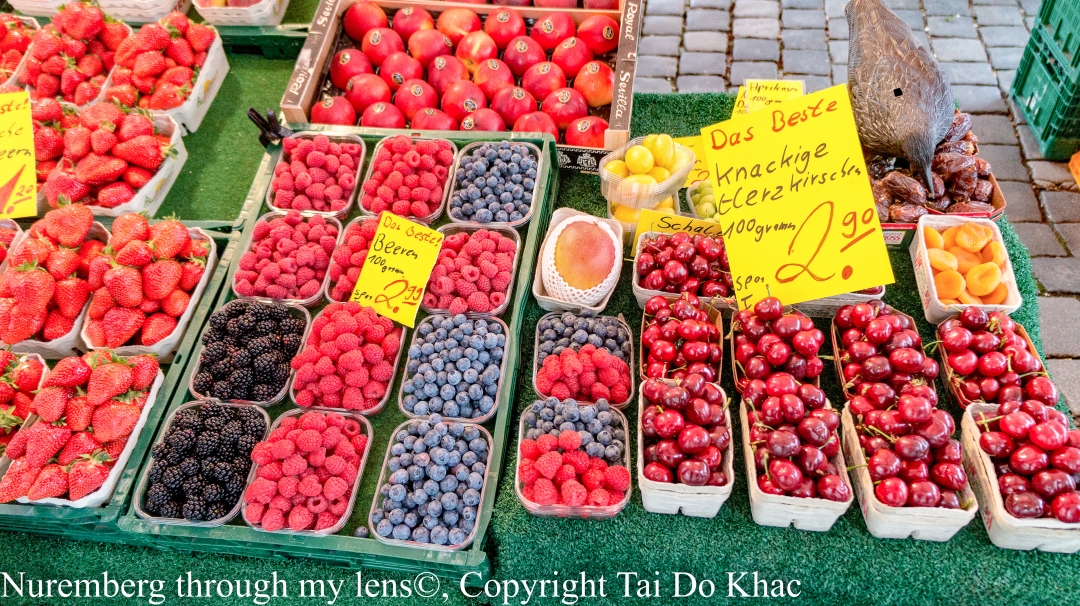
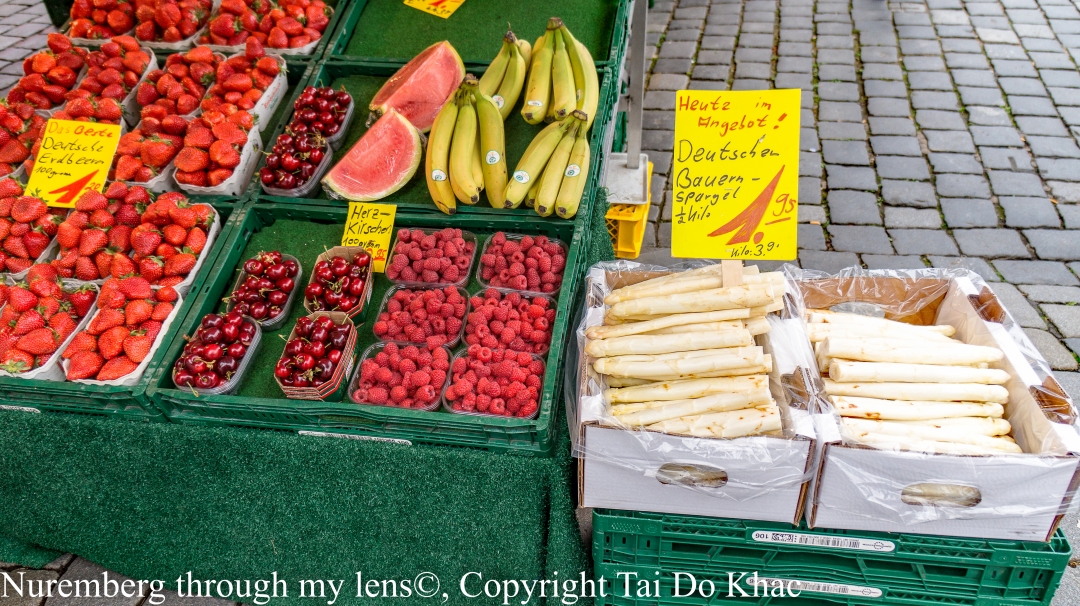
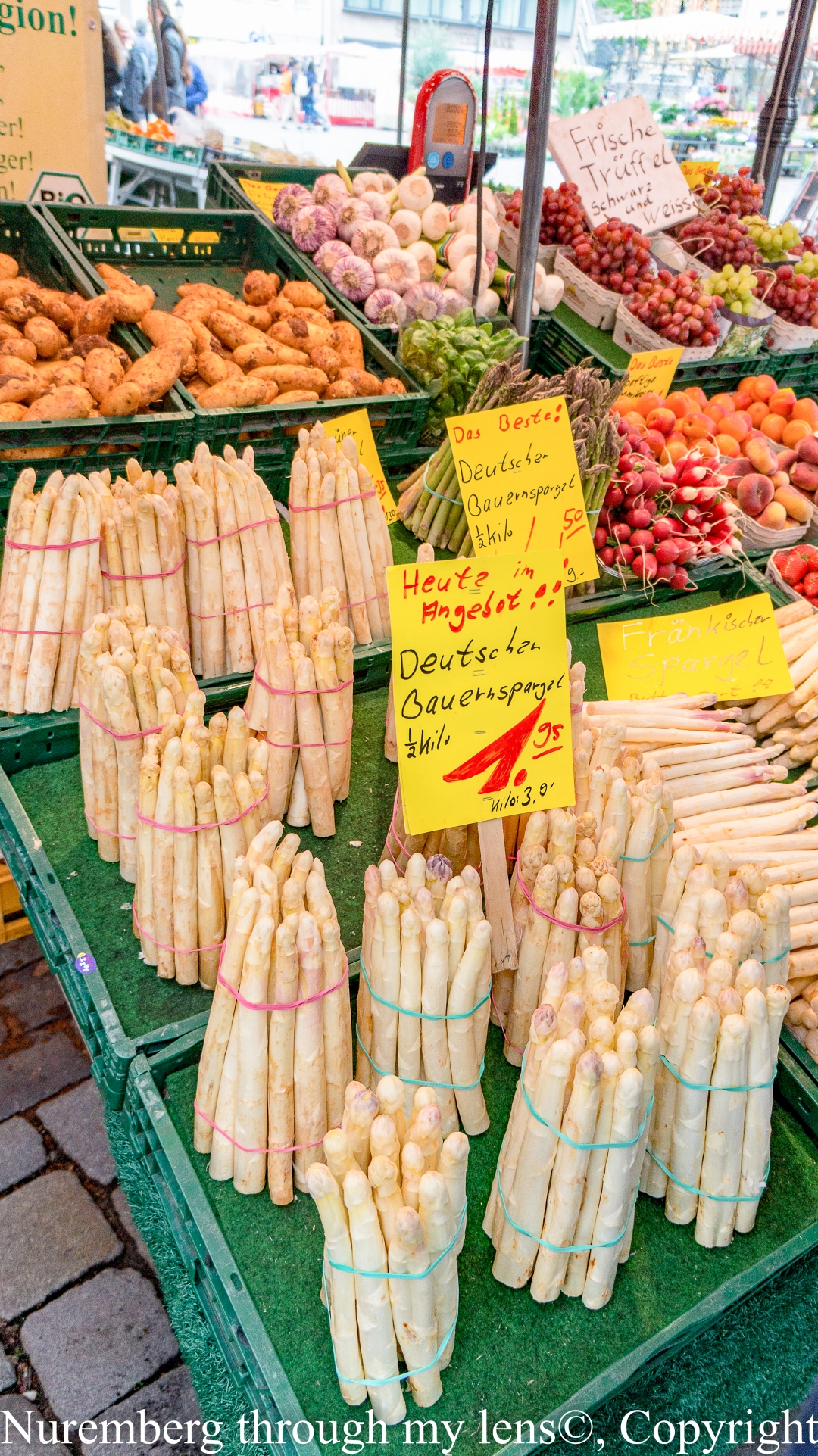
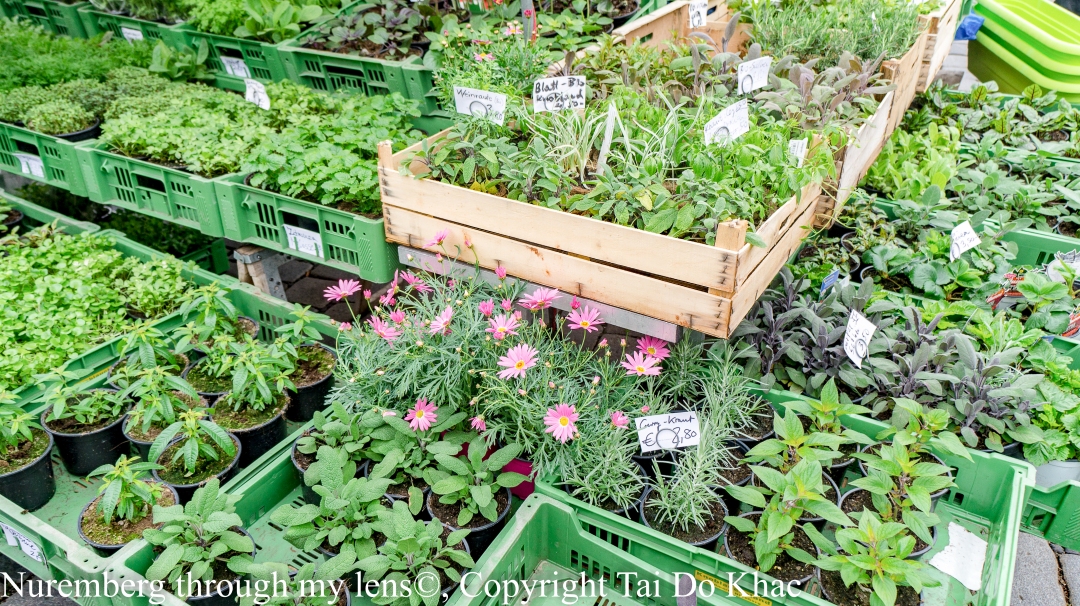
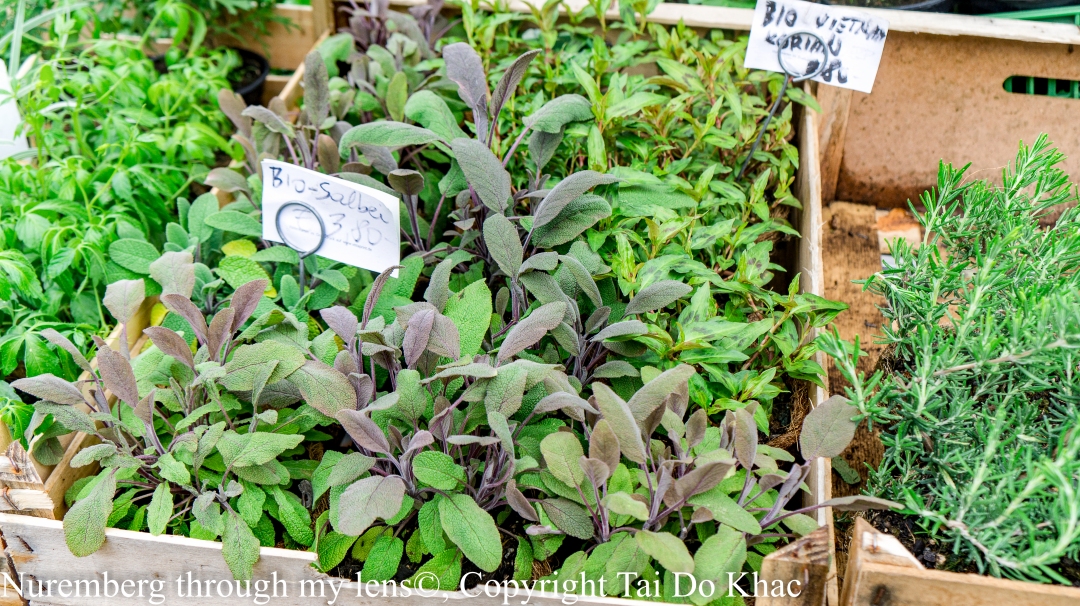
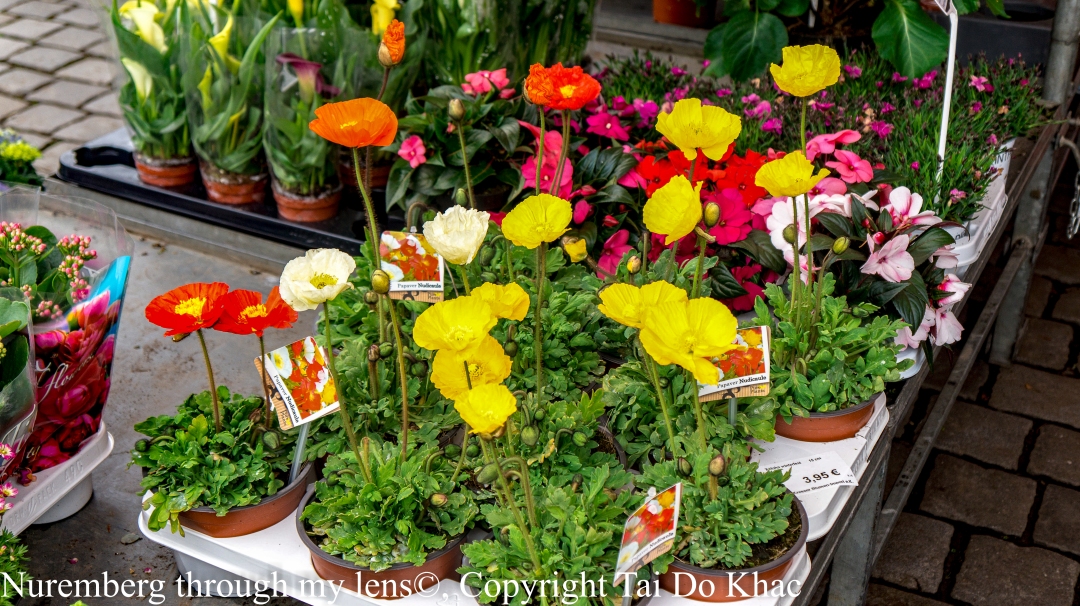
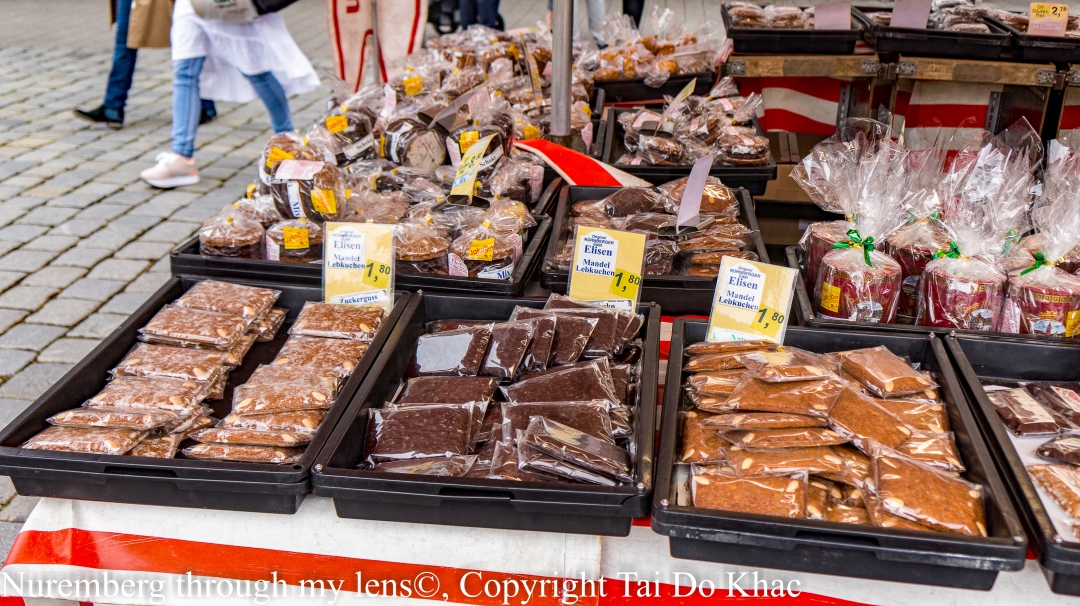
Platz am Tiergärtnertor
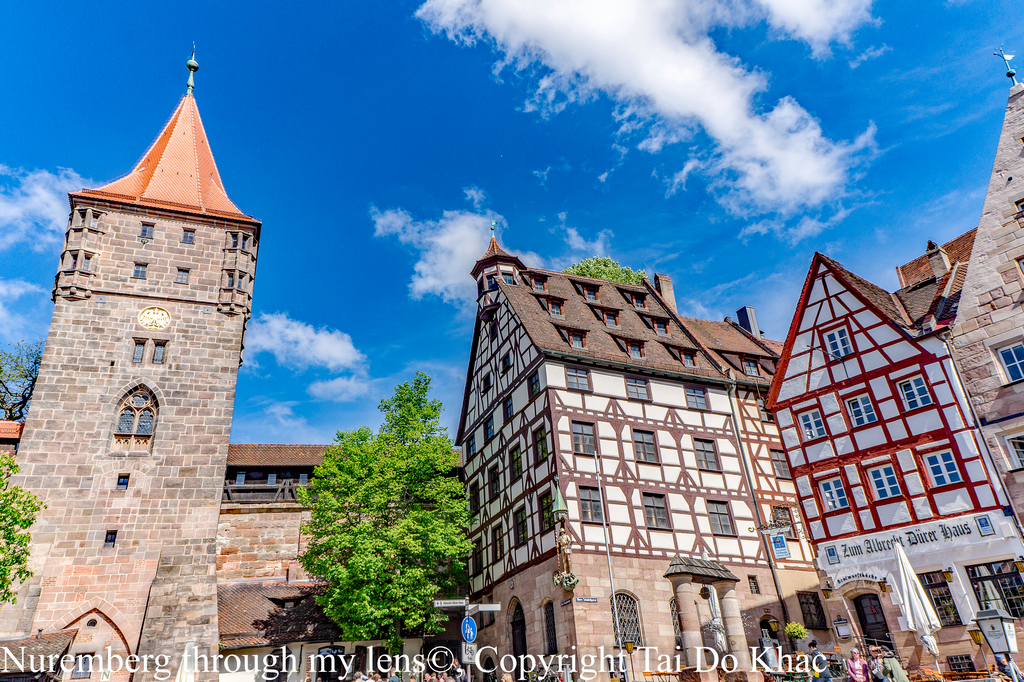
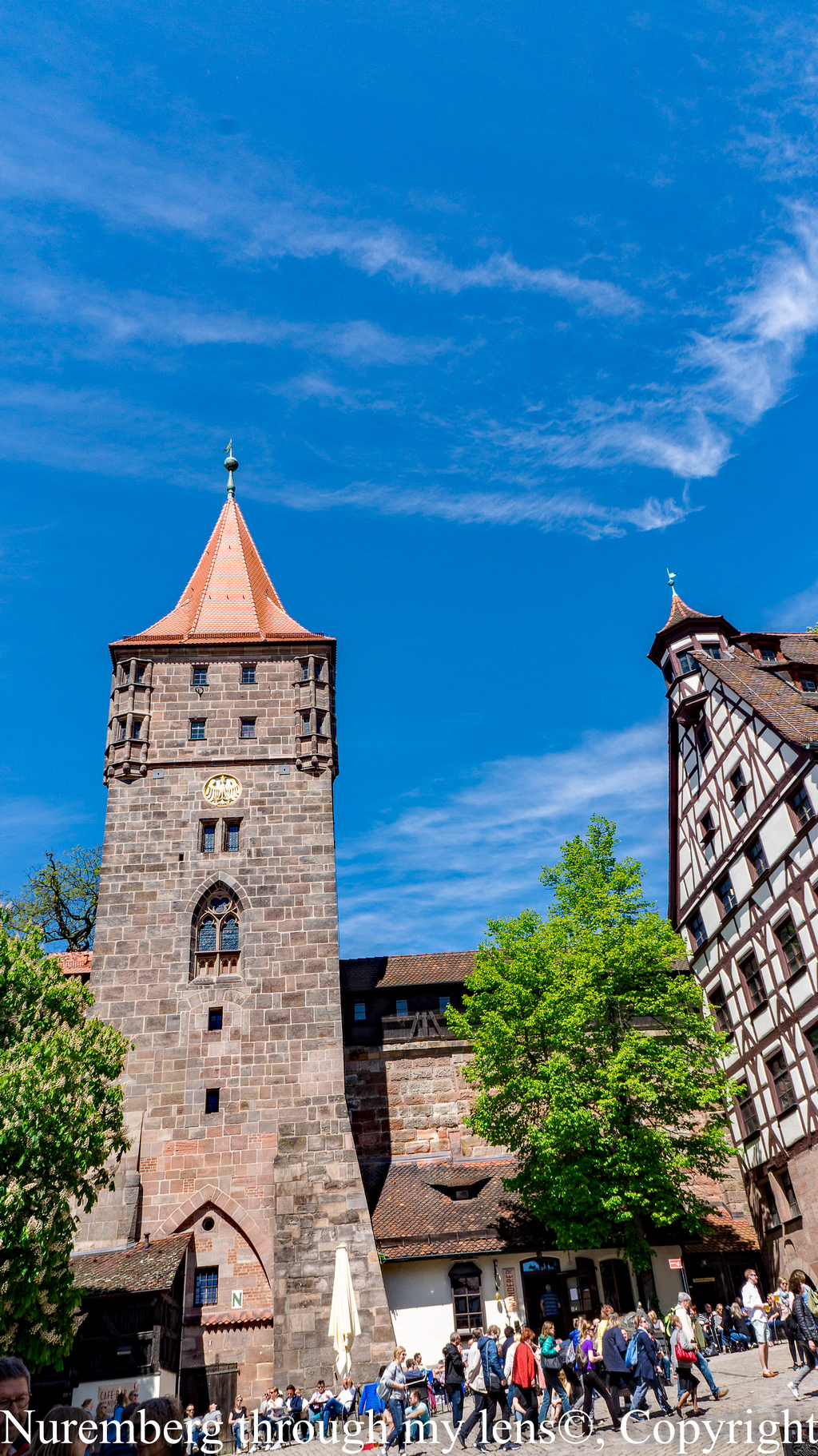
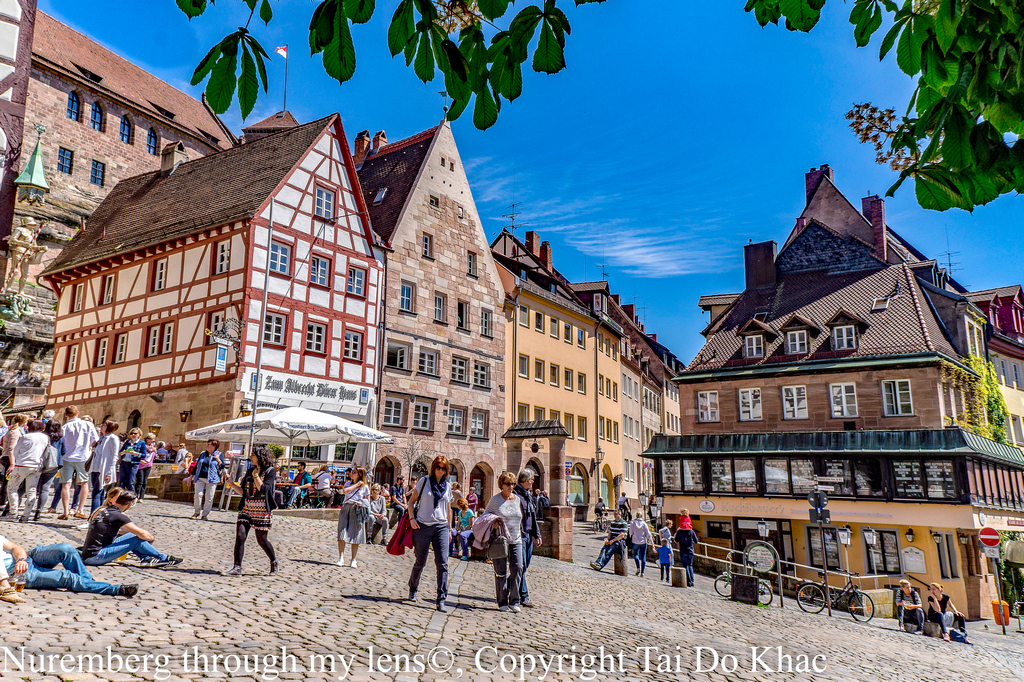
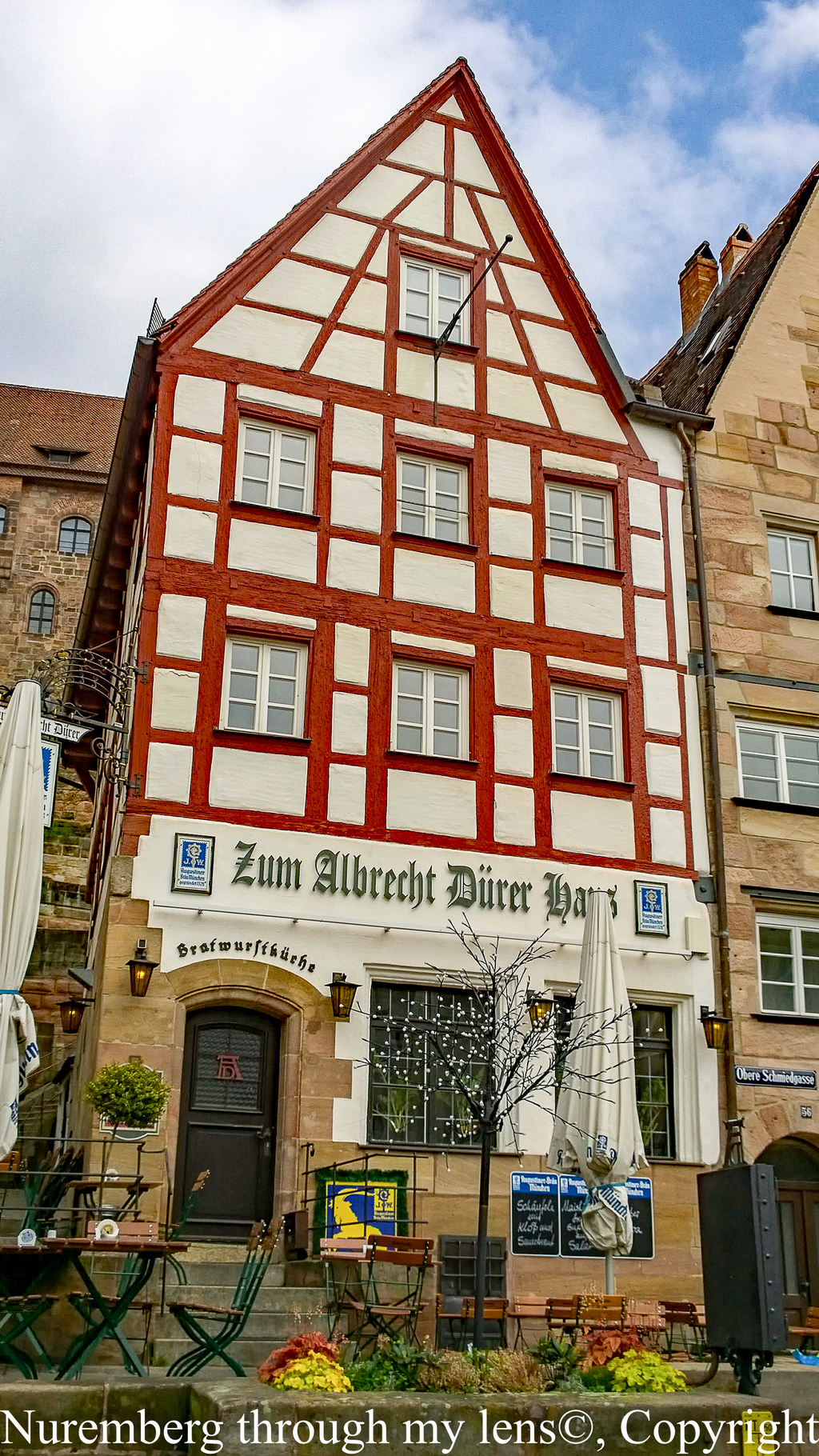
Schäufele is a traditional dish from the south of Germany. It is made from the pig’s shoulder meat, which gives the dish its name, „Schäufele“, or the pig’s scapula.
„Schäufele“ from Baden
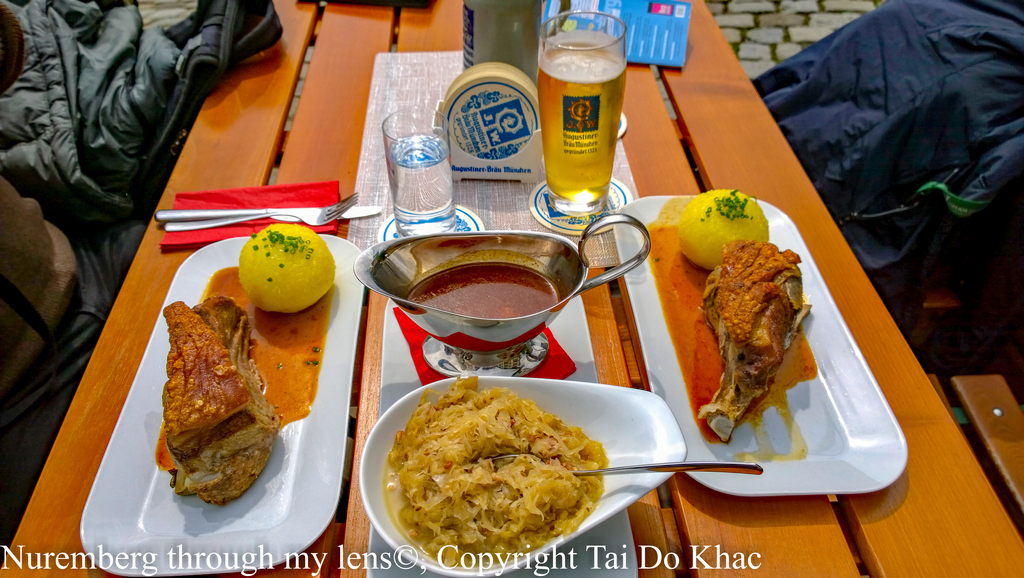
Depending on region the recipe for the dish differs a bit:
In Franconia the meat, the pork rind and the bone are scratched in a criss-cross pattern, seasoned with salt, pepper and caraway and put in a casserole dish with diced root vegetables and onions where it is doused with beer and roasted in the oven for about two or three hours. The roast is ready as soon as the meat is easy to separate from the bone and the pork rind is crispy and golden brown. It is then served with various side dishes including gravy, Kartoffelklöße, salad, sauerkraut, red cabbage and savoy cabbage.
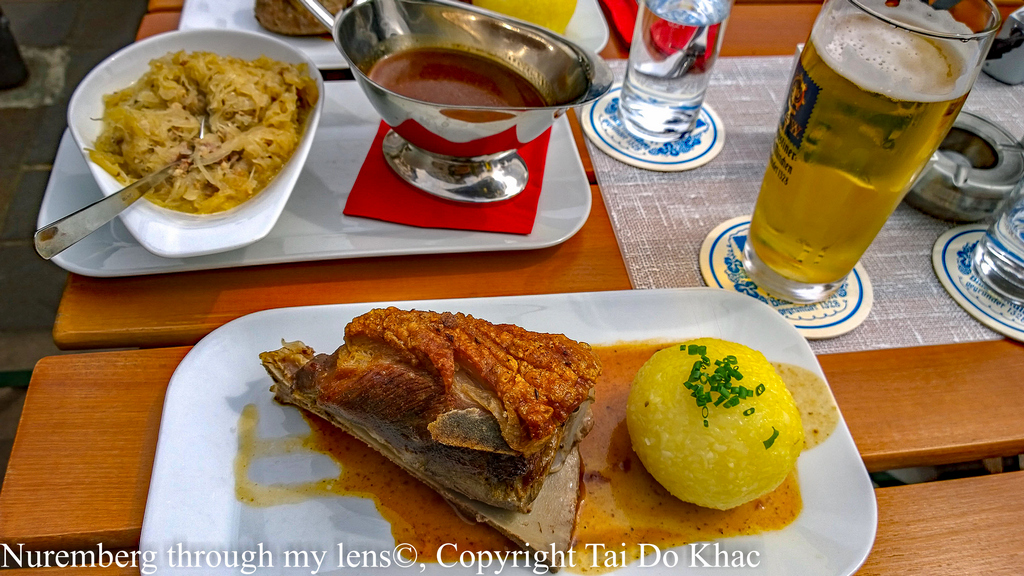
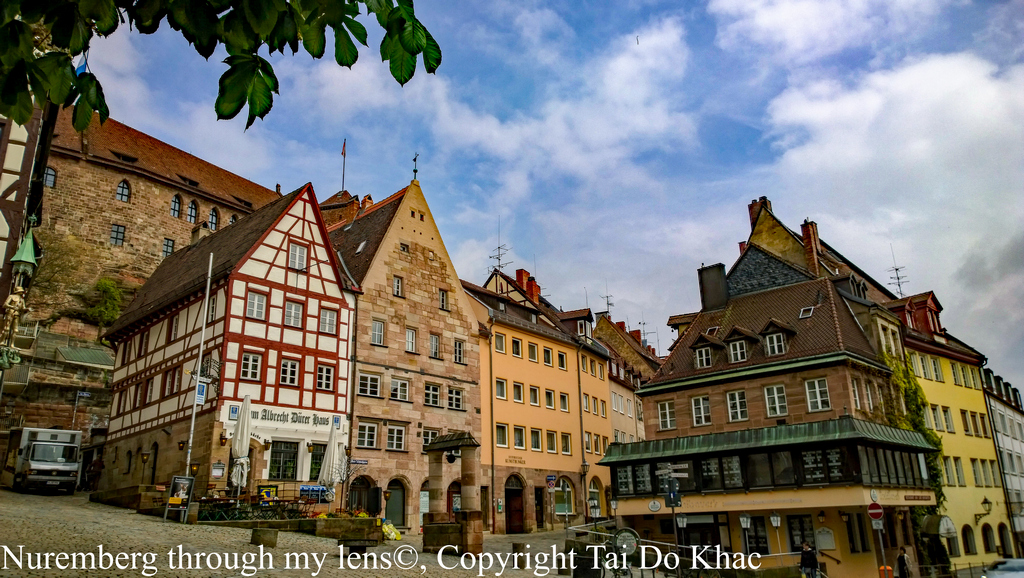
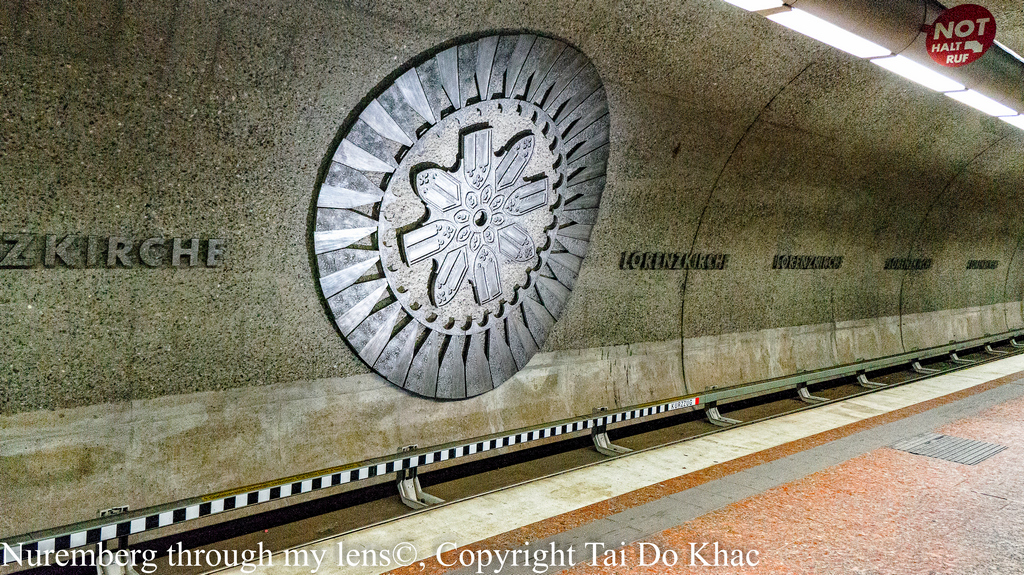
St. Lorenz ist ein gotischer Kirchenbau in Nürnberg.
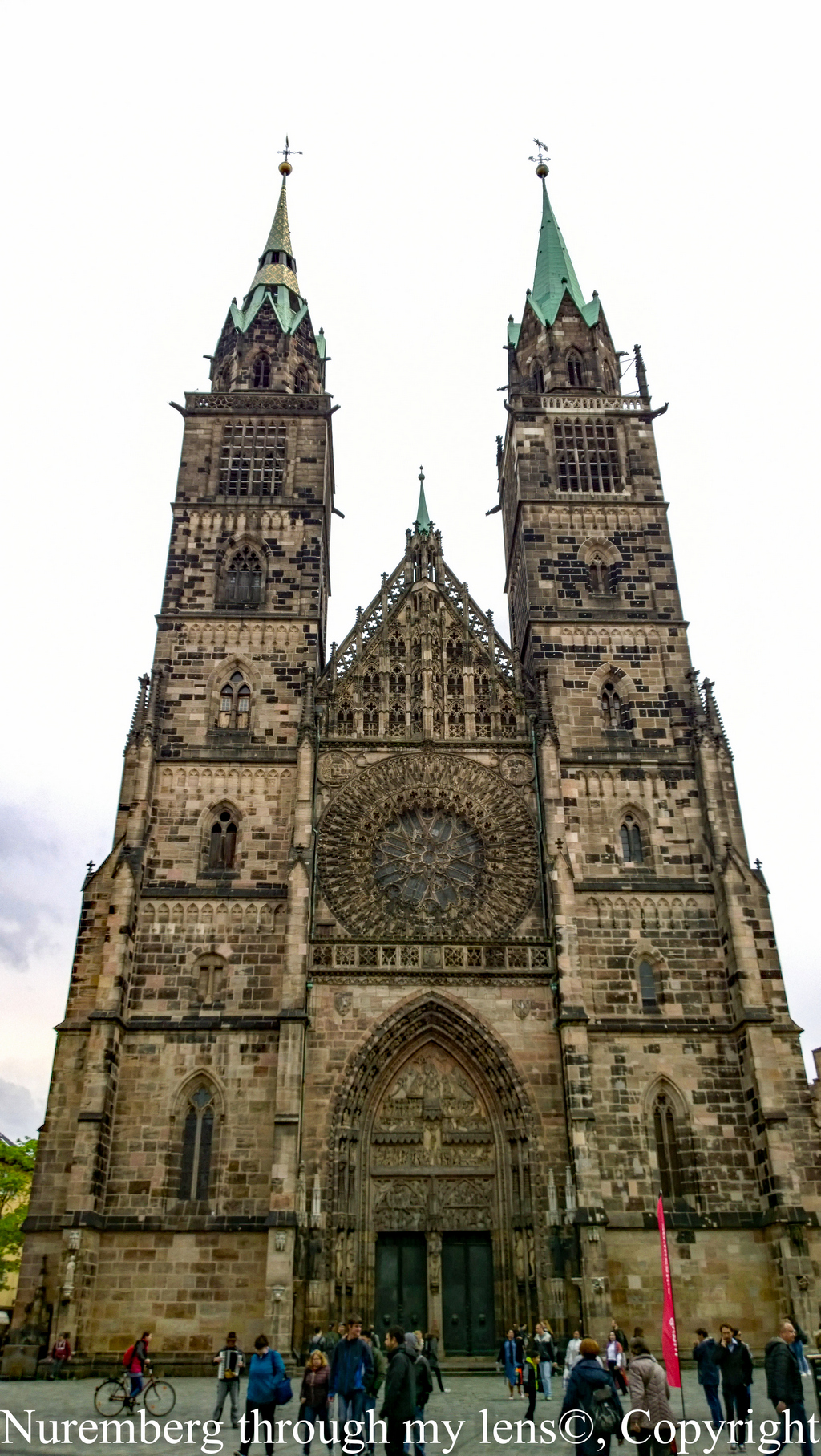
Die Lorenzkirche war die Pfarrkirche des südlich der Pegnitz gelegenen mittelalterlichen Siedlungskerns der ehemaligen Reichsstadt Nürnberg und bildet städtebaulich das Pendant zu der älteren Kirche St. Sebald im nördlichen Stadtteil. Baubeginn der dreischiffigen Basilika war um 1250, der spätgotische Hallenchor wurde 1477 vollendet.
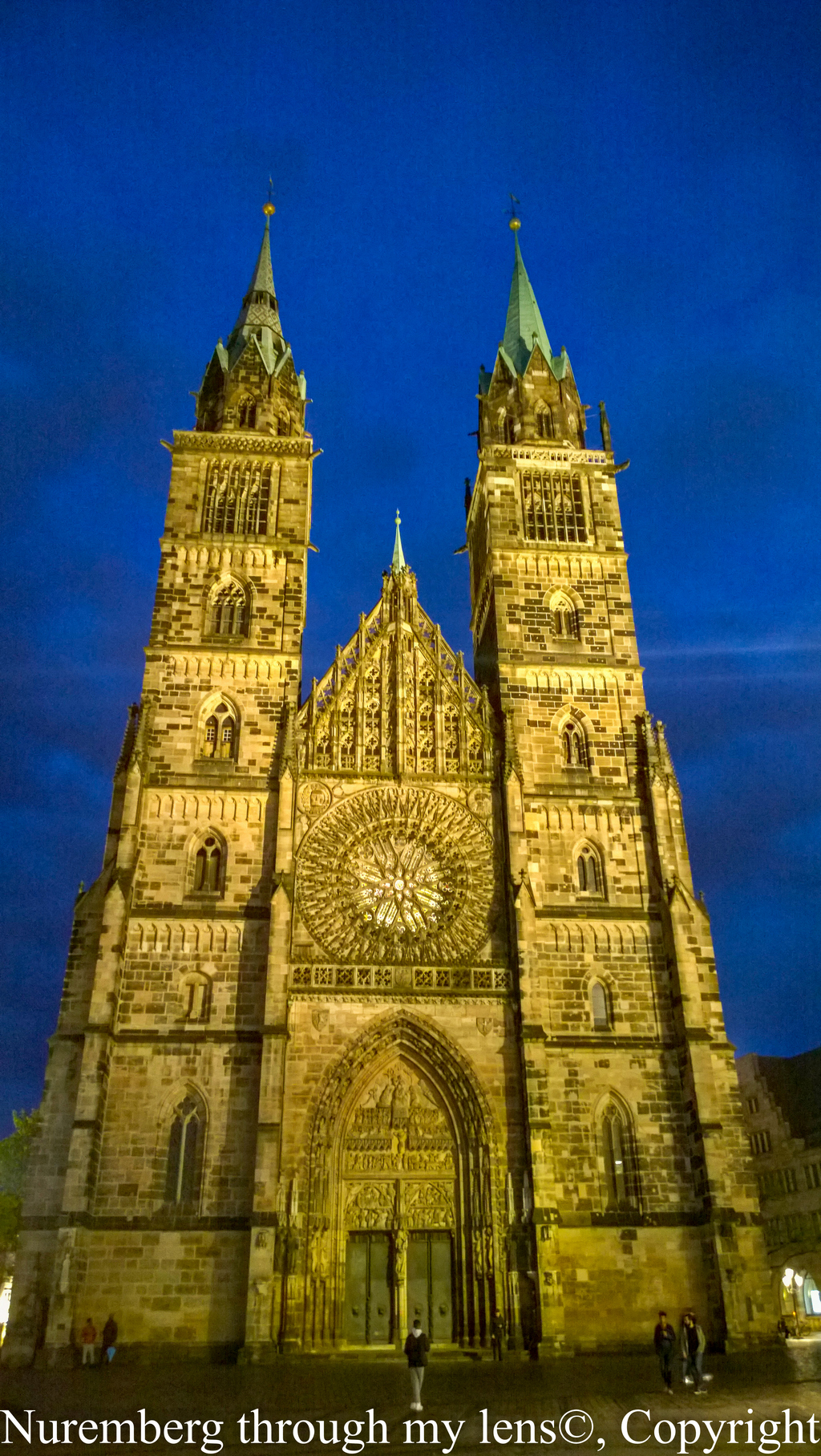
Die Lorenzkirche ist Sitz des Nürnberger Stadtdekans und in ihr findet traditionell die Einführung des neugewählten Landesbischofs statt.
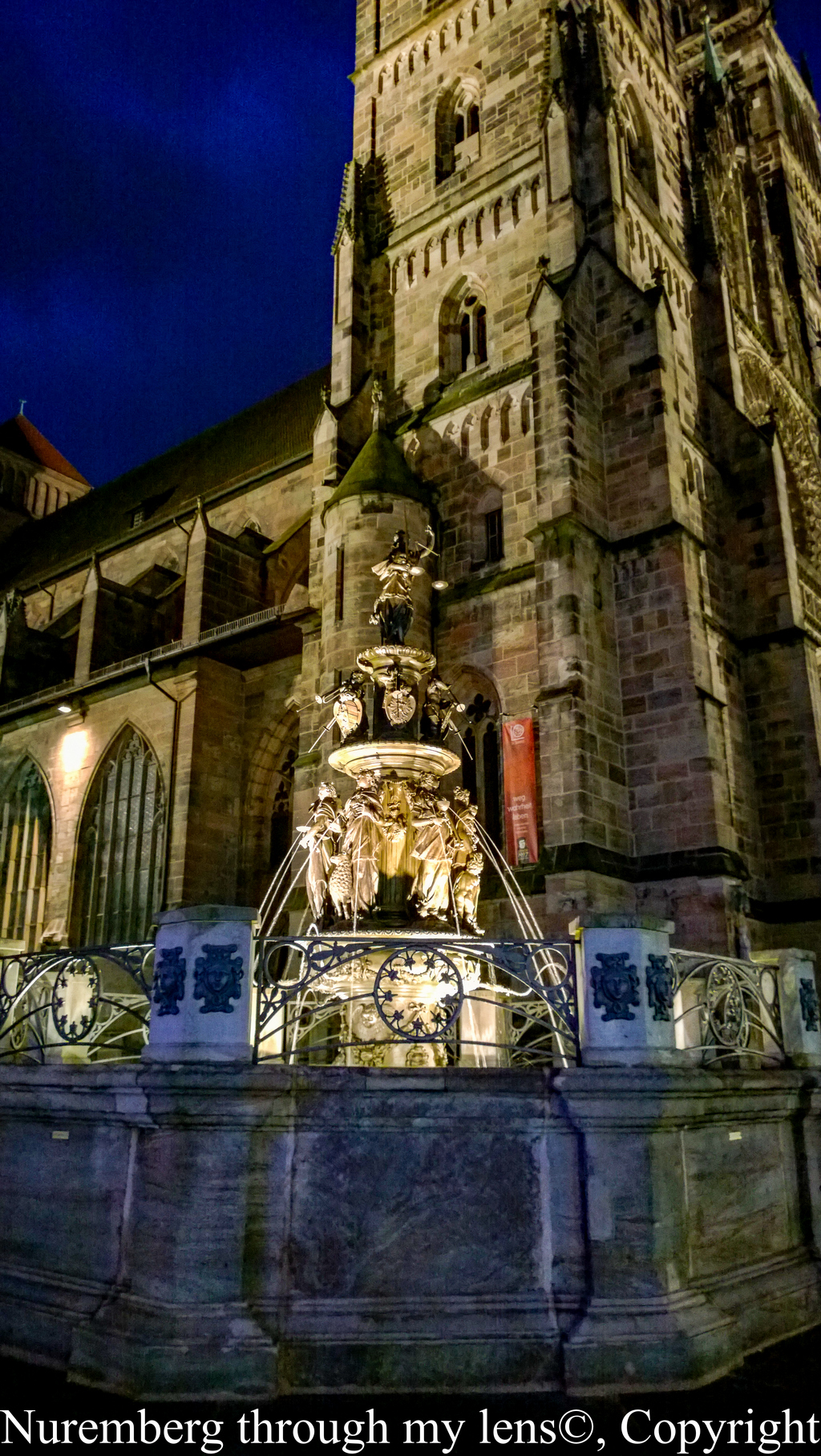
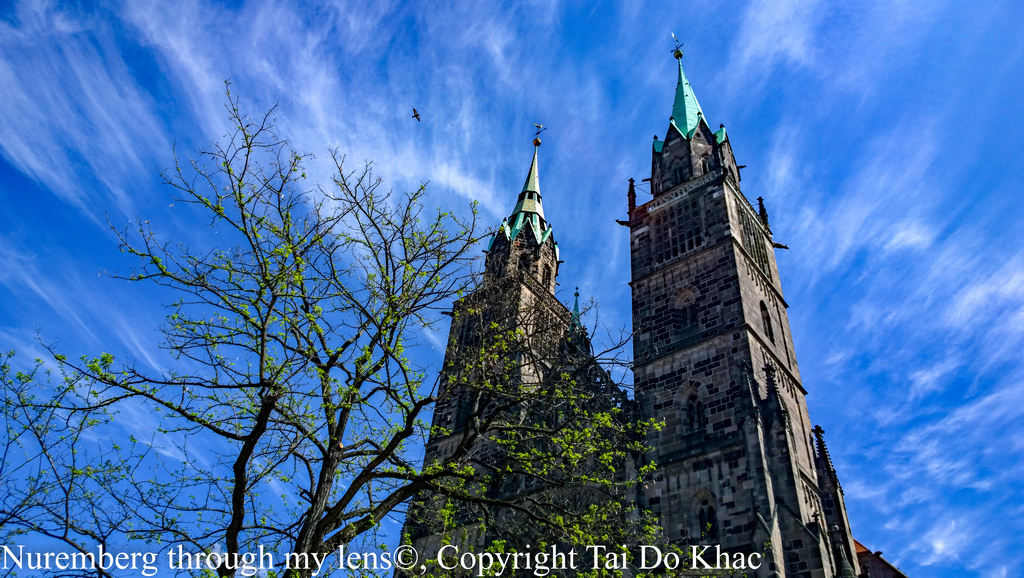
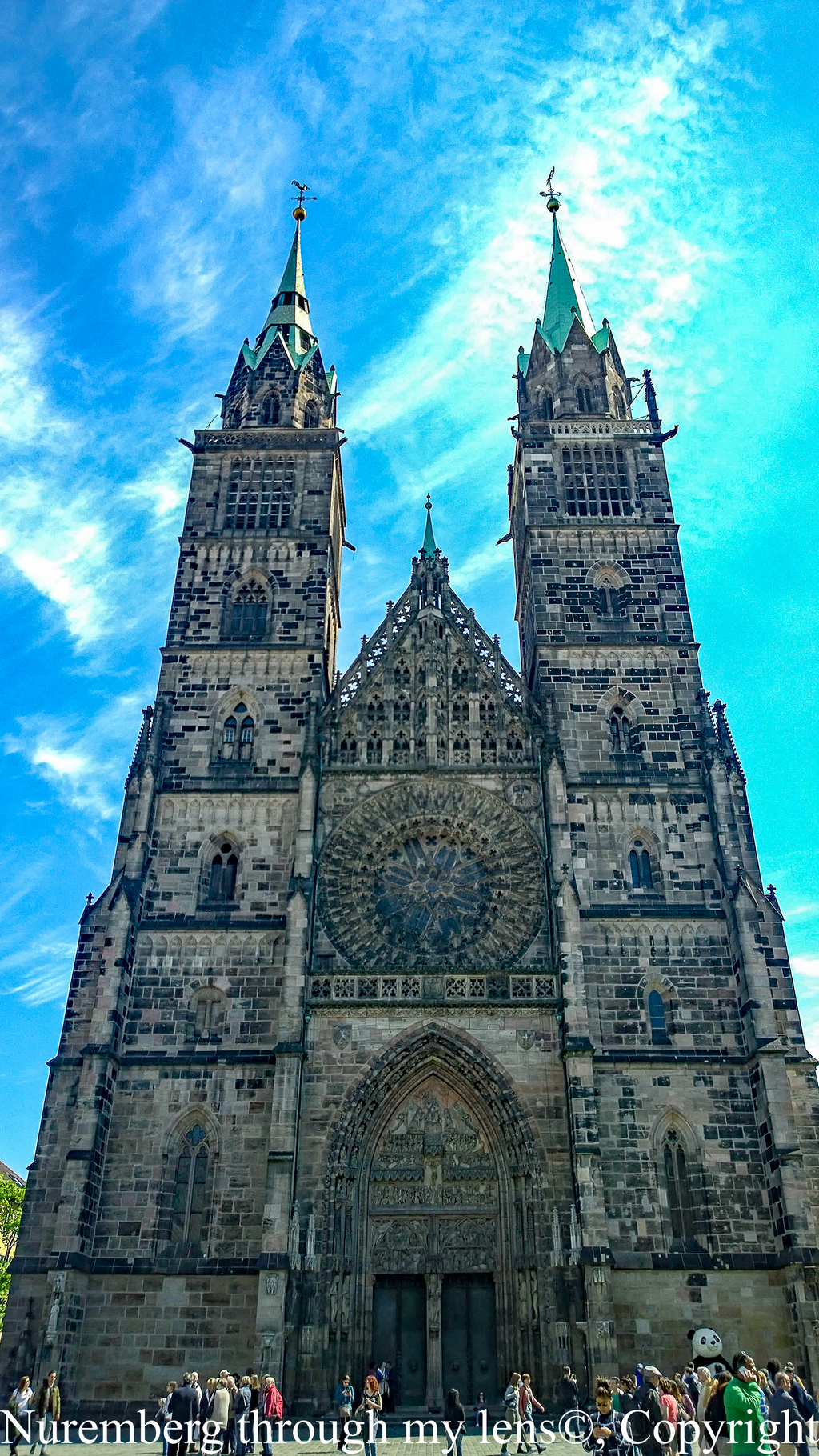
Die Frauenkirche, heute römisch-katholische Stadtpfarrkirche Unserer Lieben Frau, steht als eine der bedeutenden Kirchen Nürnbergs an der Ostseite des Hauptmarkts.
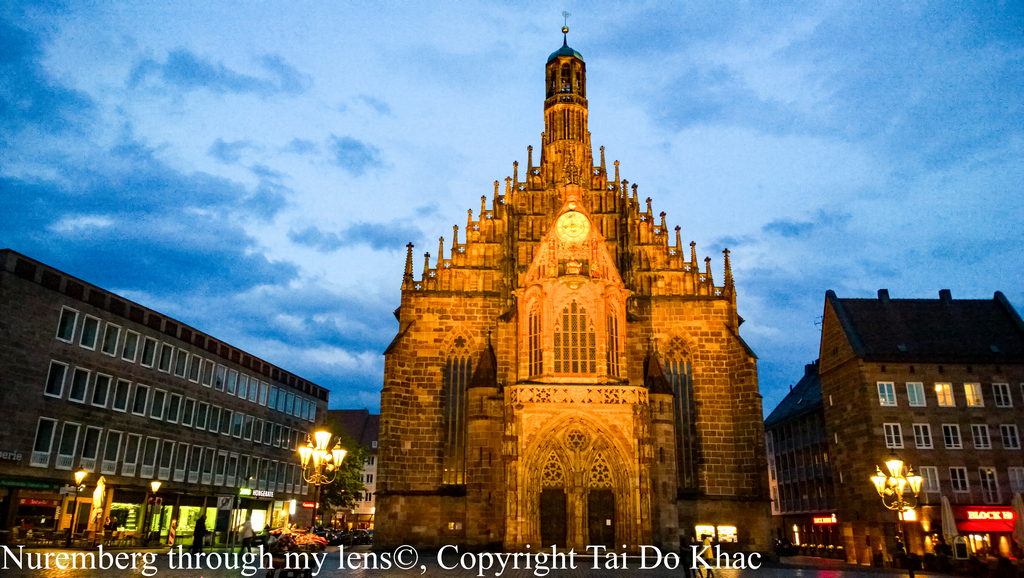
Sie wurde auf Veranlassung von Kaiser Karl in der Parlerzeit von 1352 bis 1362 als Hallenkirche mit drei mal drei Jochen errichtet; an der Westseite, zum Markt hin, ist eine Vorhalle vorgelagert, im Osten schließt sich in der Breite des Mittelschiffs ein zweijochiger Chor mit 5/8-Schluss an.
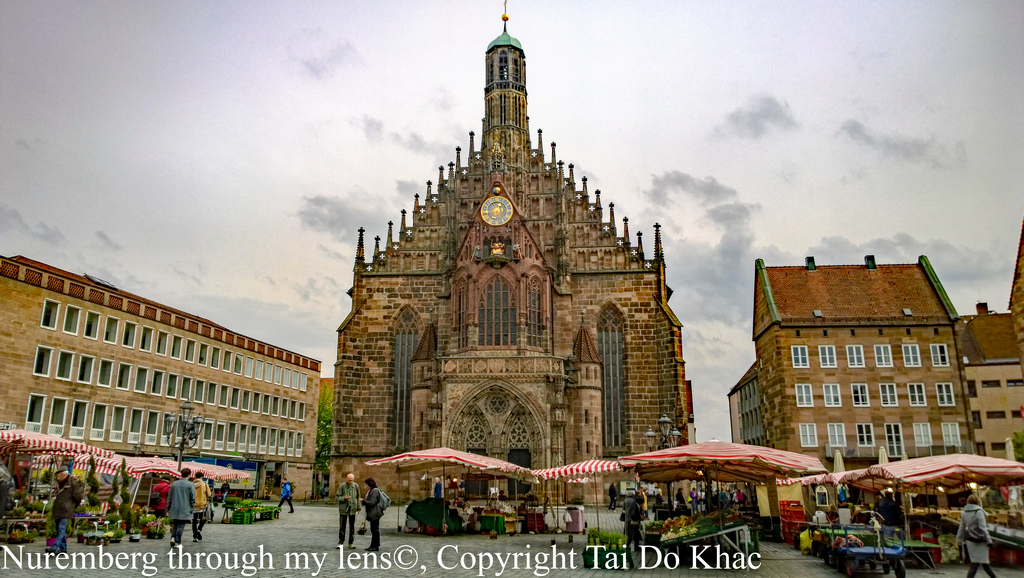
Von Adam Kraft stammt der westliche Giebel mit einem Maßwerktabernakel für das sogenannte „Männleinlaufen“ von 1509, das noch in Betrieb ist.
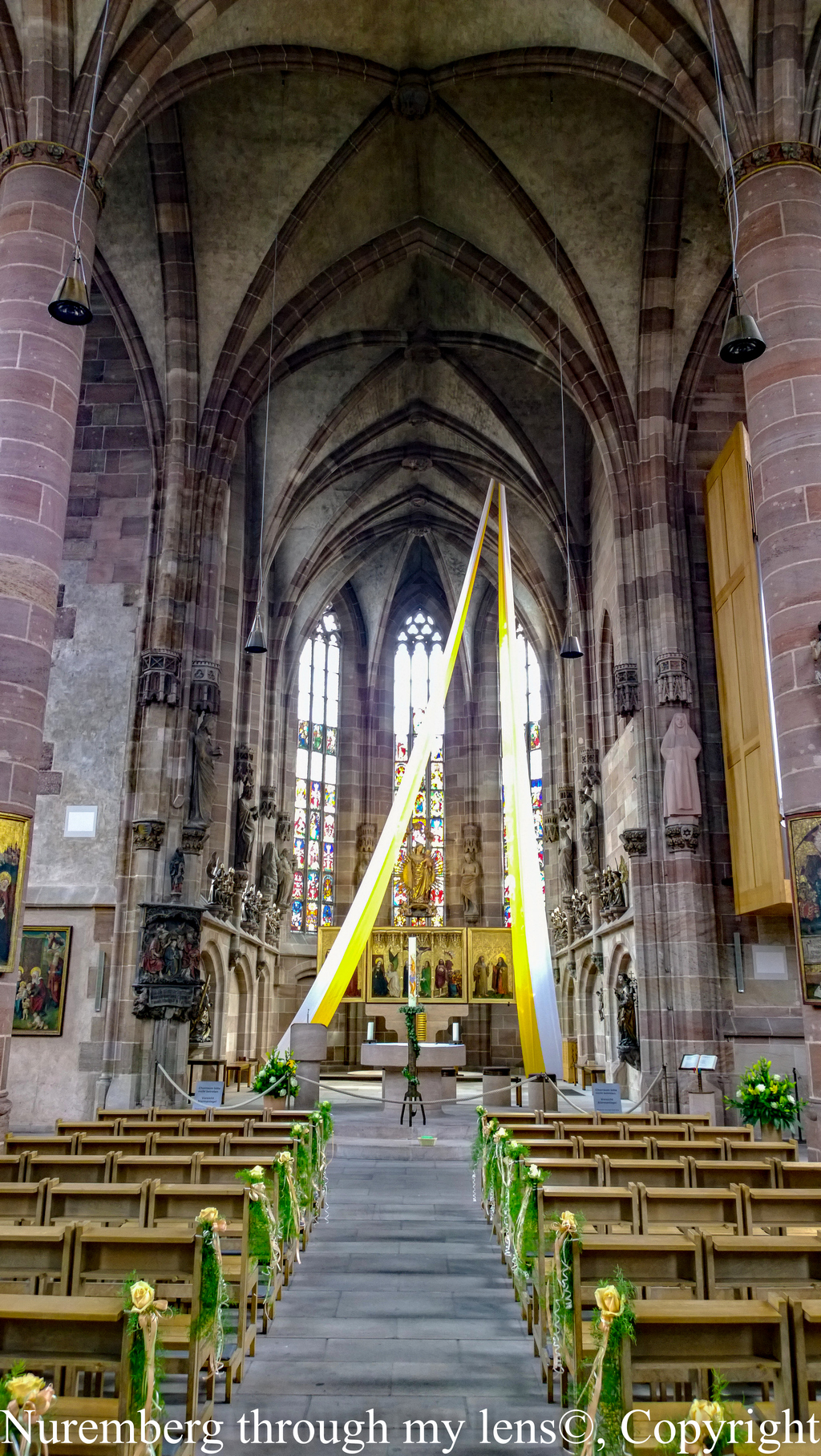
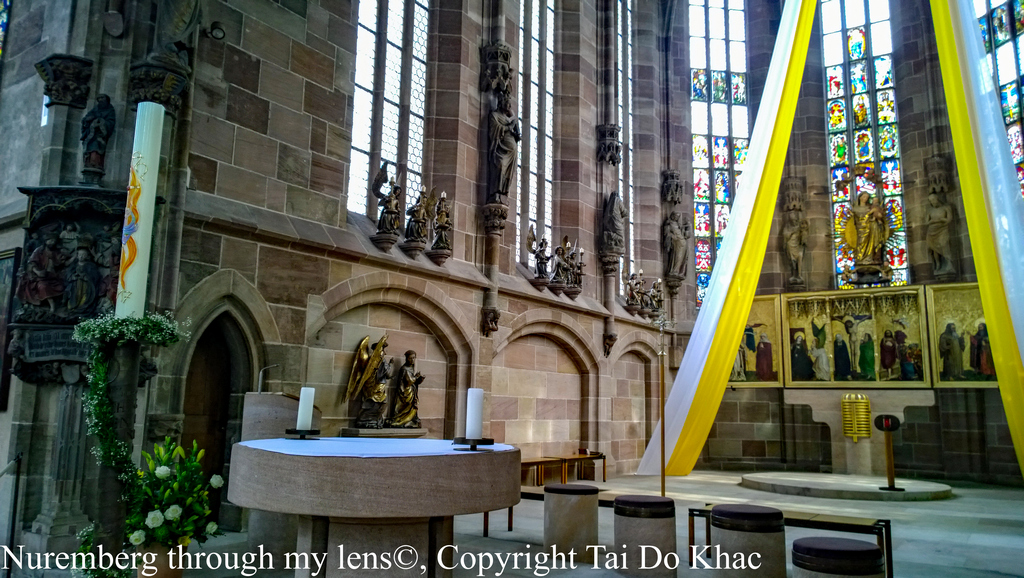
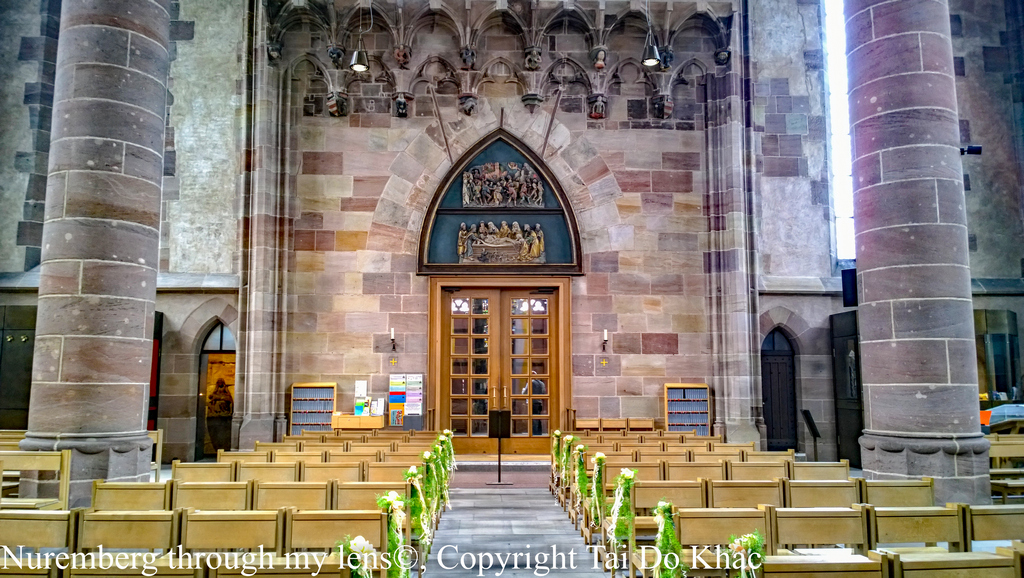
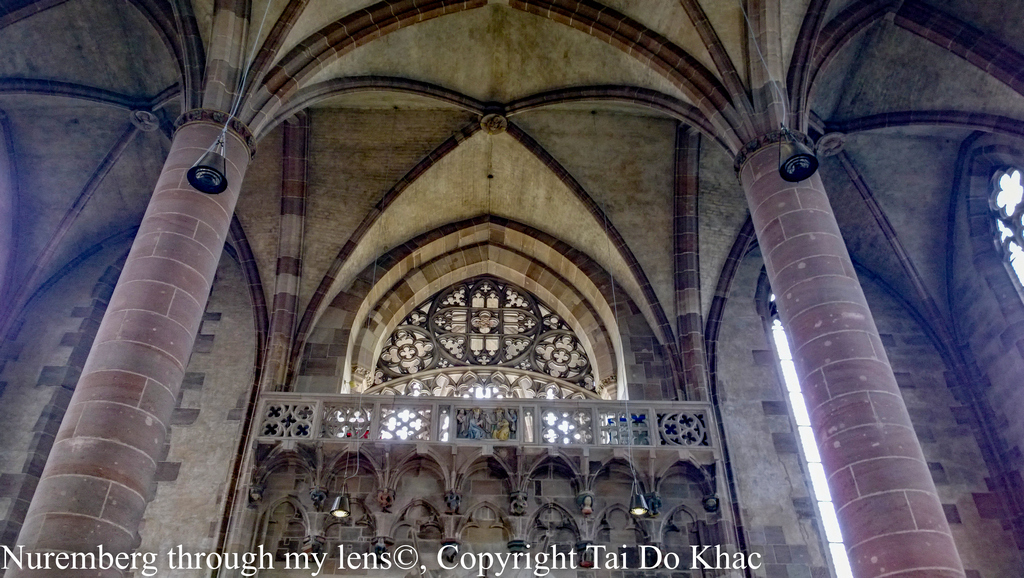
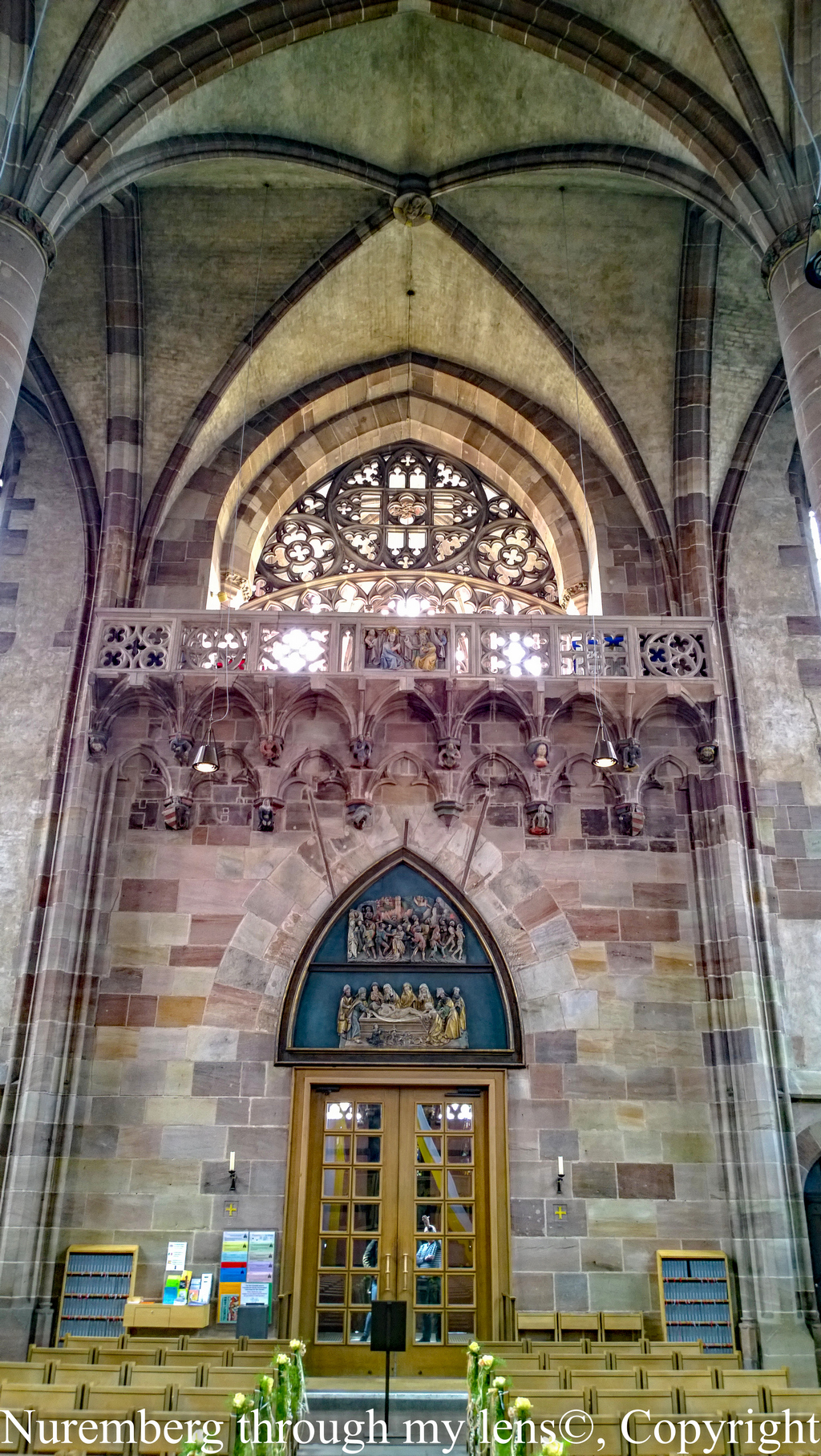
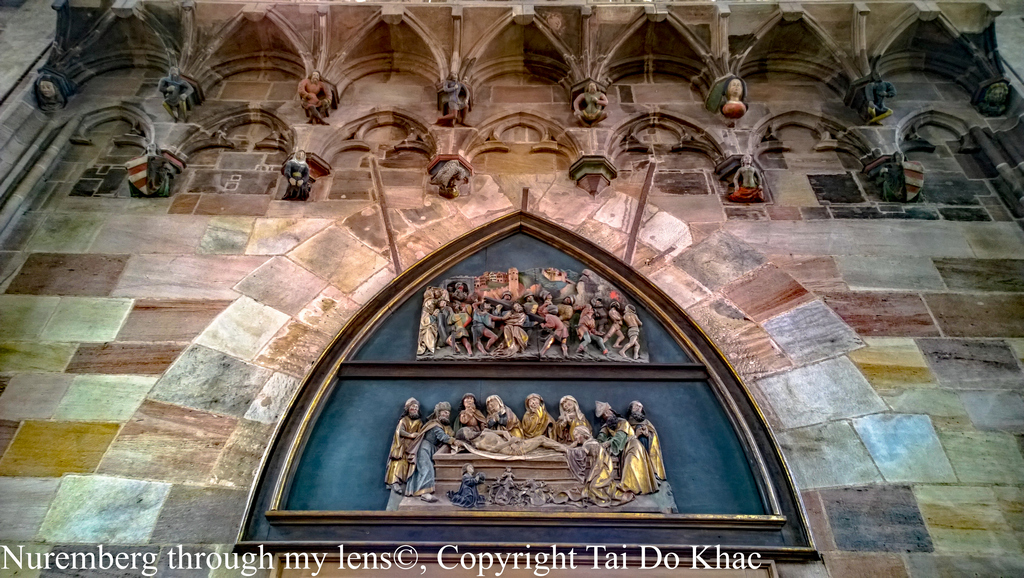
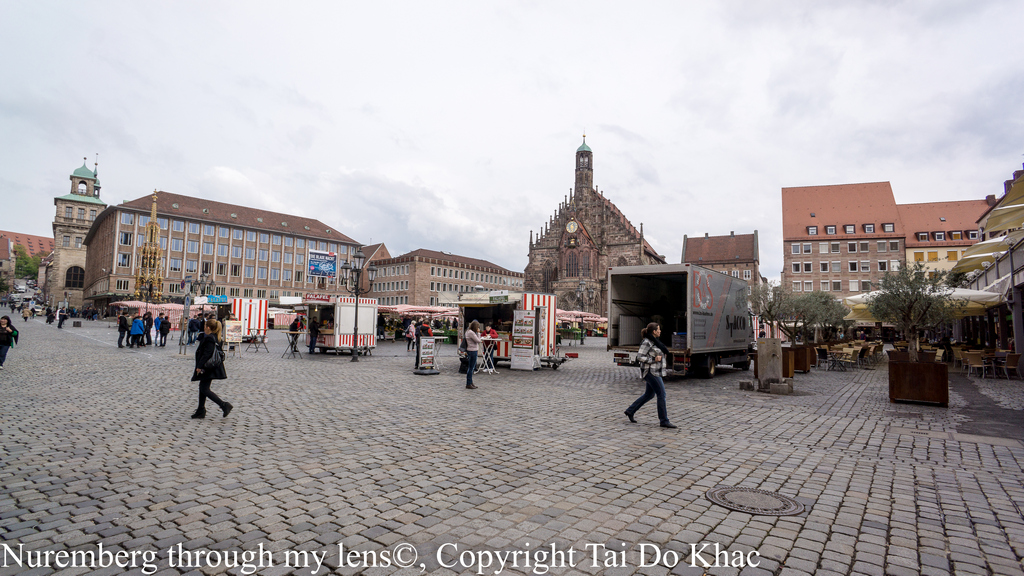
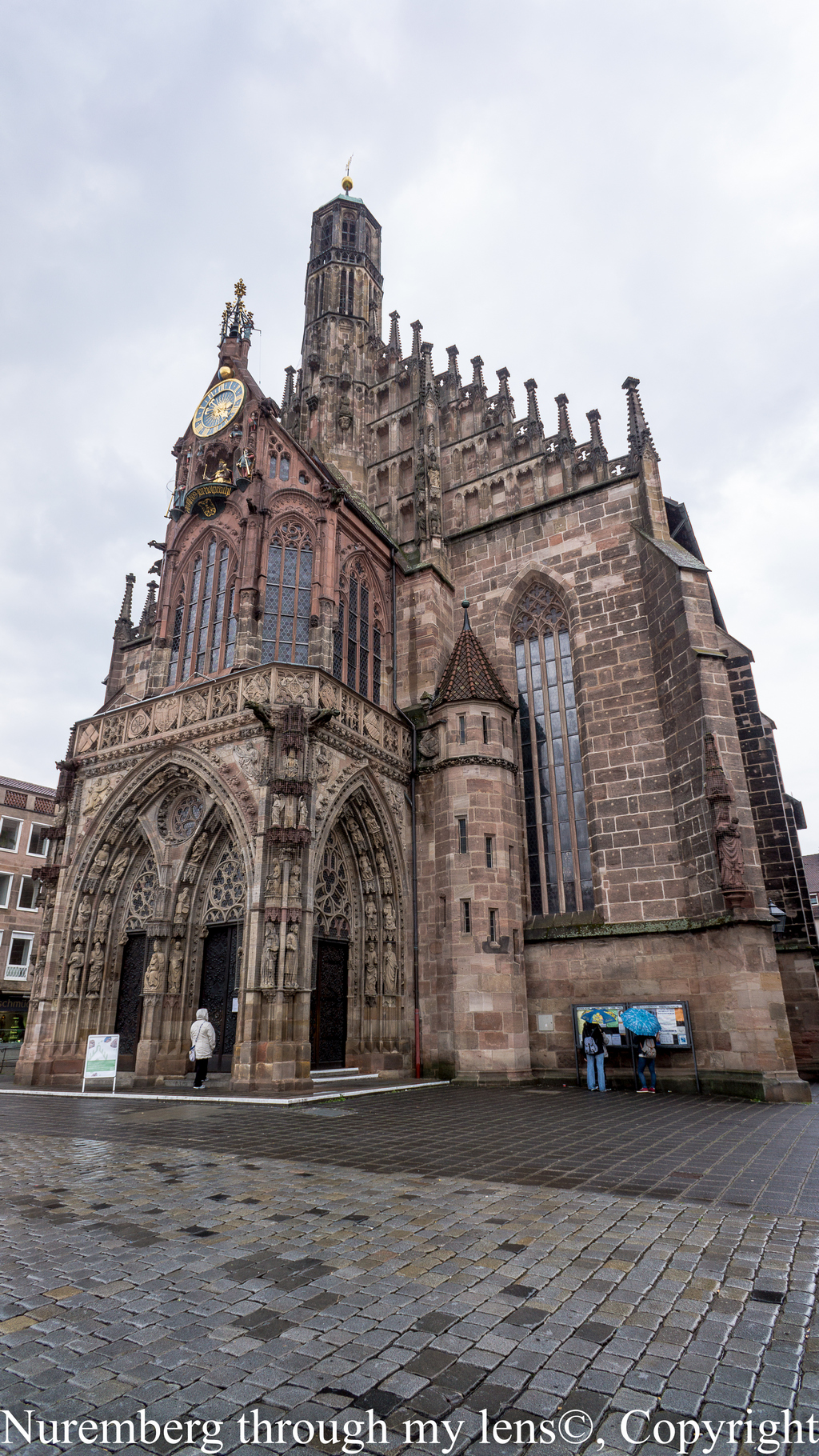
Imperial Castle of Nuremberg night
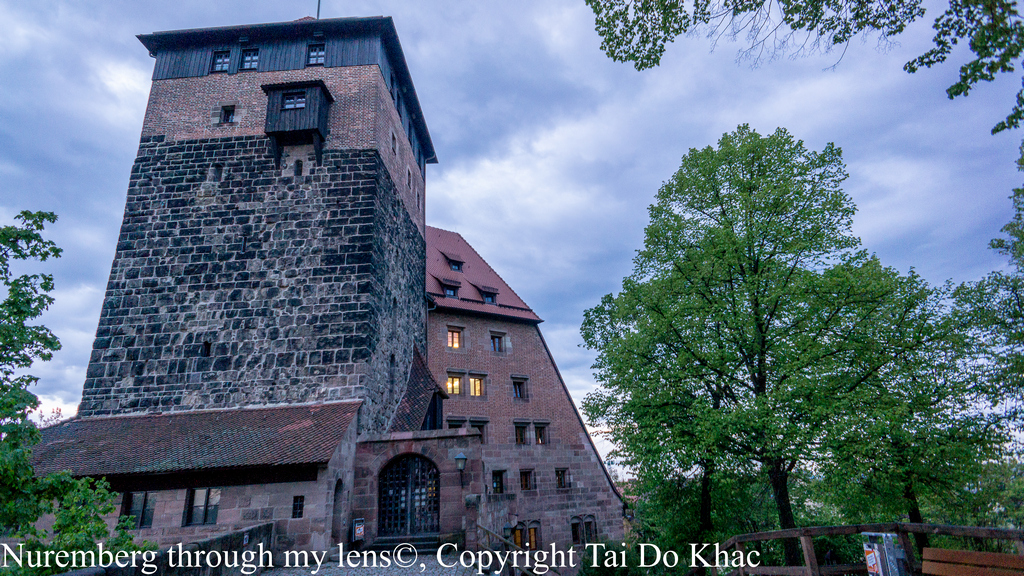
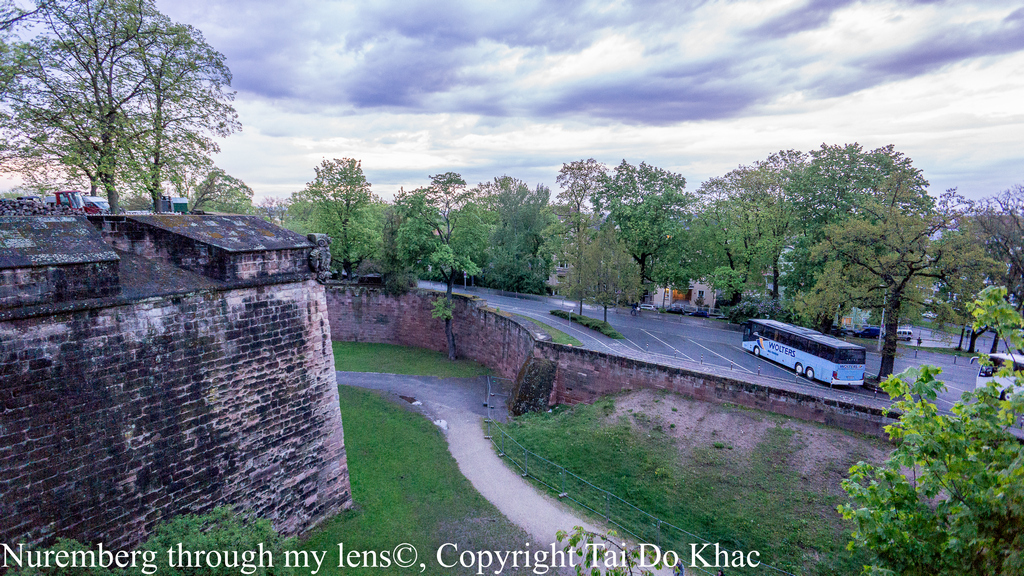
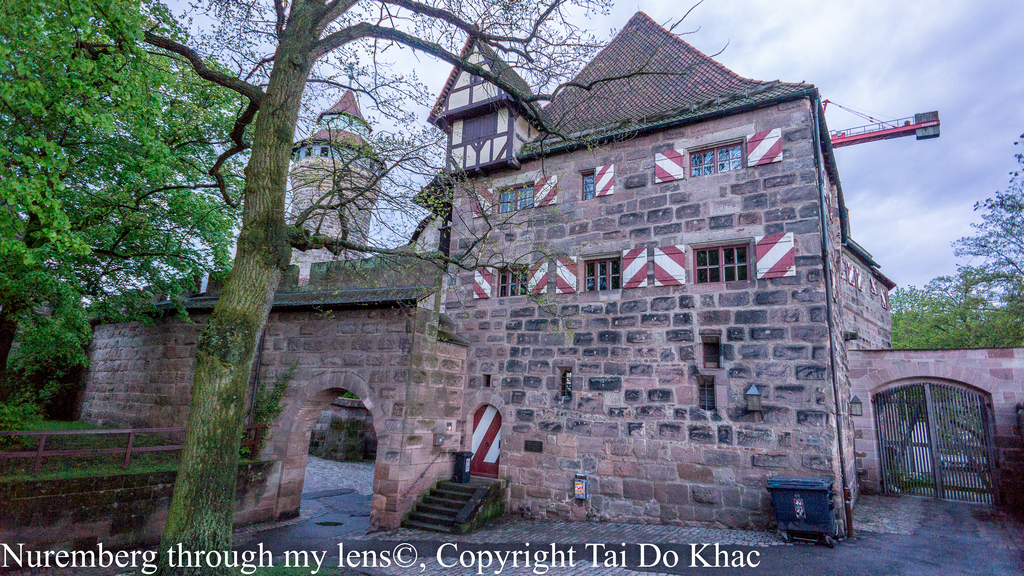
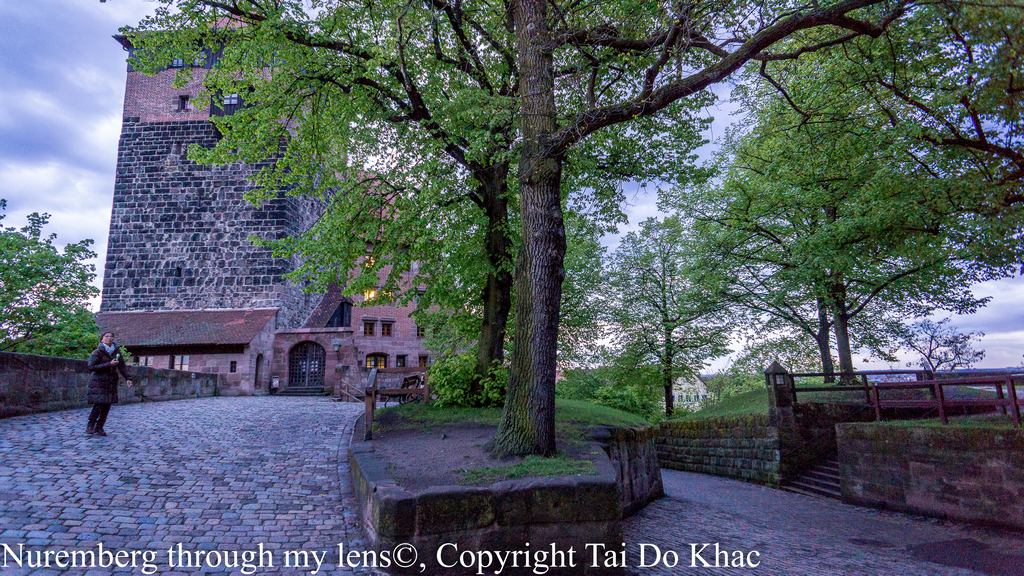
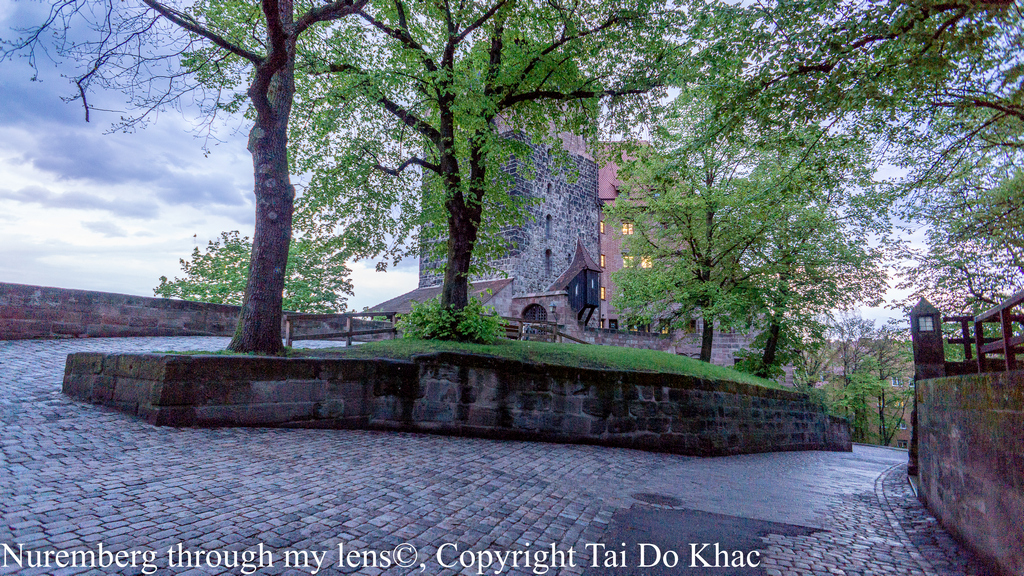
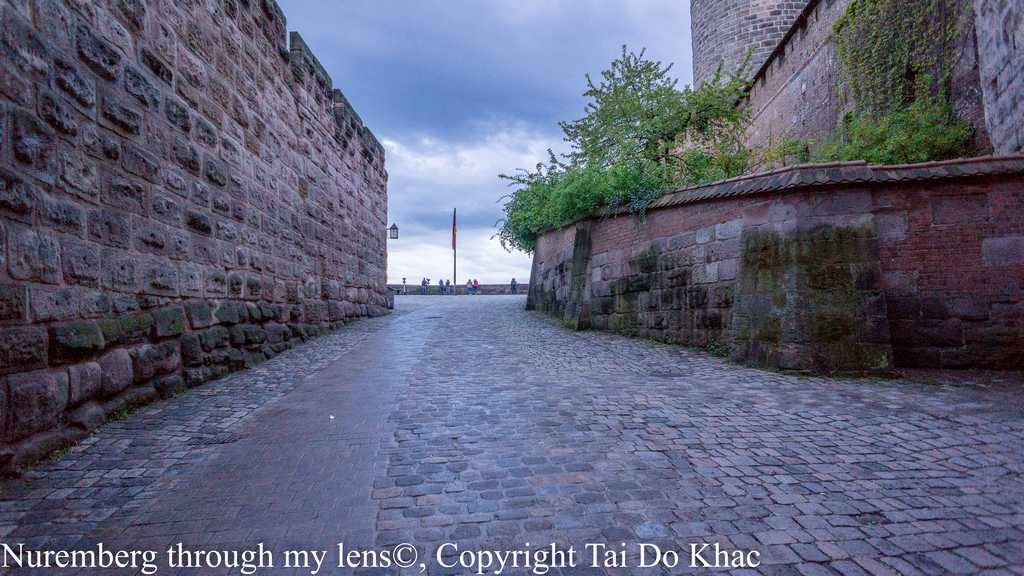
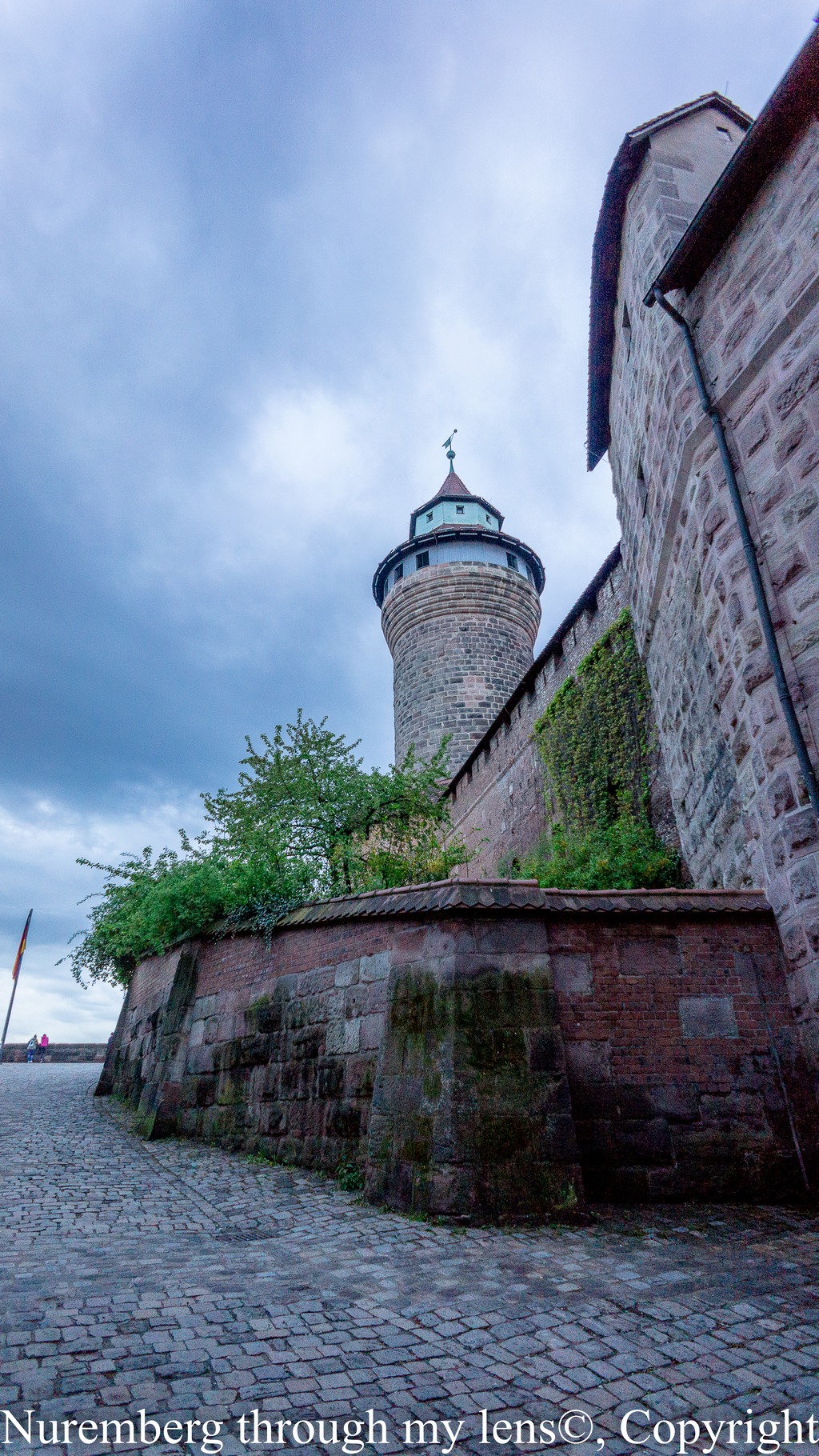
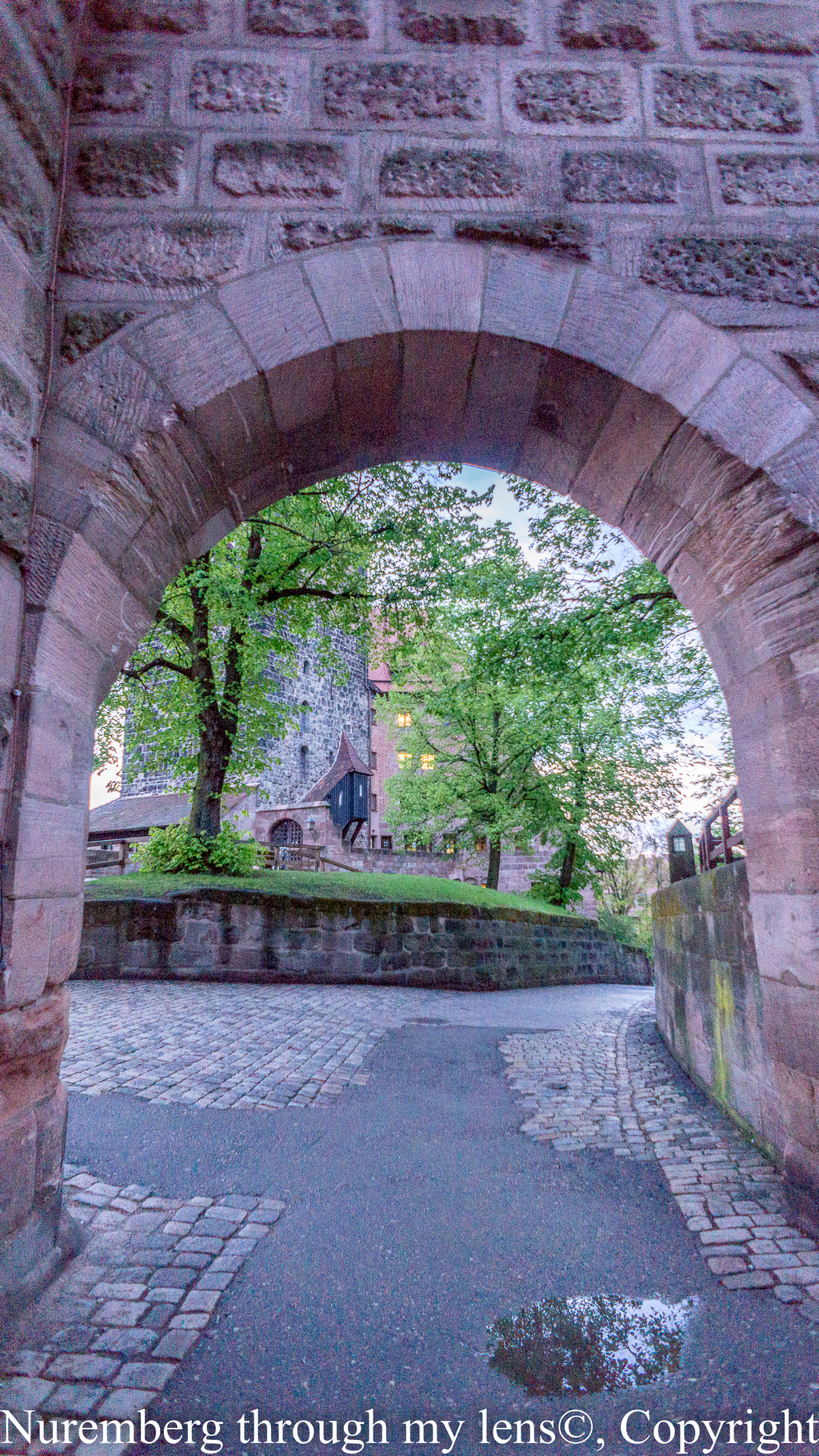
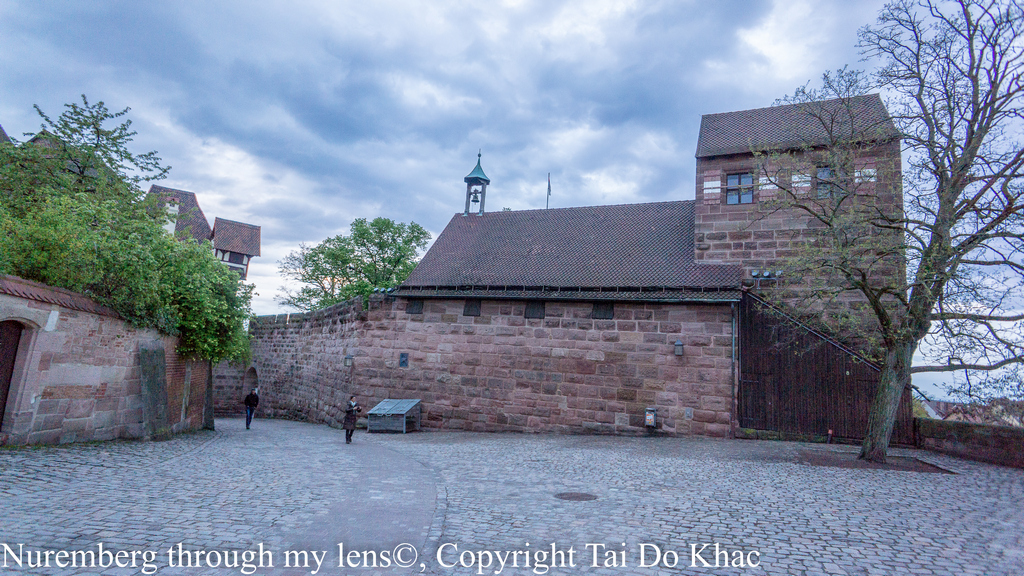
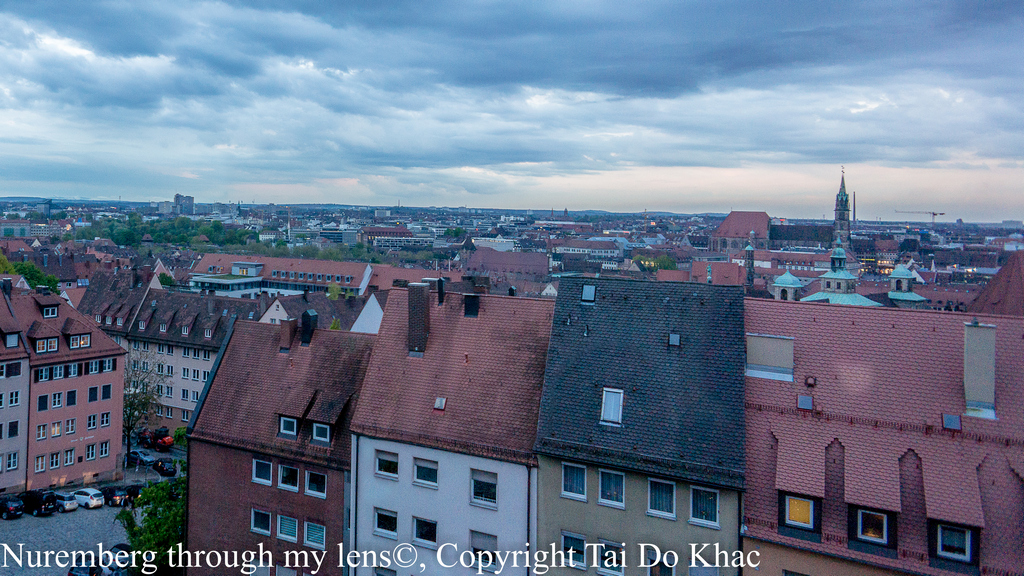
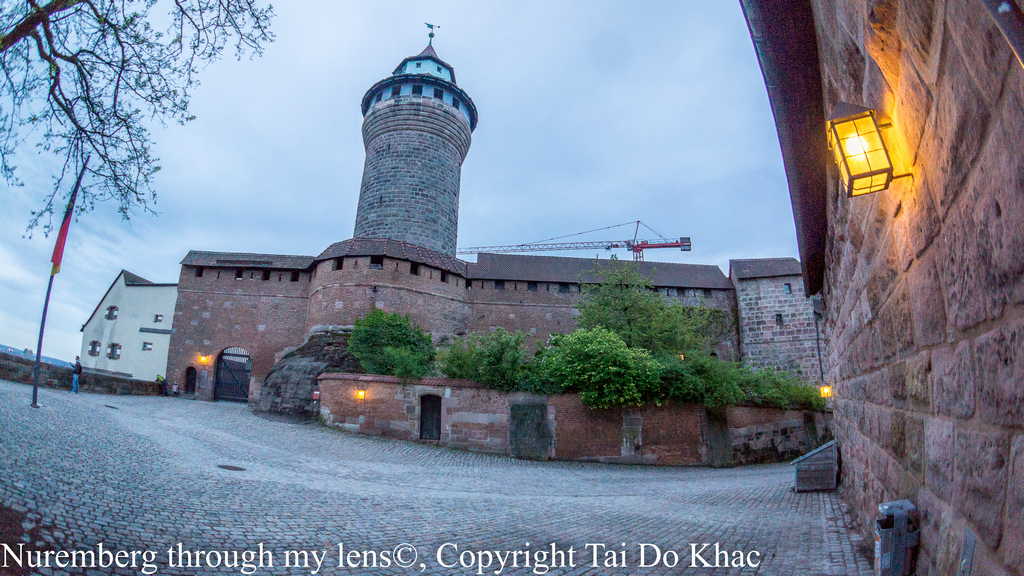
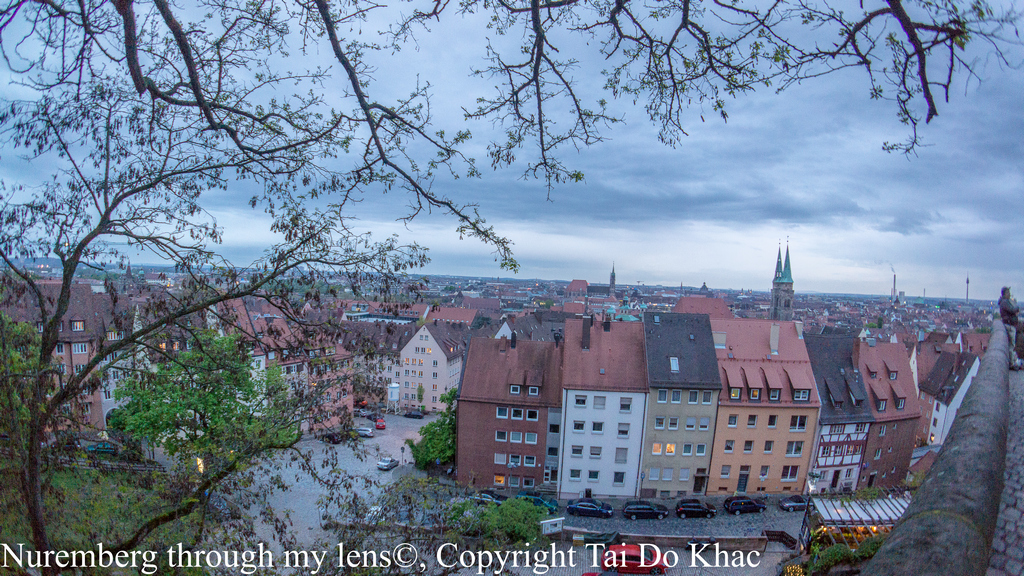
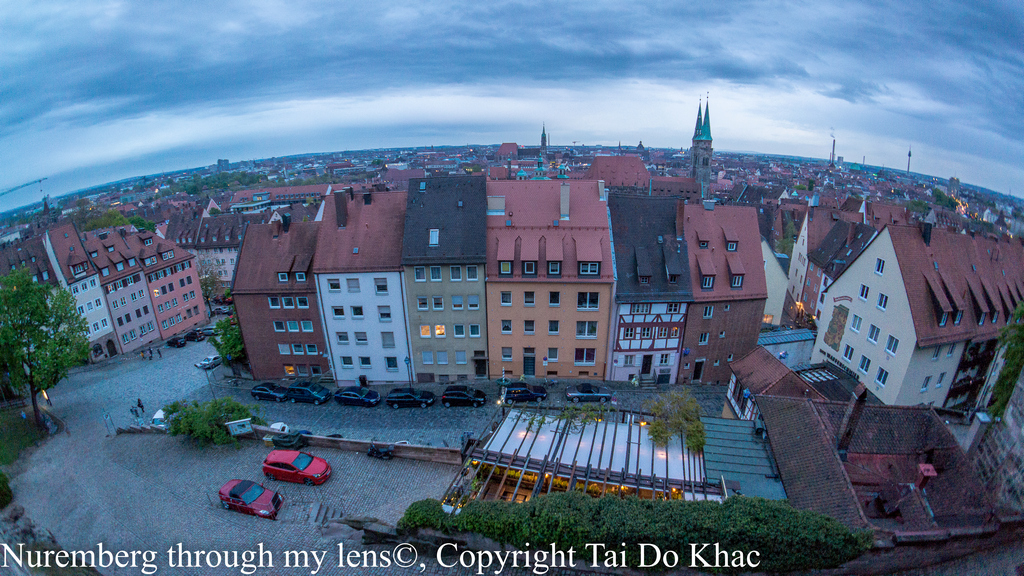
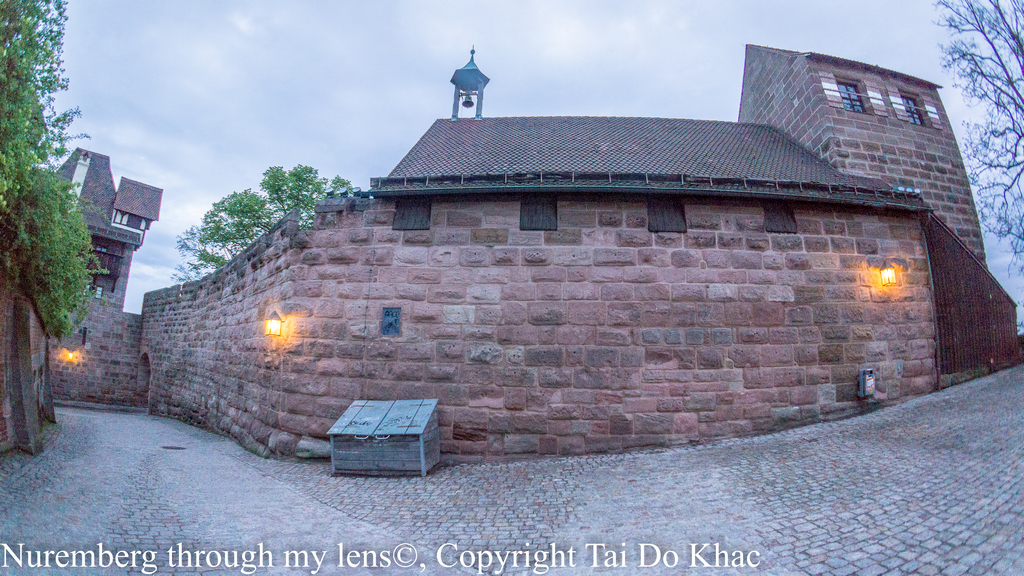
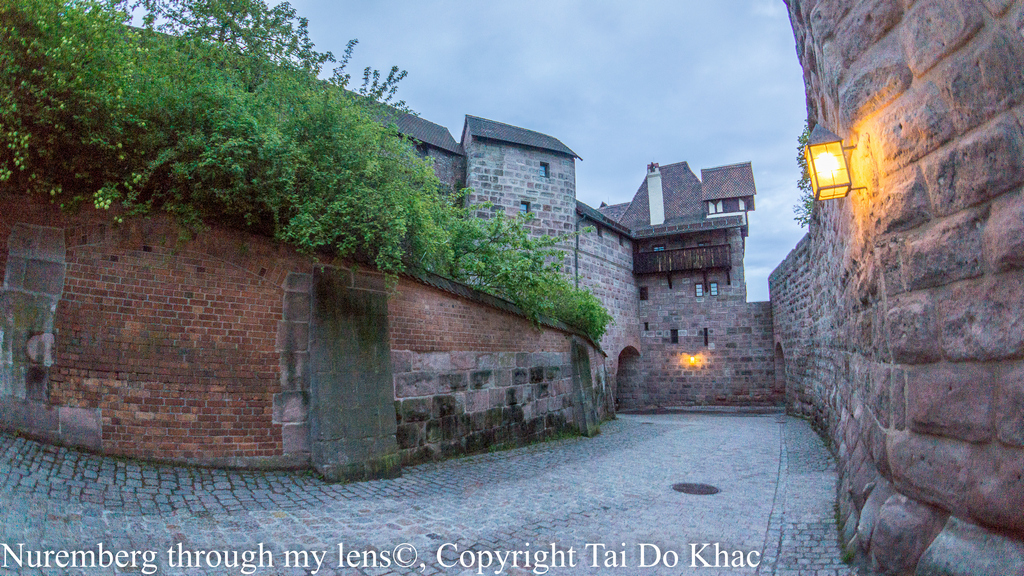
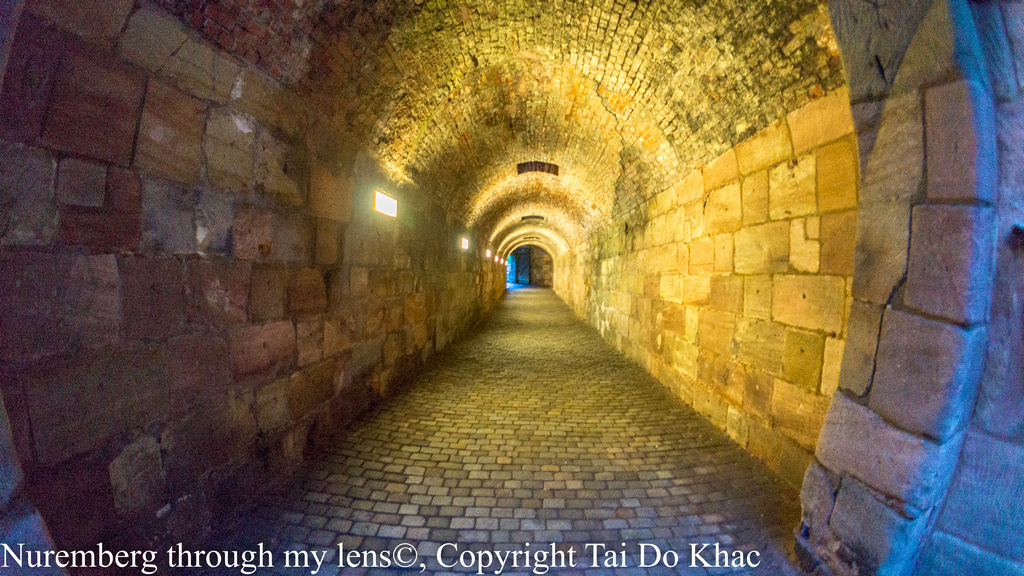
Die mittelalterliche Kirche St. Sebald in Nürnberg, auch Sebalduskirche genannt (nach dem wohl im 8. Jahrhundert in der Gegend von Nürnberg lebenden Einsiedler Sebaldus), ist neben der Frauenkirche und der Lorenzkirche eine der herausragenden Kirchenbauten der Stadt.
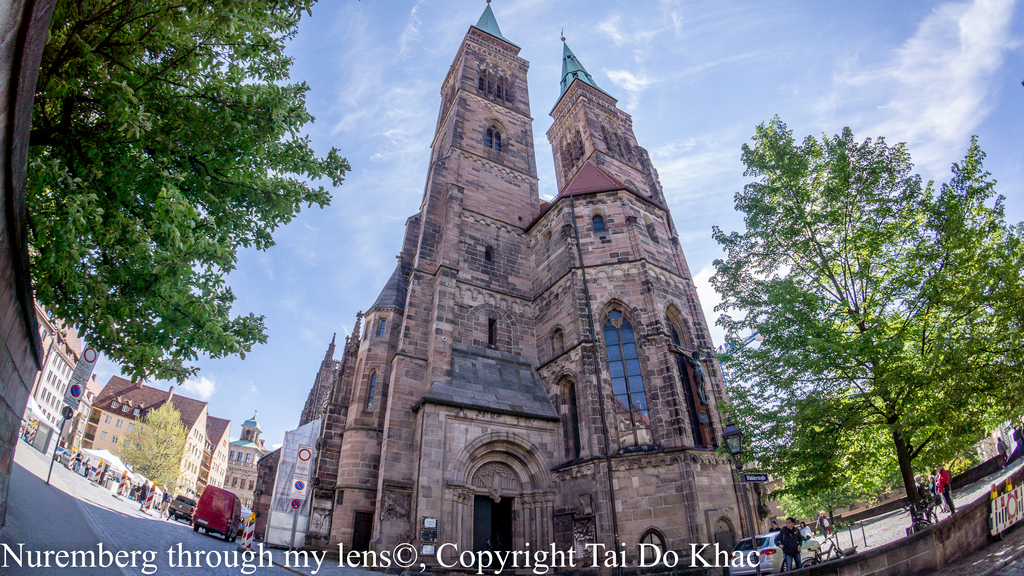
Sie liegt auf dem Weg zur Burg nördlich etwas oberhalb des Hauptmarkts und gleich westlich vor dem Rathaus.
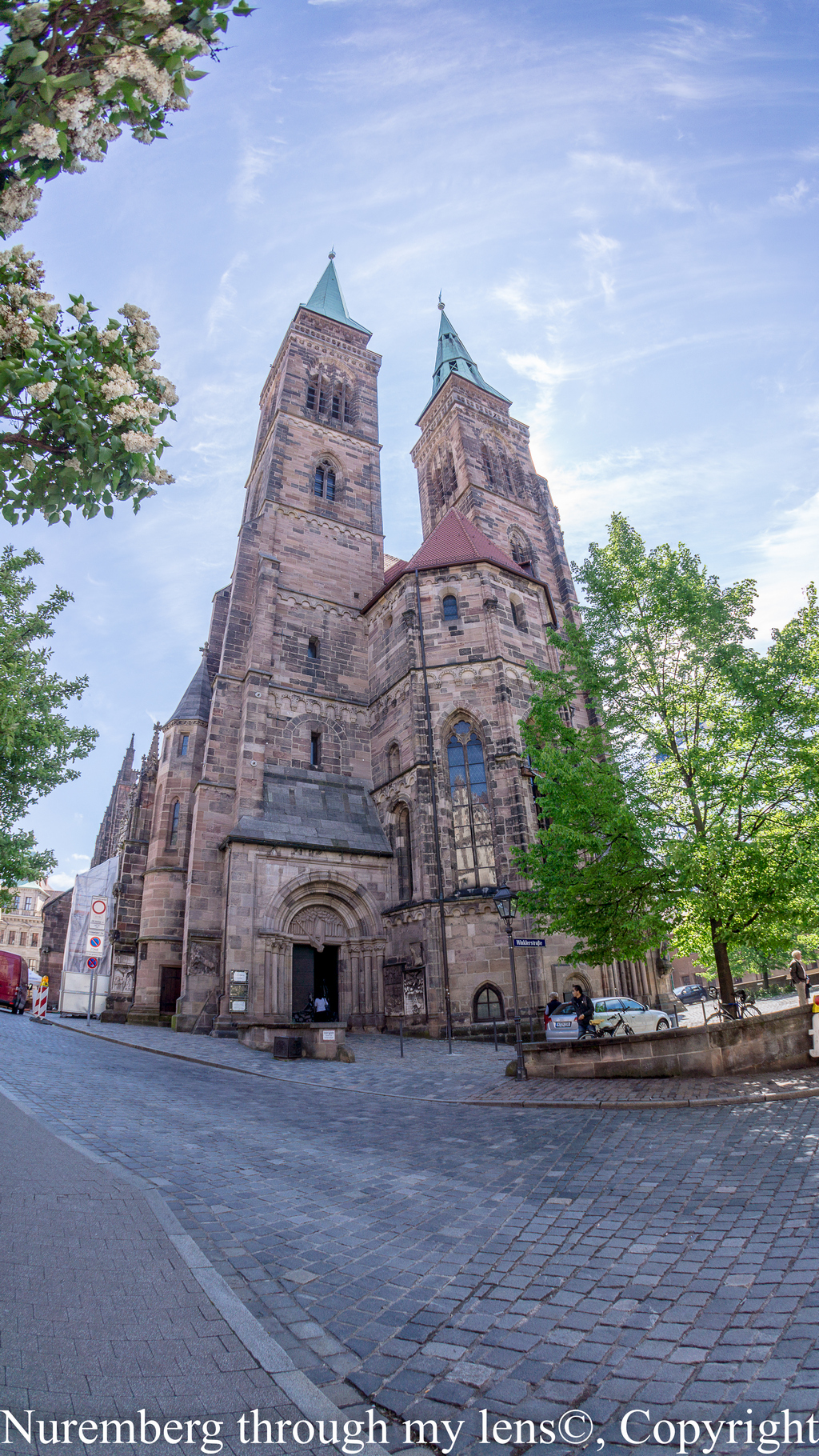
Handwerkerhof Nürnberg
Der Handwerkerhof Nürnberg wurde 1971 als Touristenattraktion im so genannten „Waffenhof“ des Frauentors der letzten Nürnberger Stadtbefestigung angelegt. Er liegt am Altstadteingang „Königstor“ und damit am Fußweg vom Nürnberger Hauptbahnhof zu den traditionellen Touristenzielen Nürnbergs.
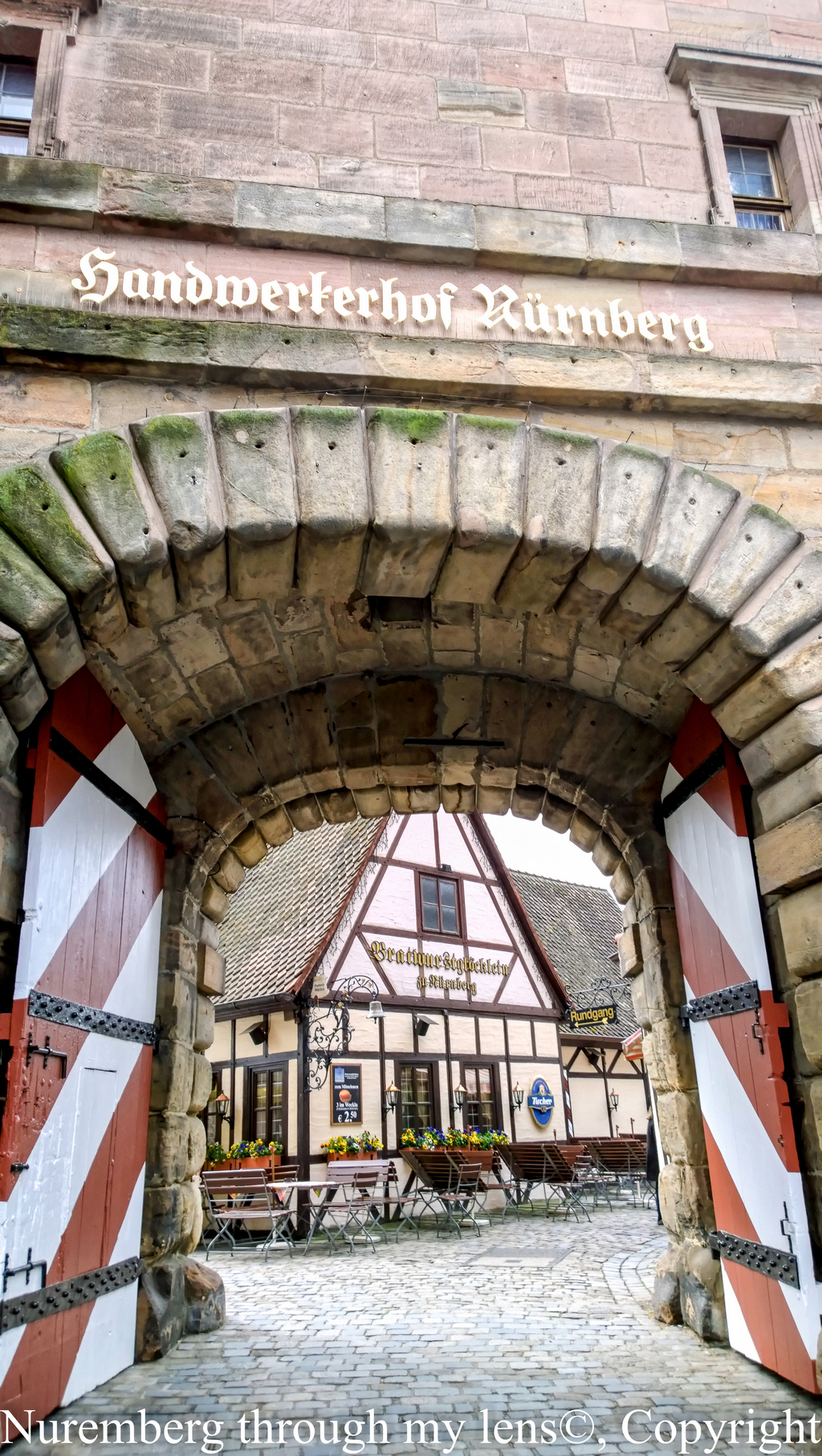
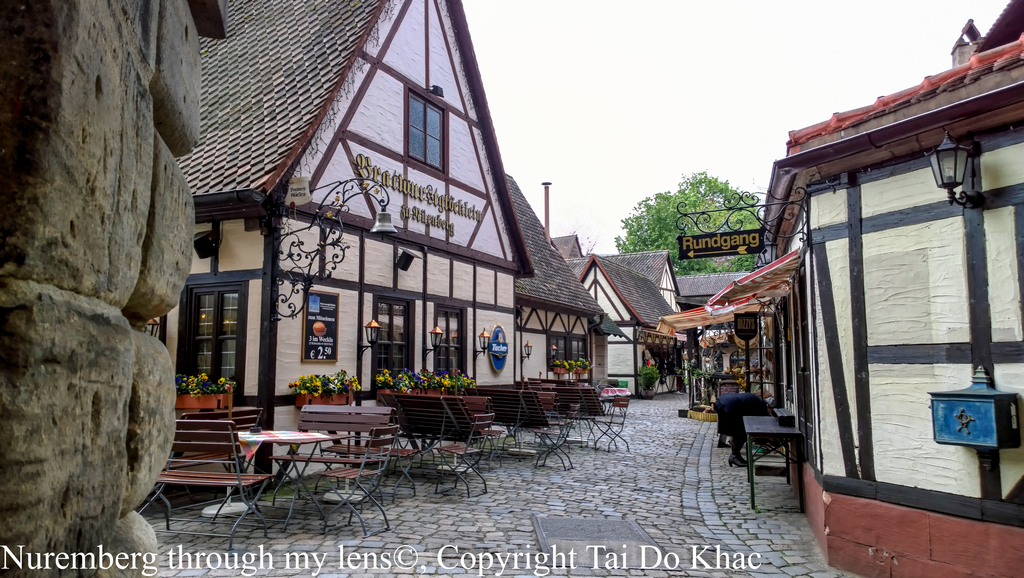
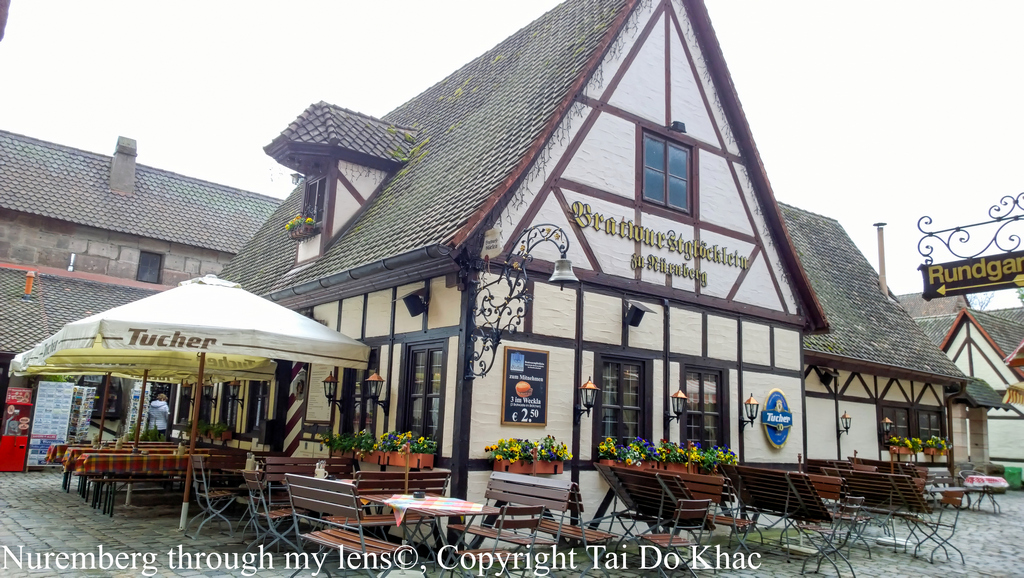
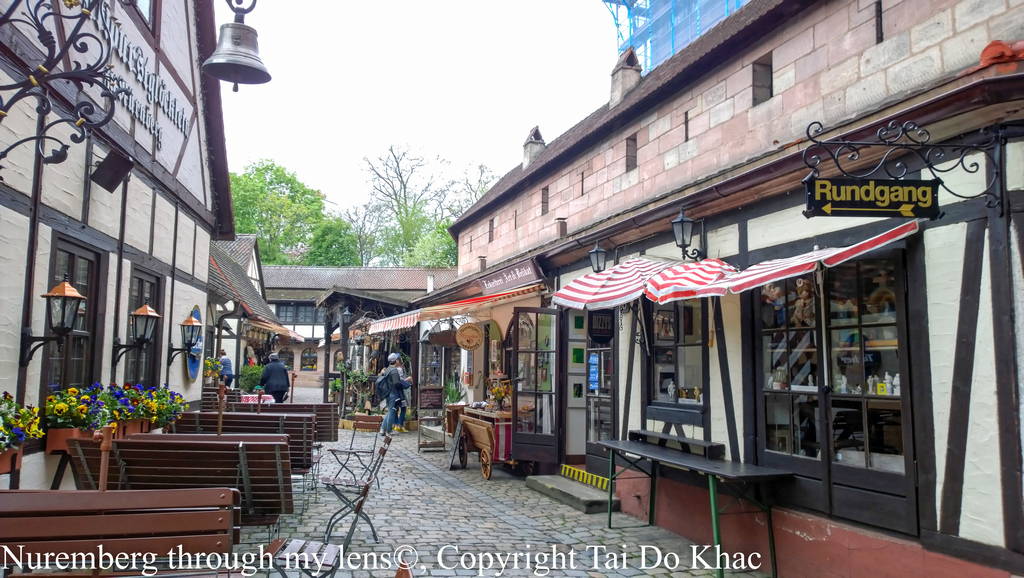
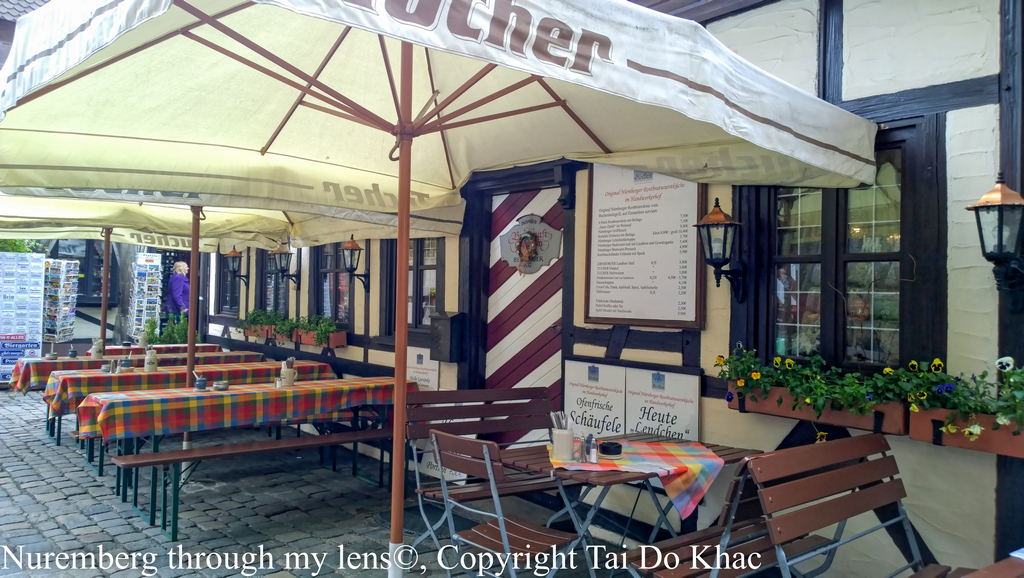
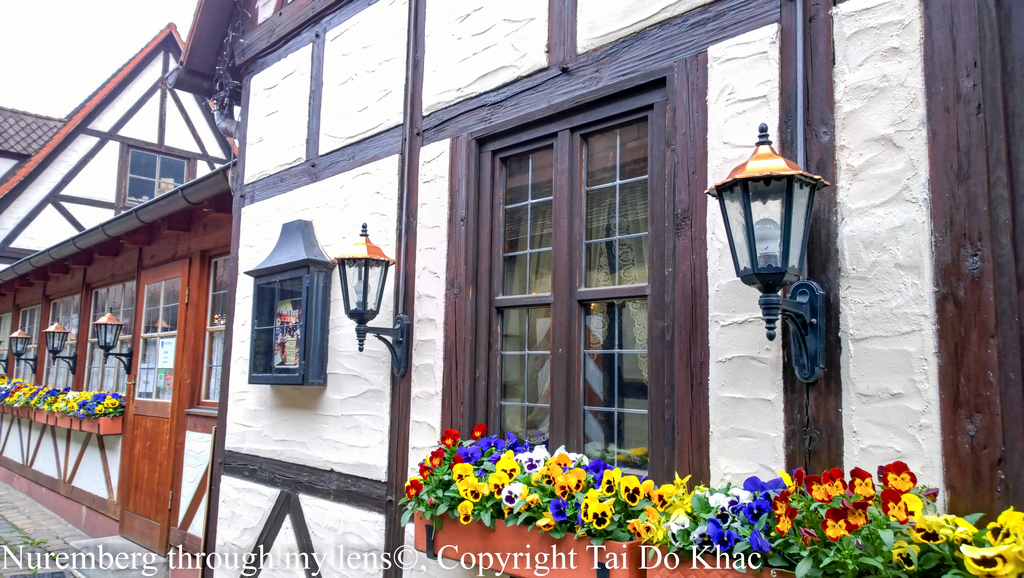
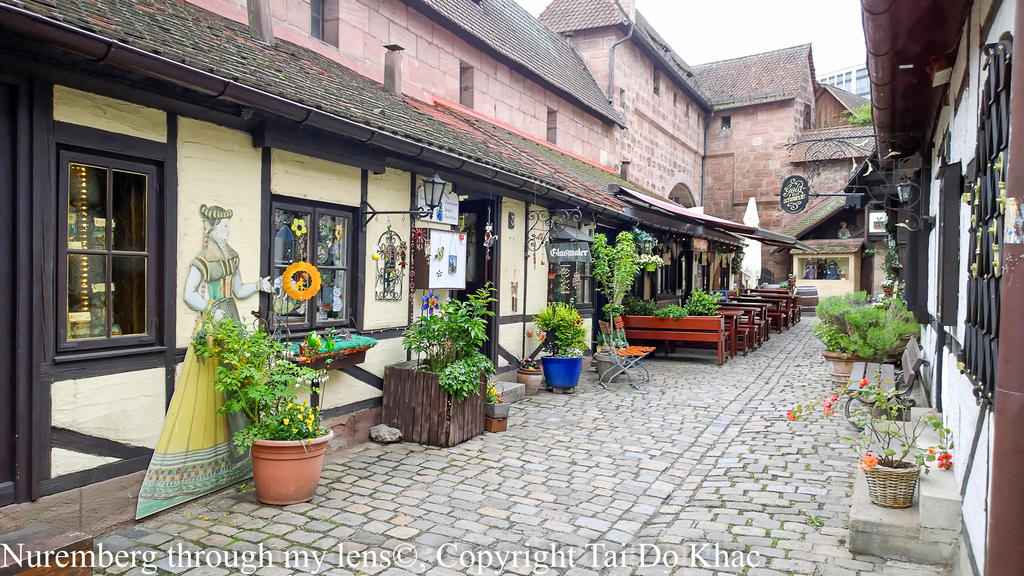
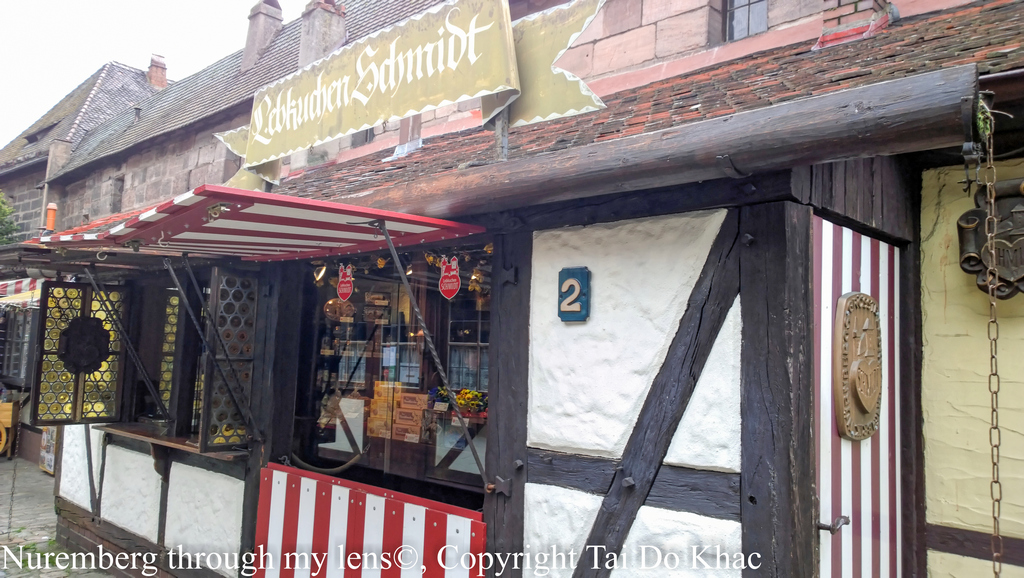
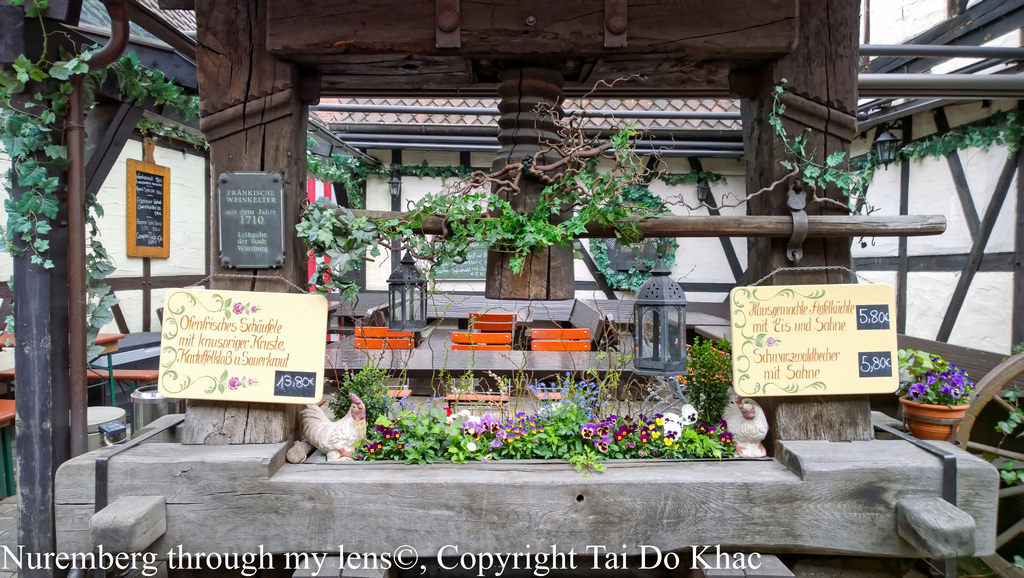
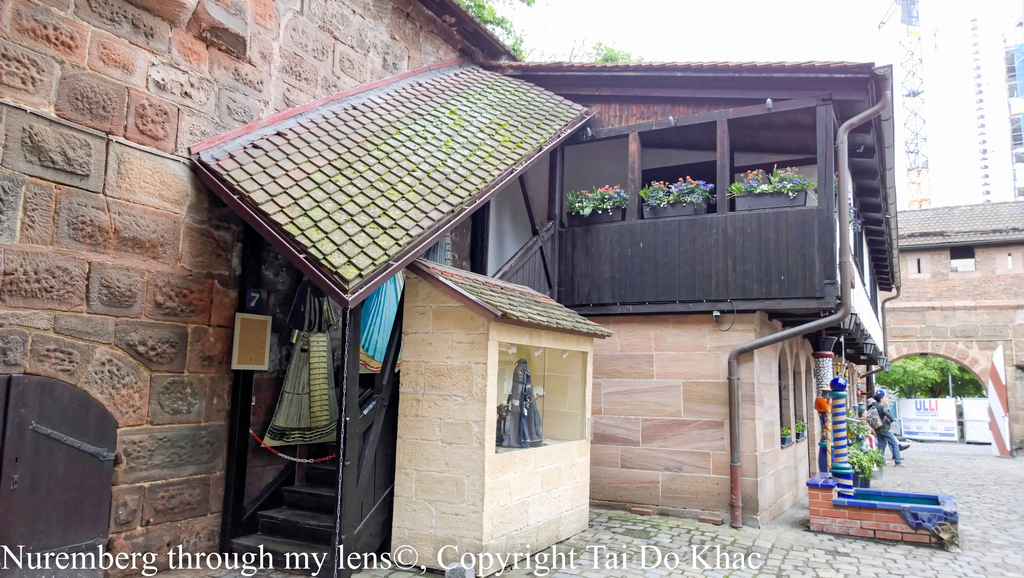
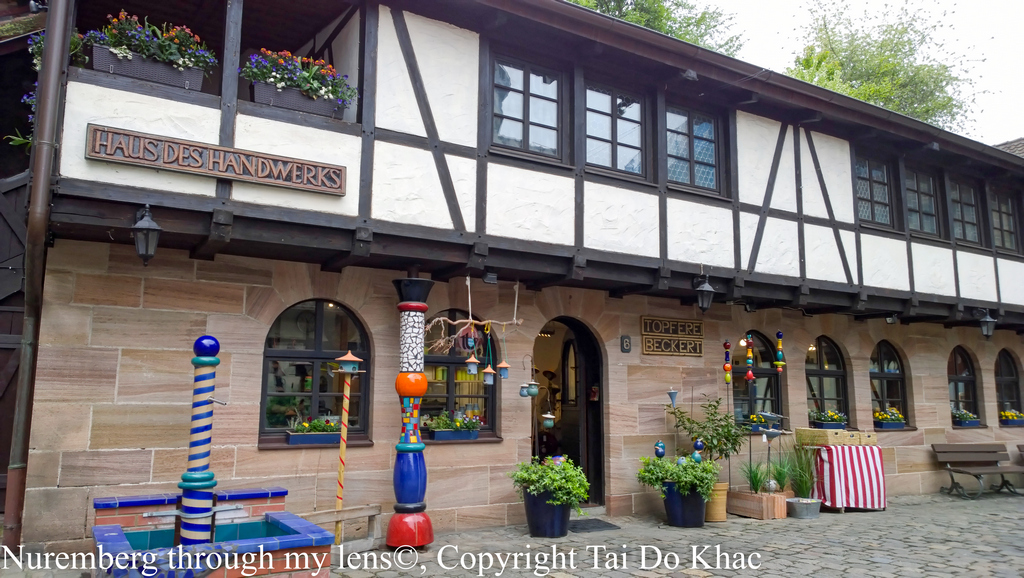
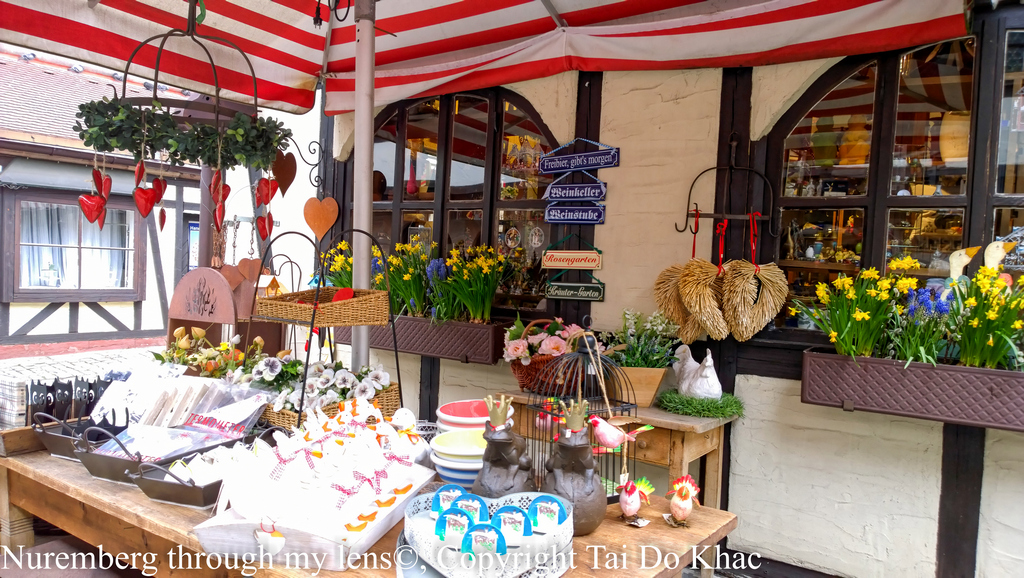
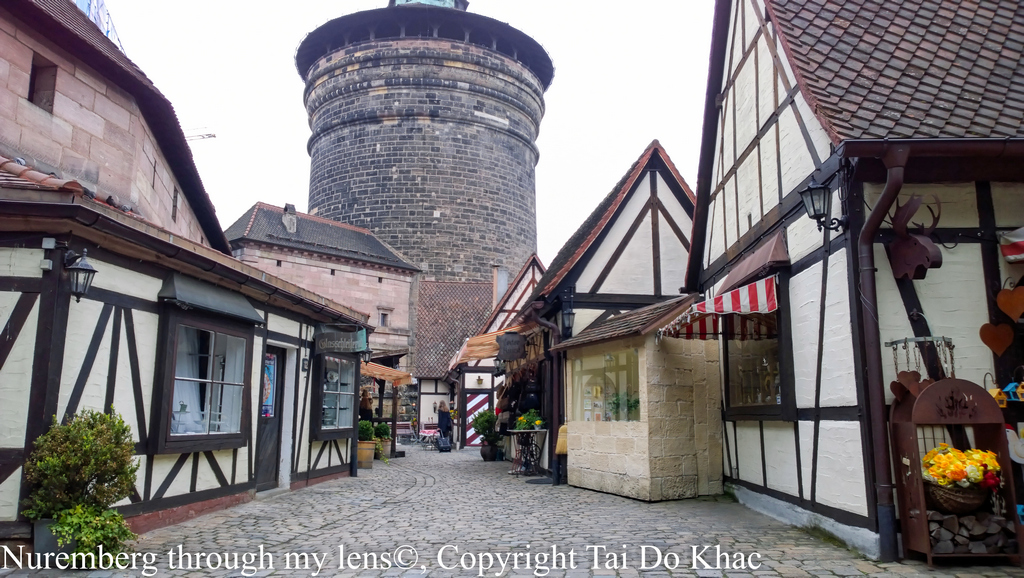
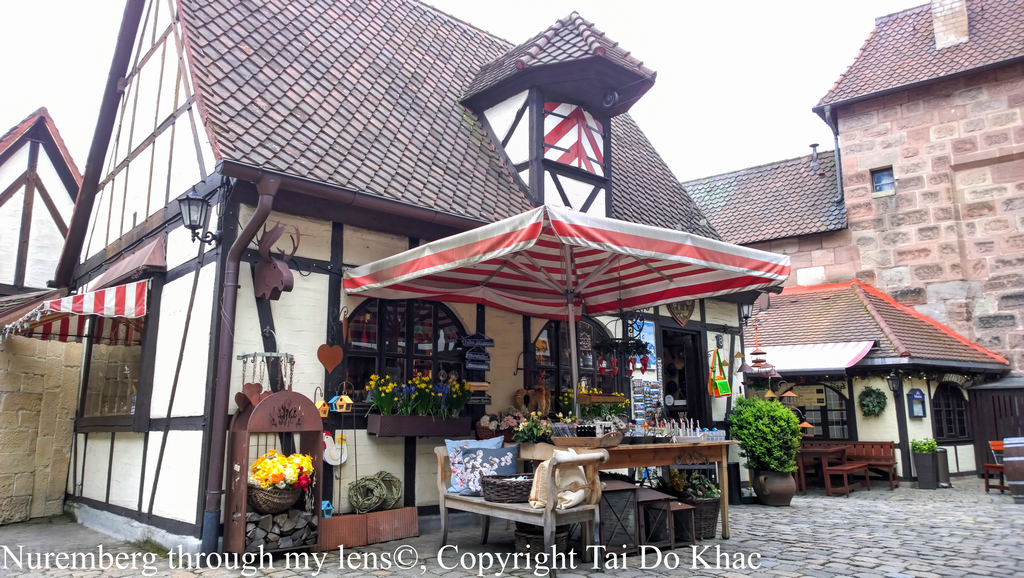
Nuremberg through my lens©, April 2017. Copyright Tai Do Khac
